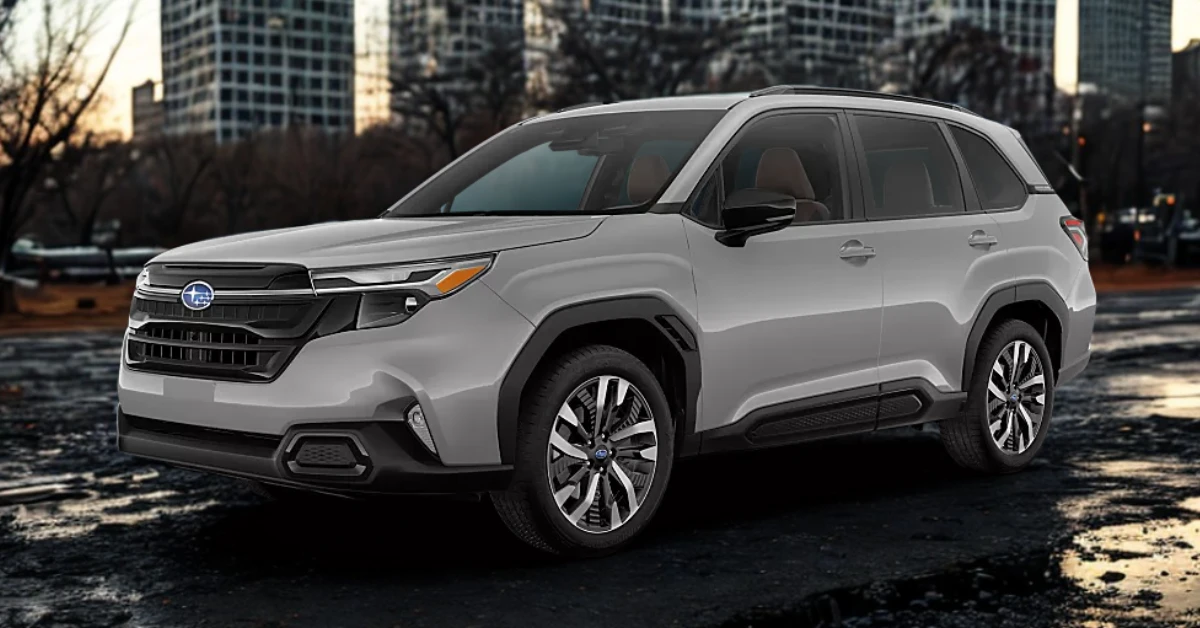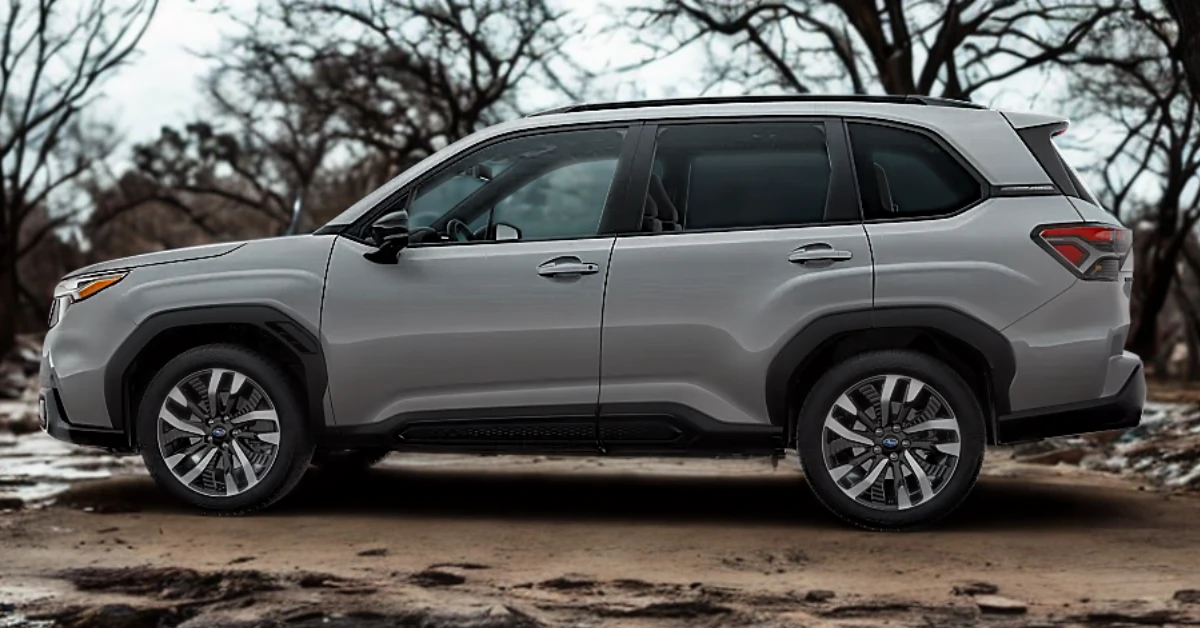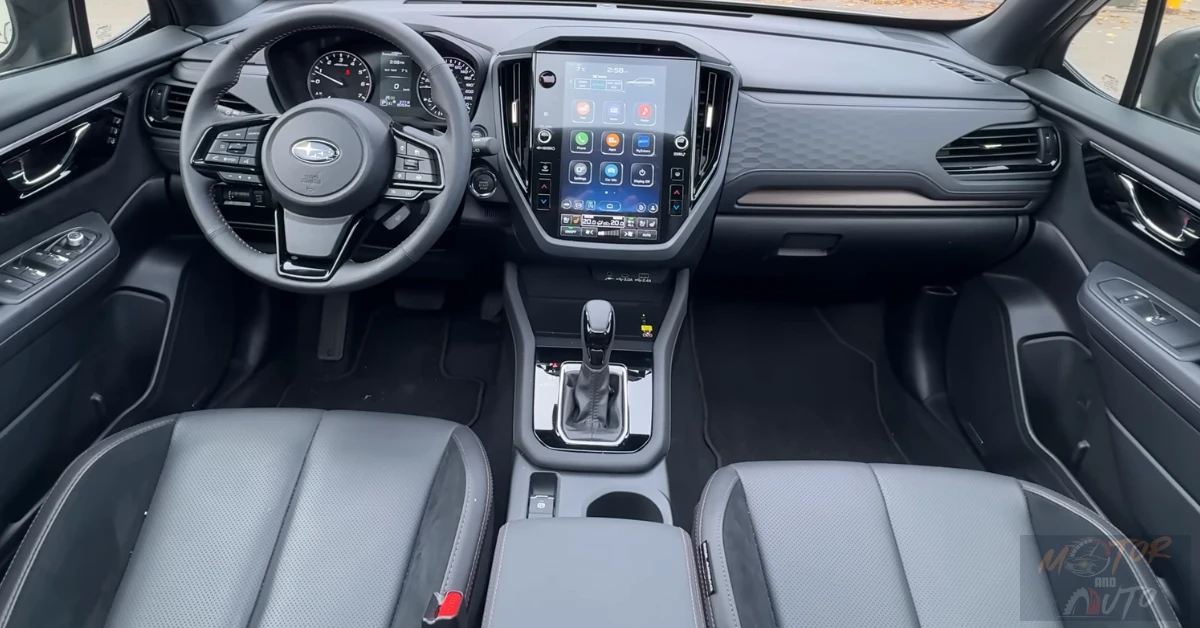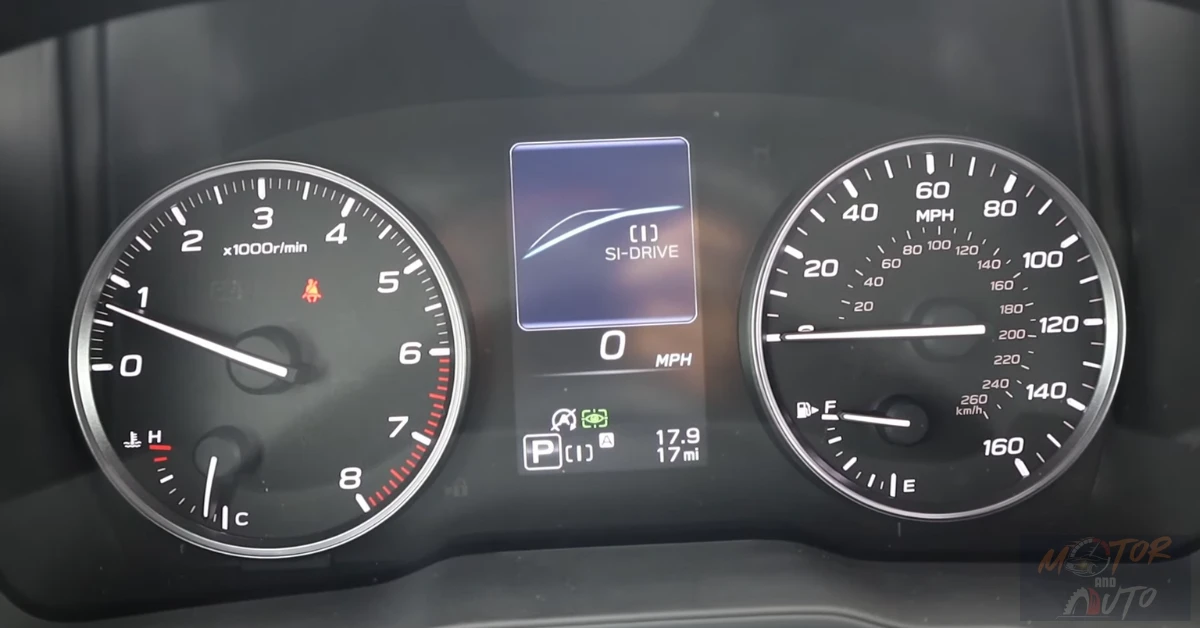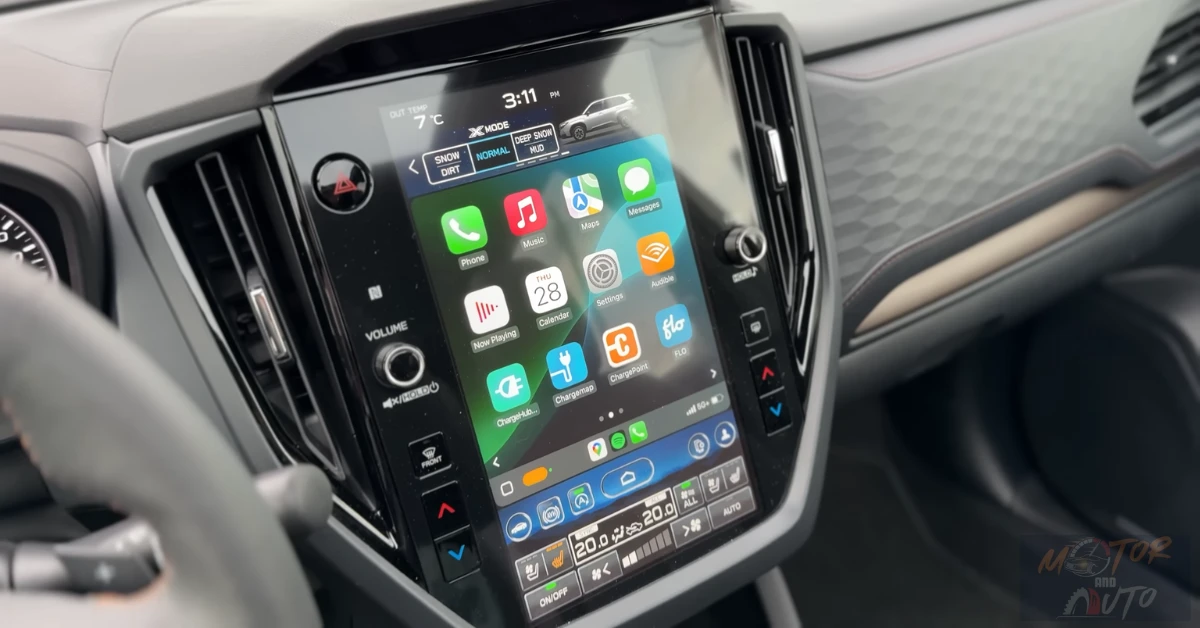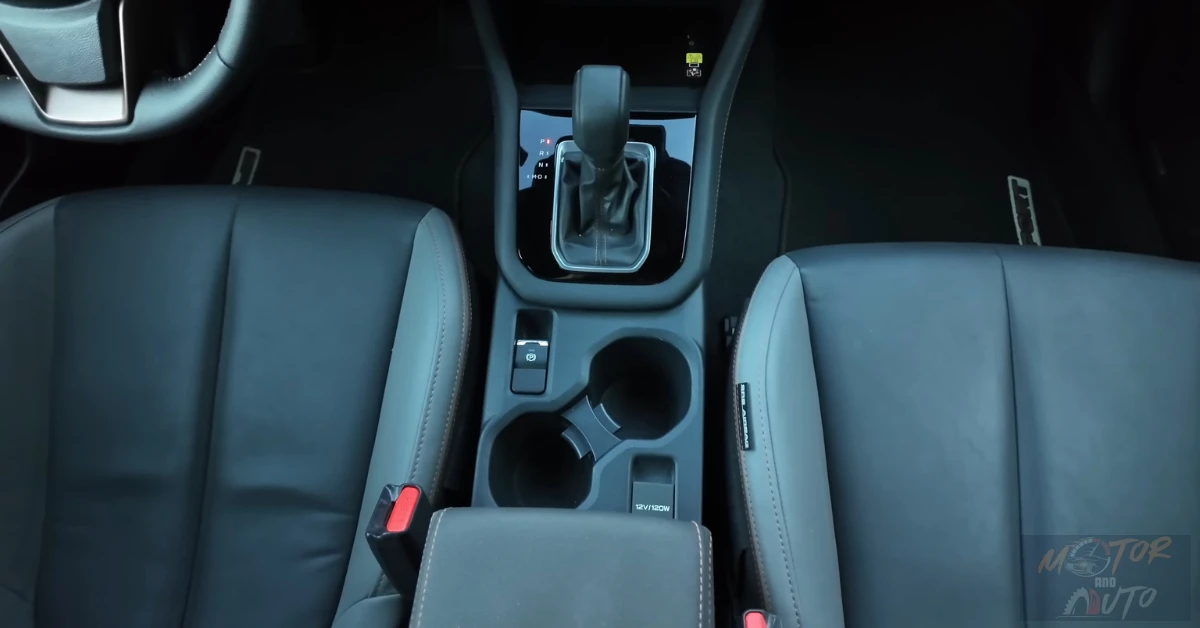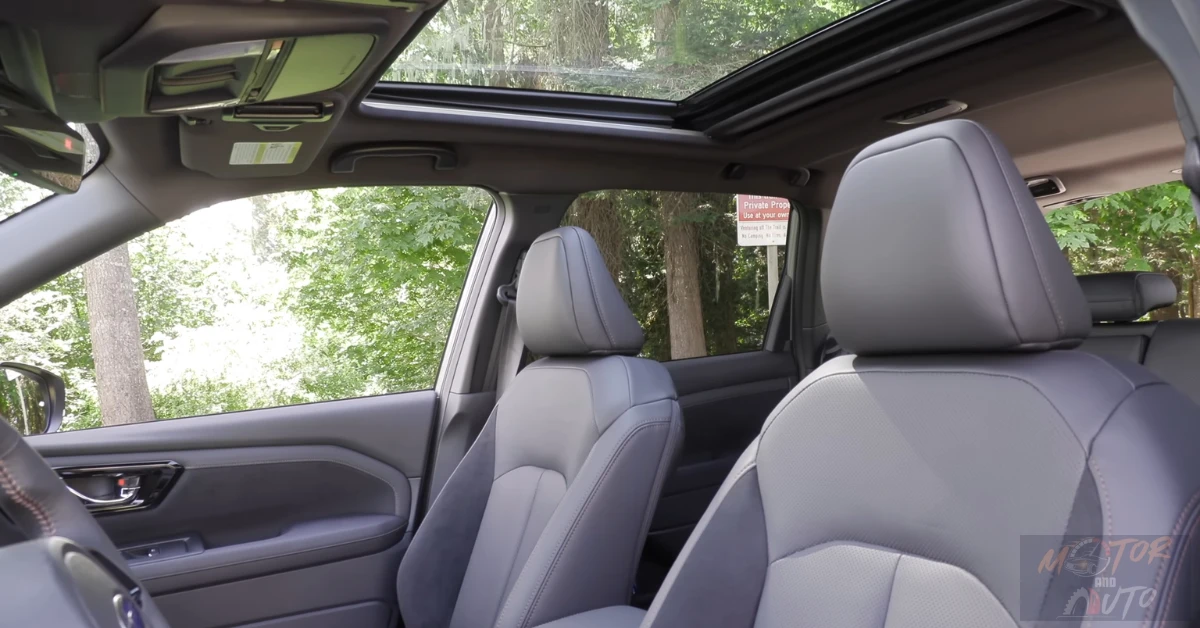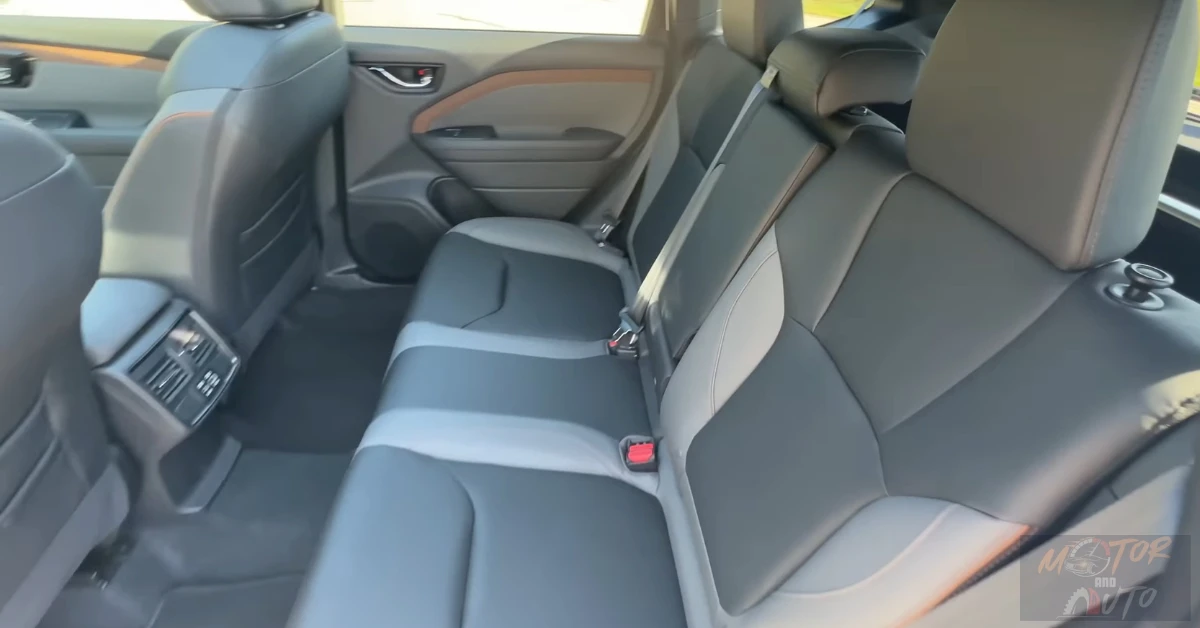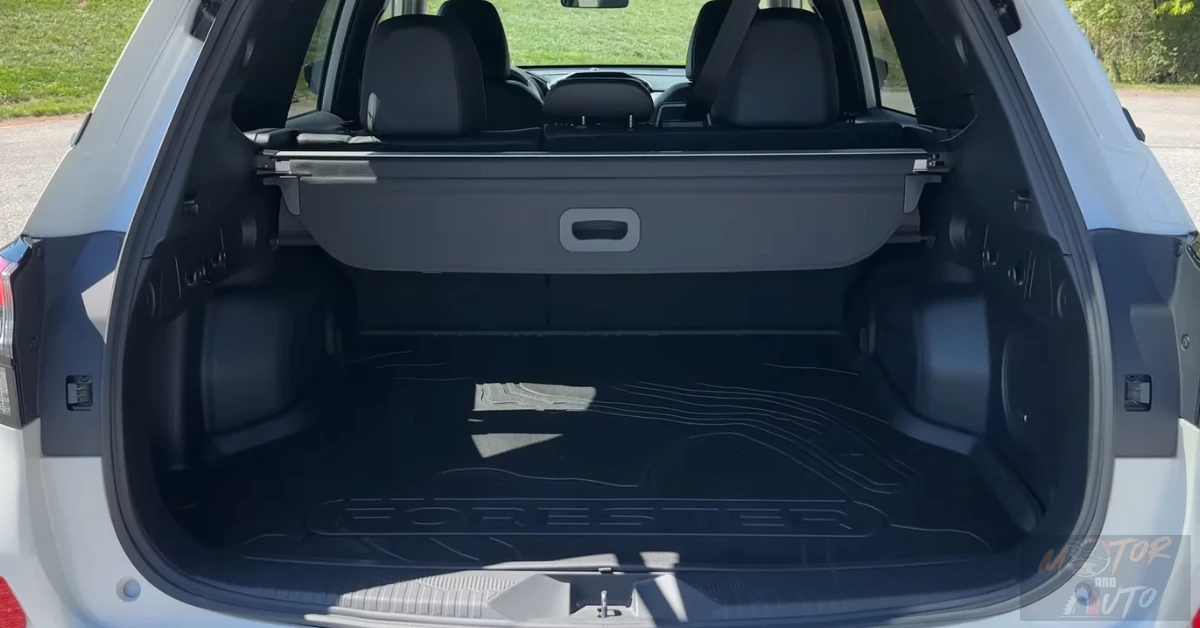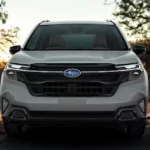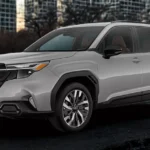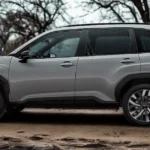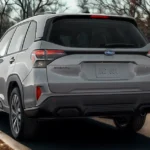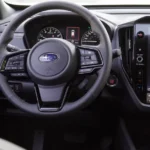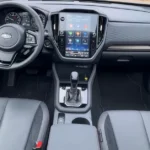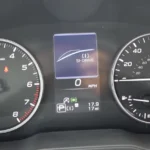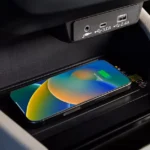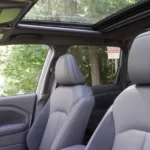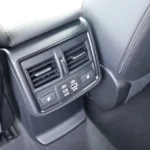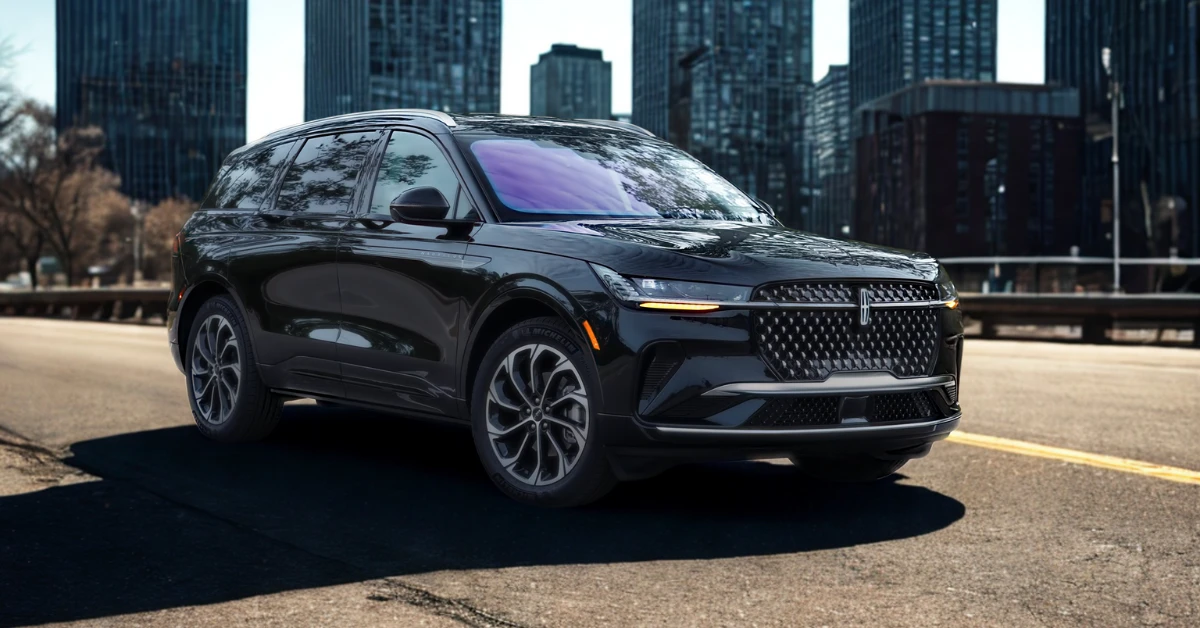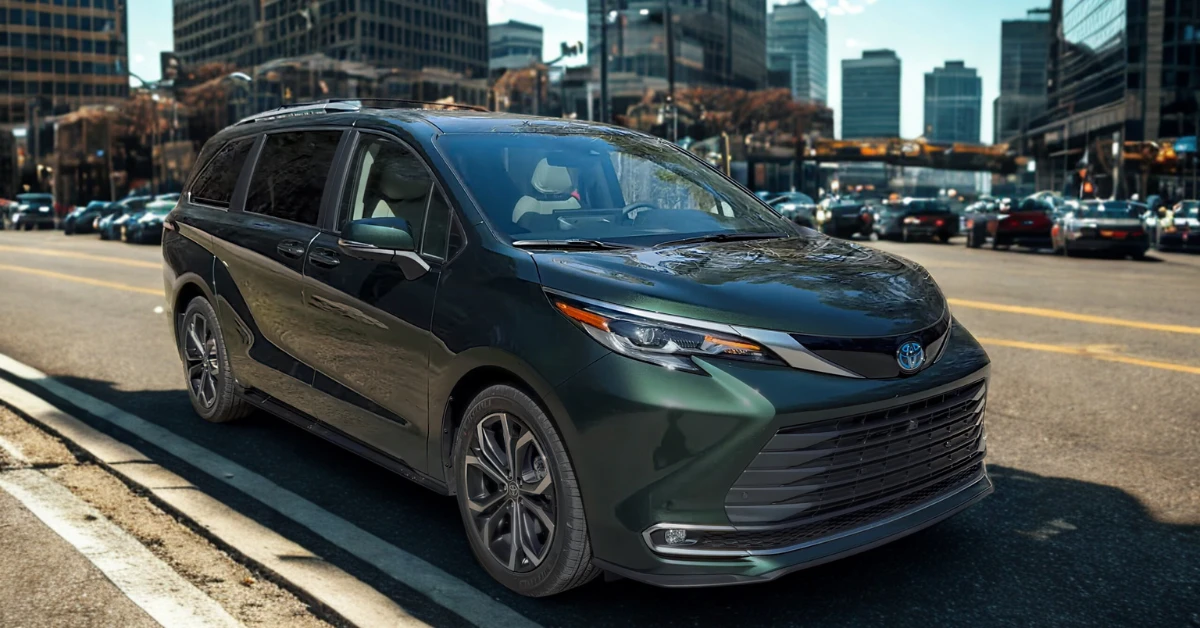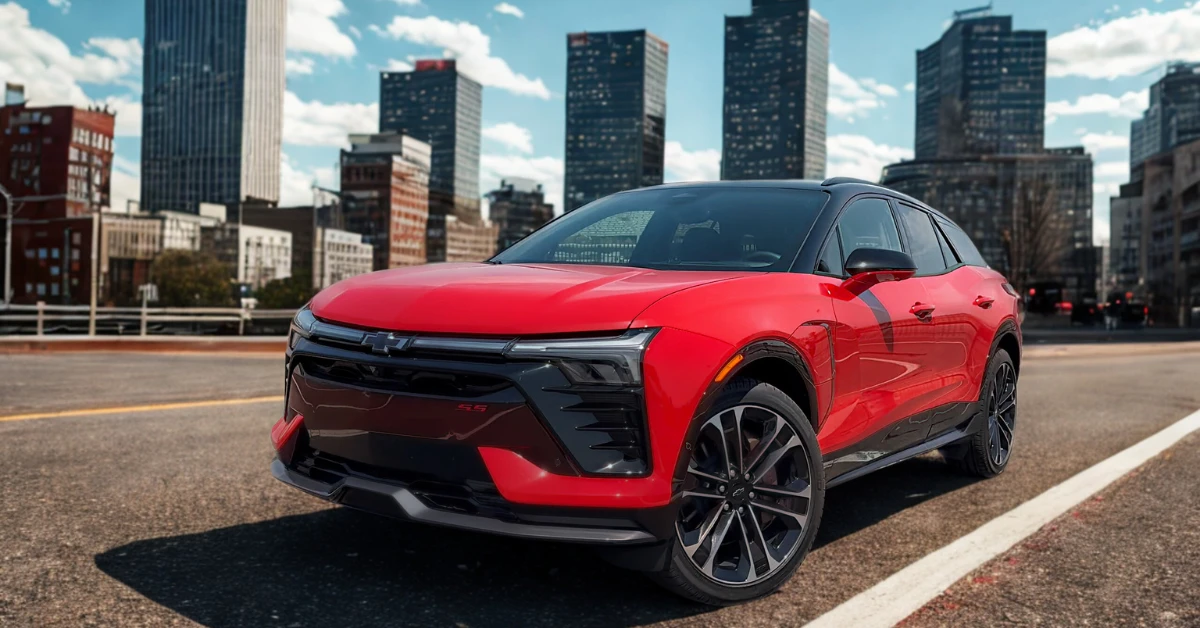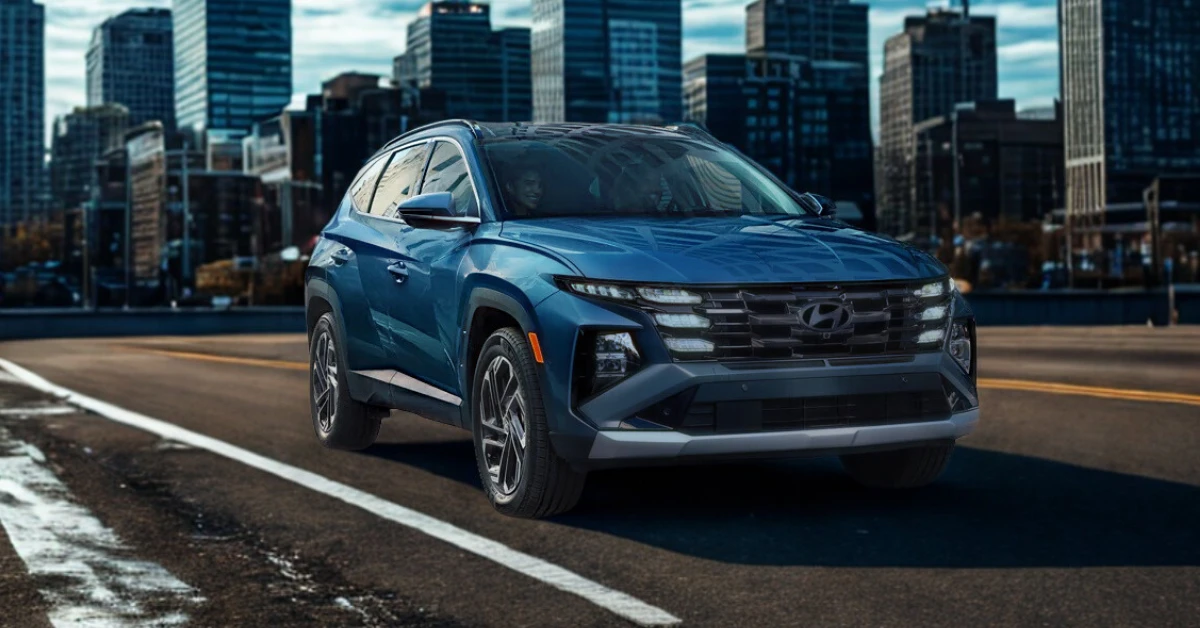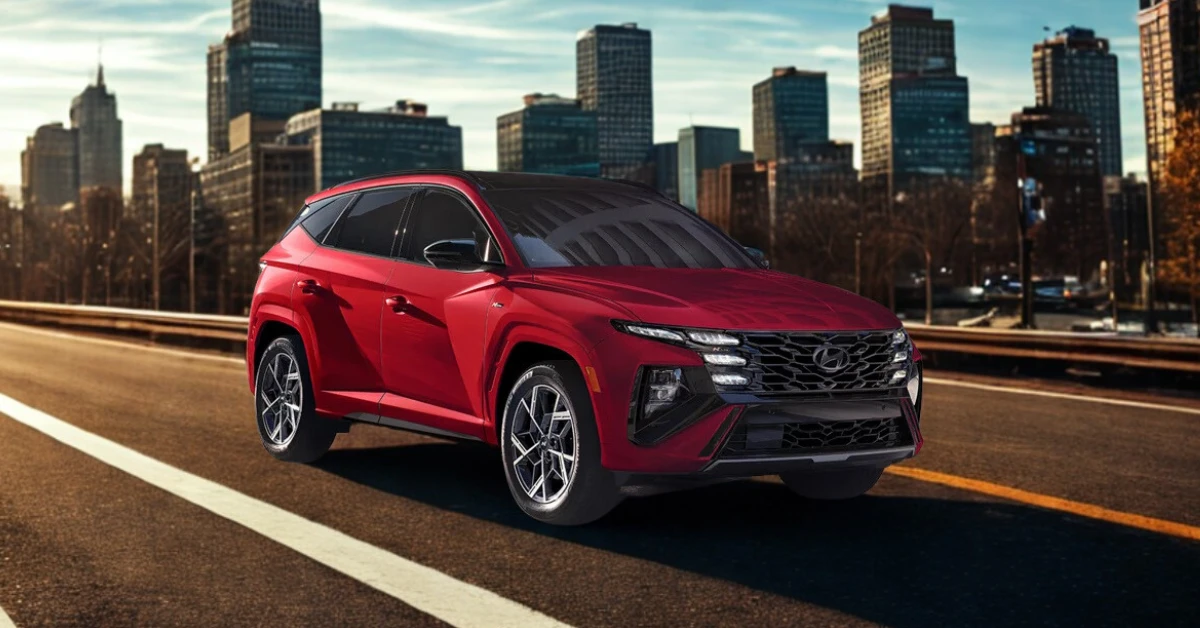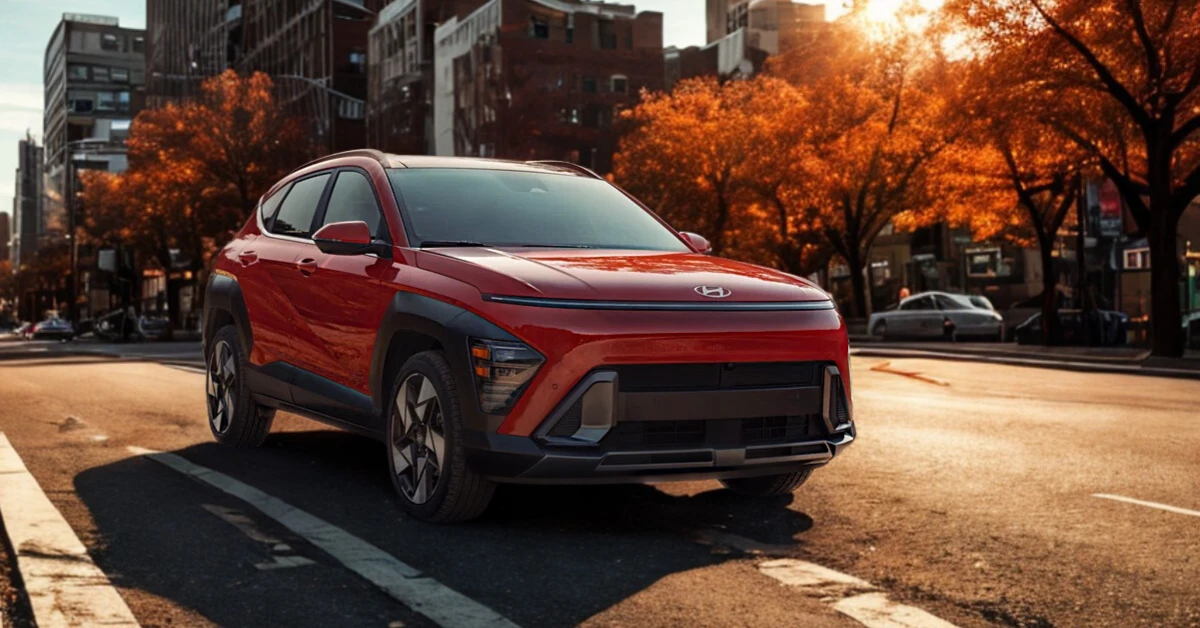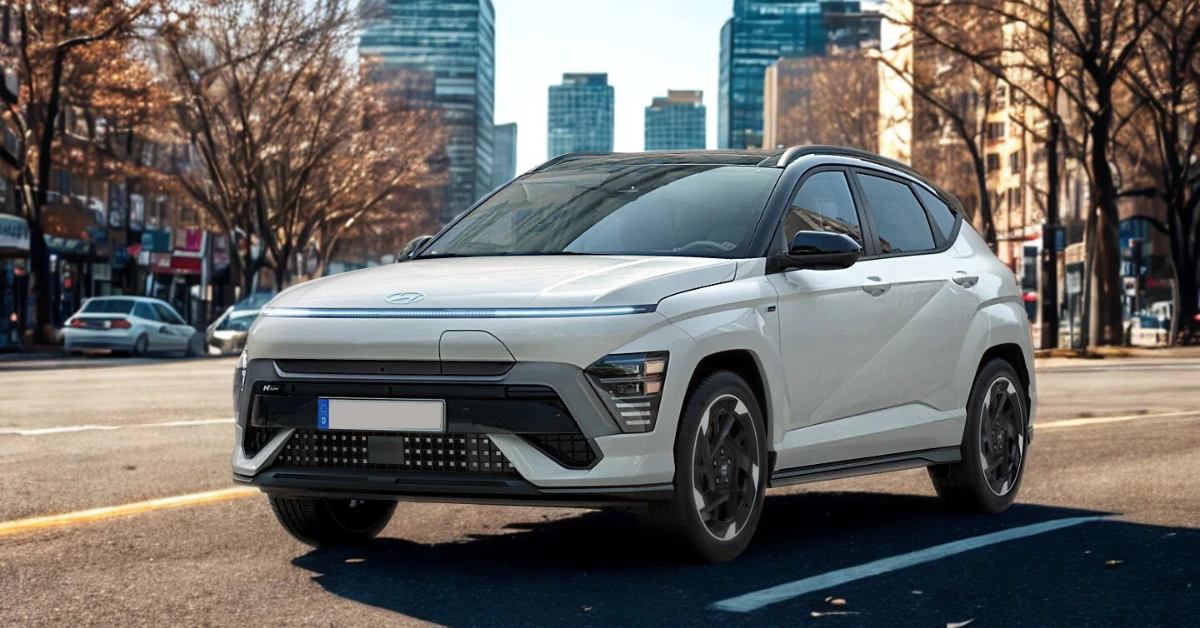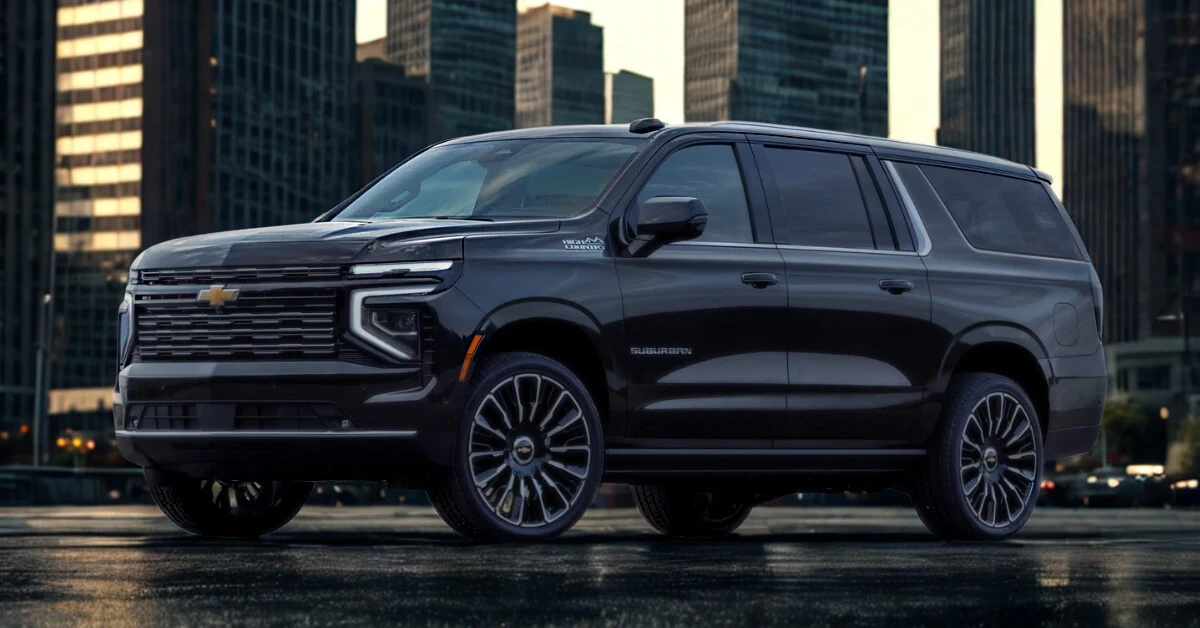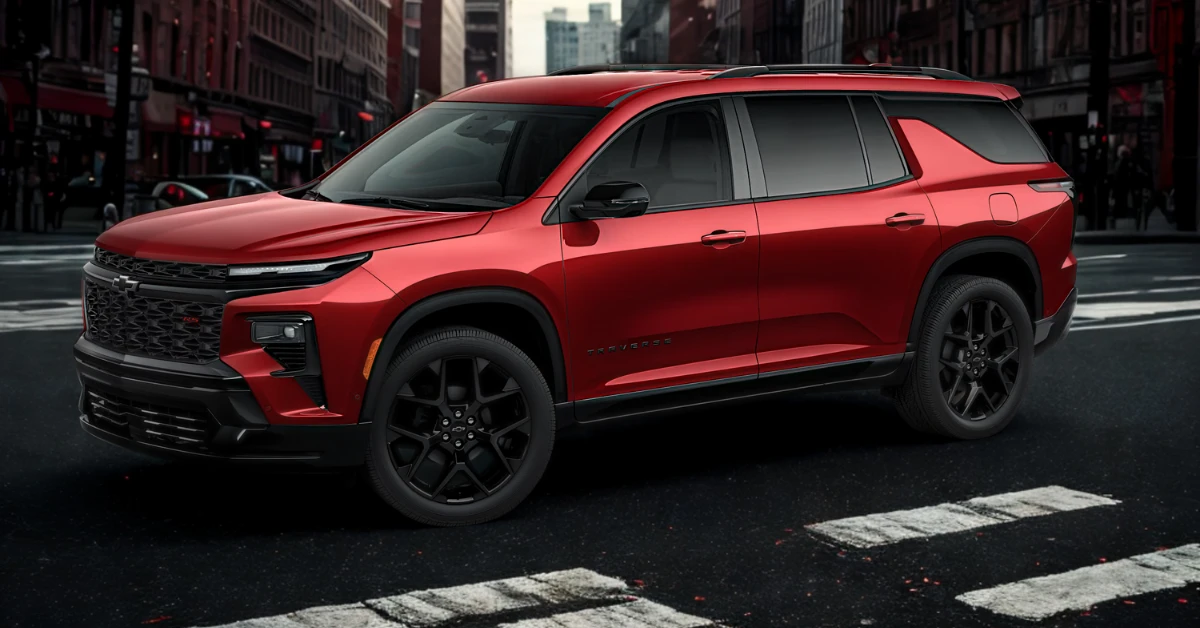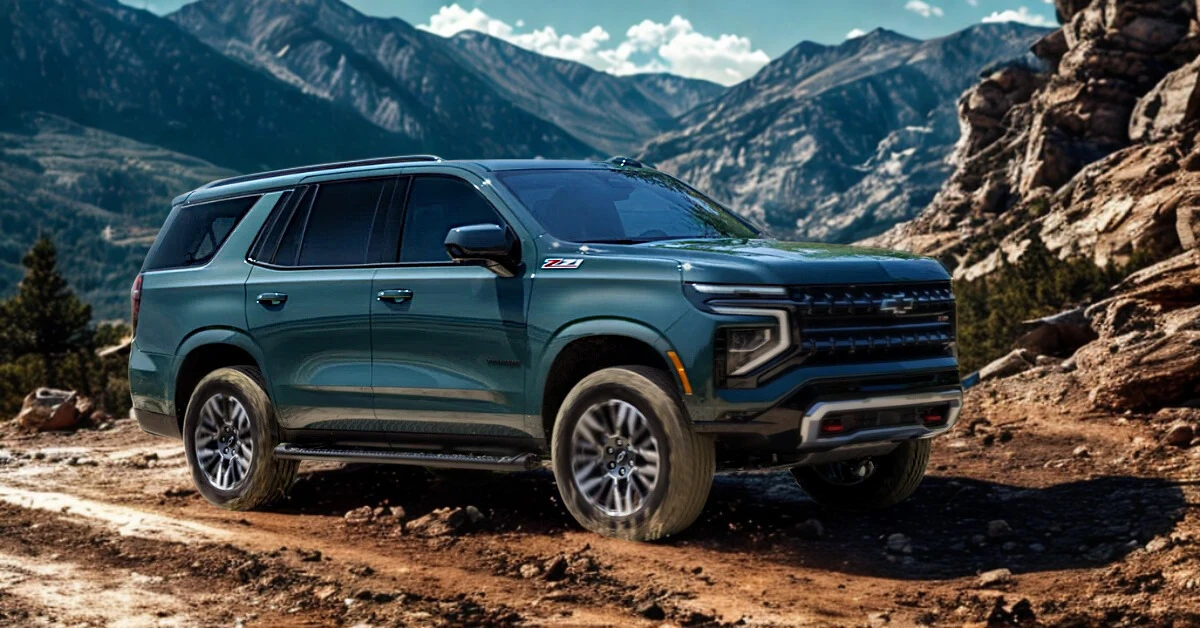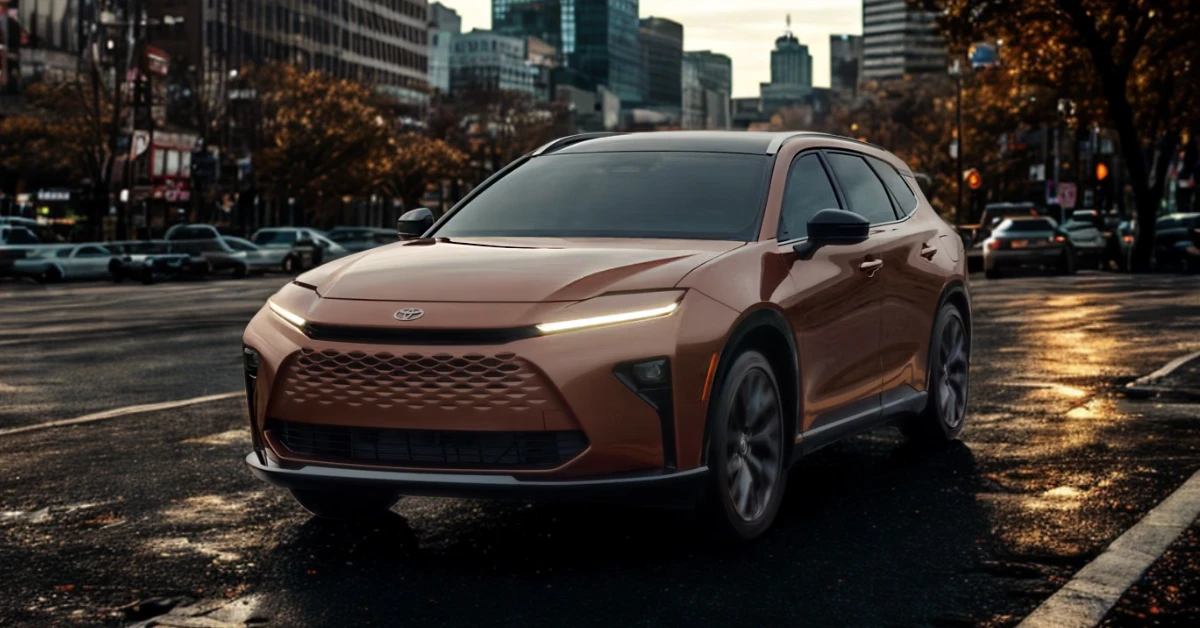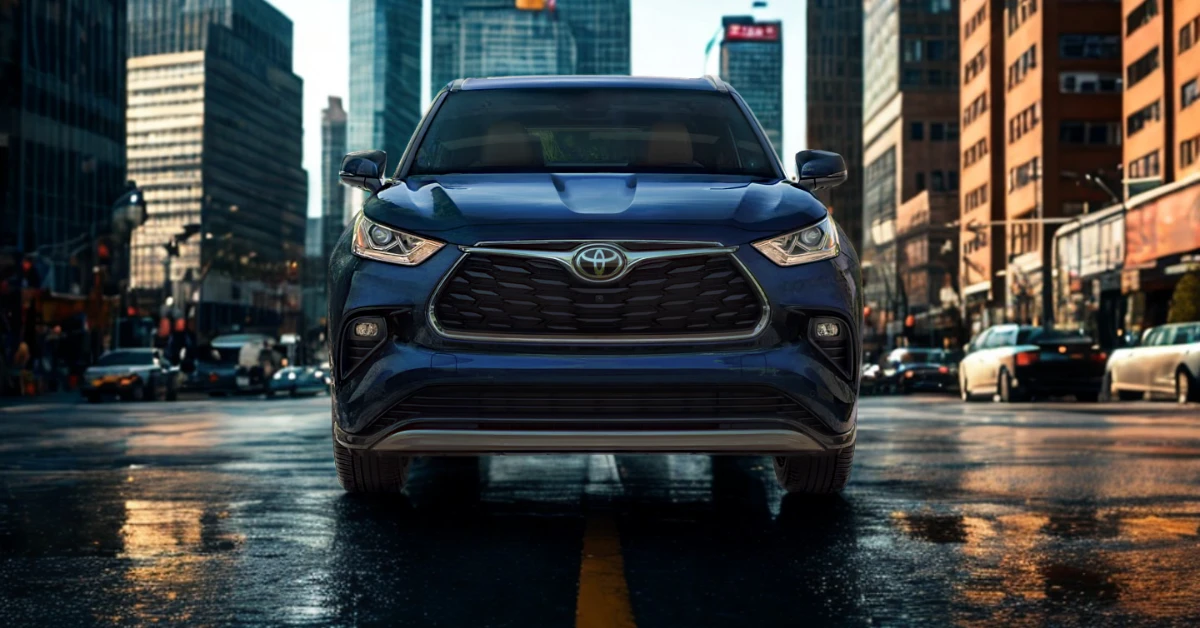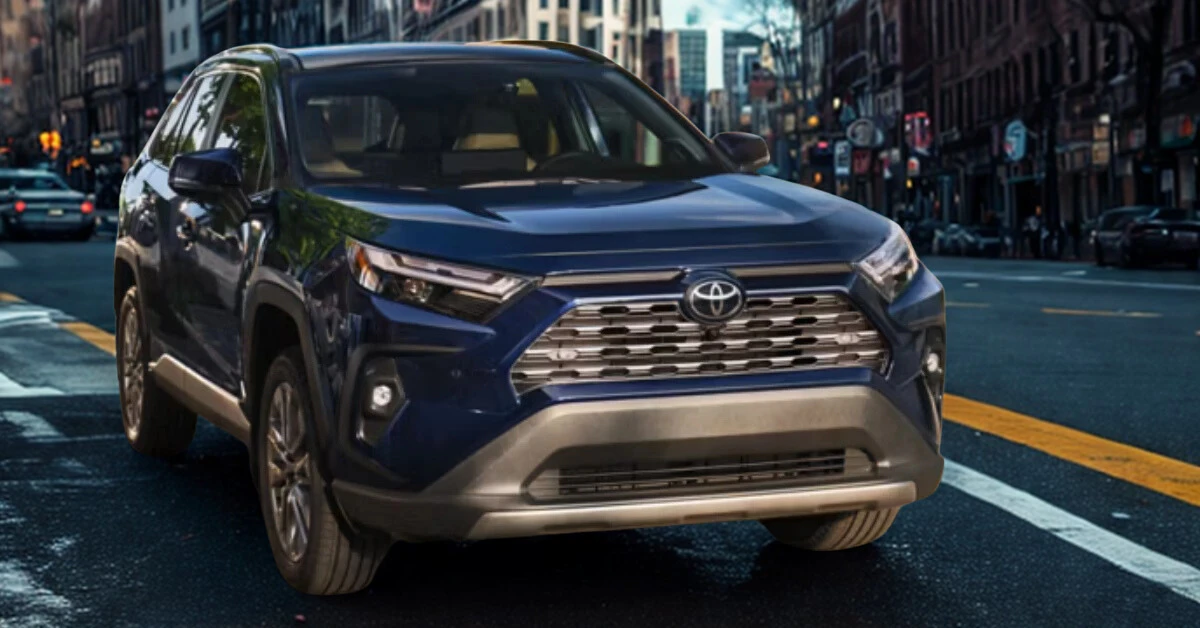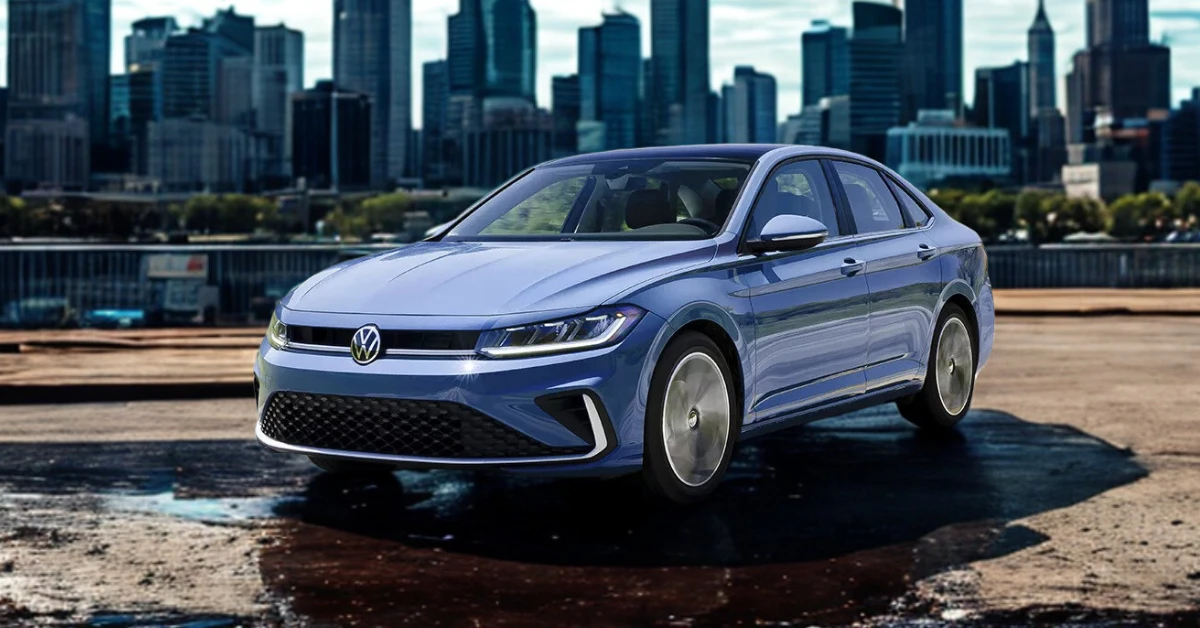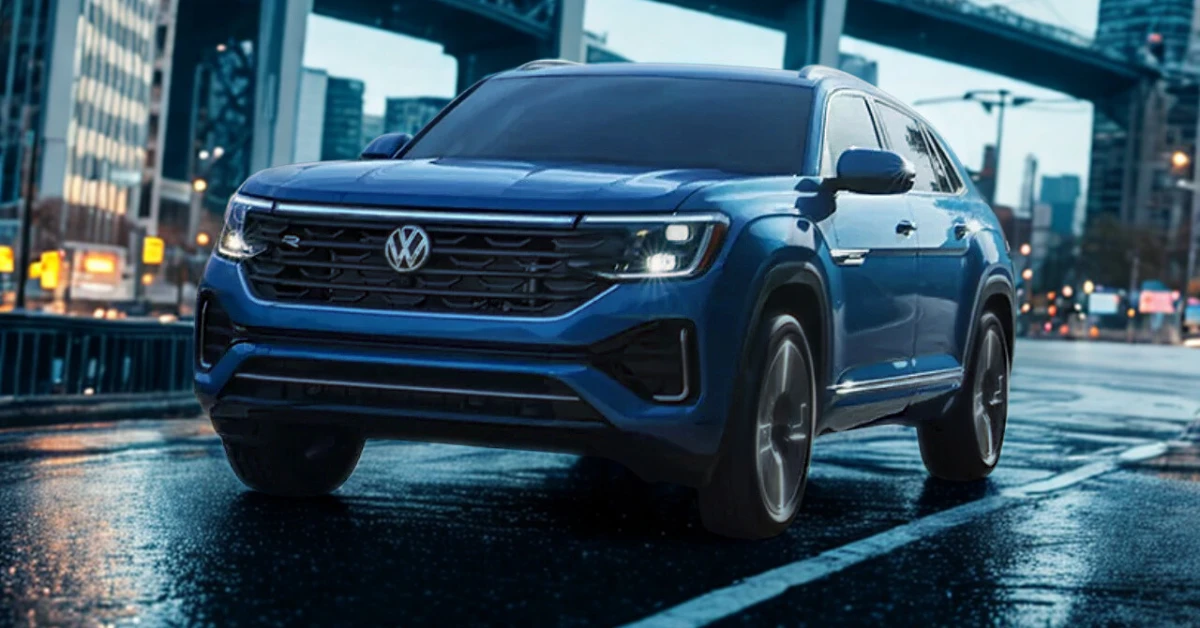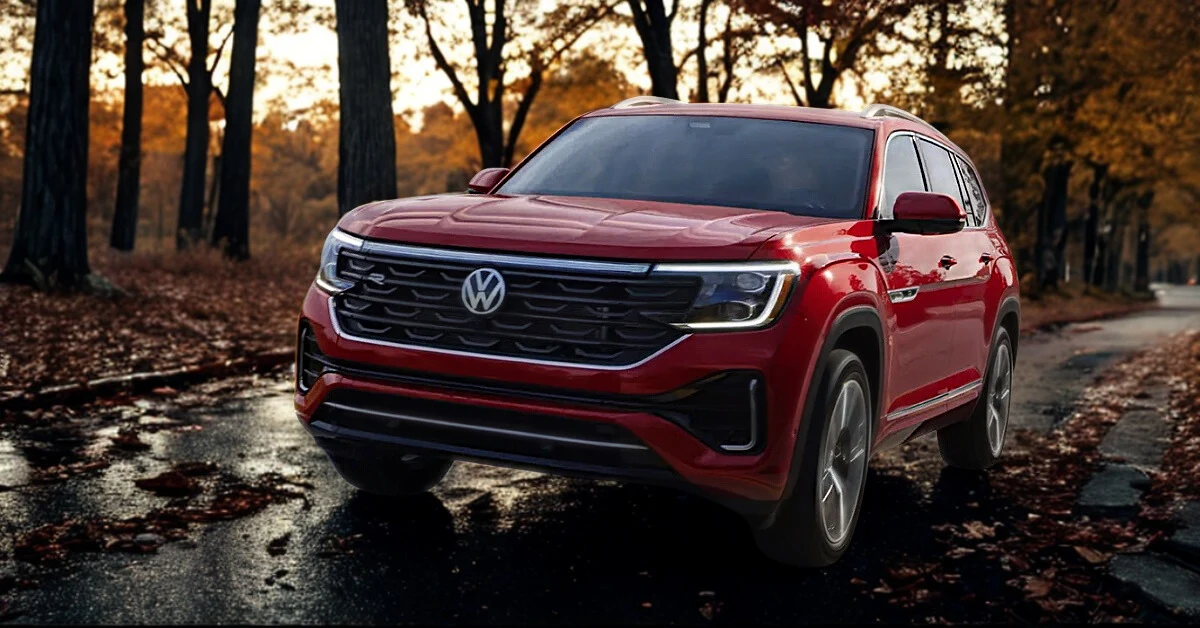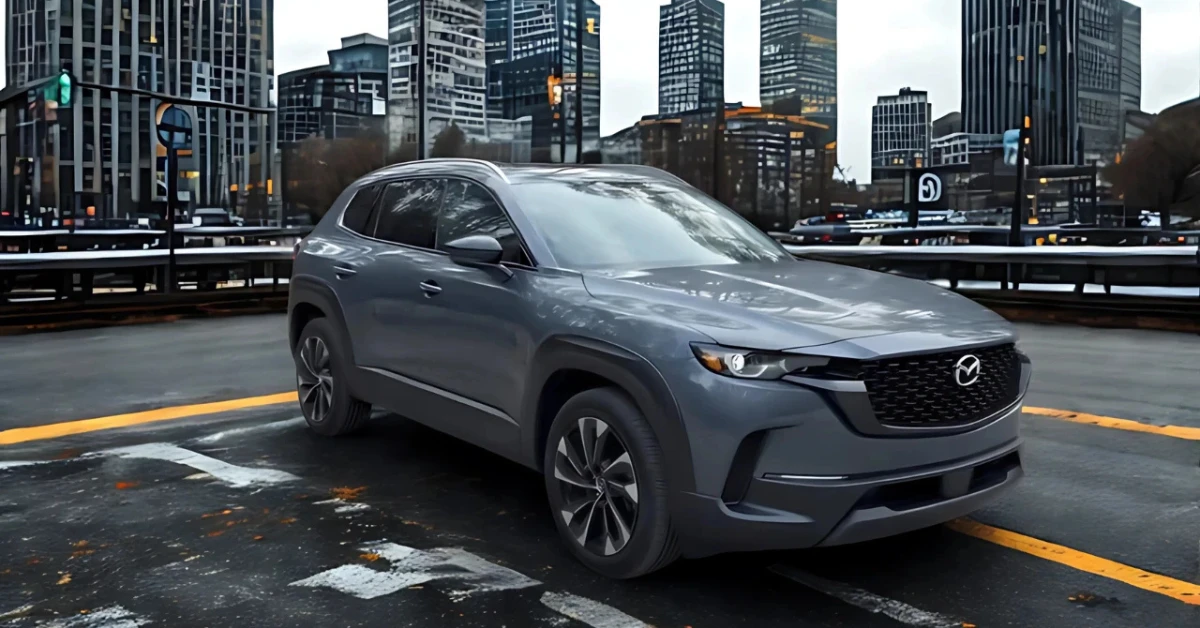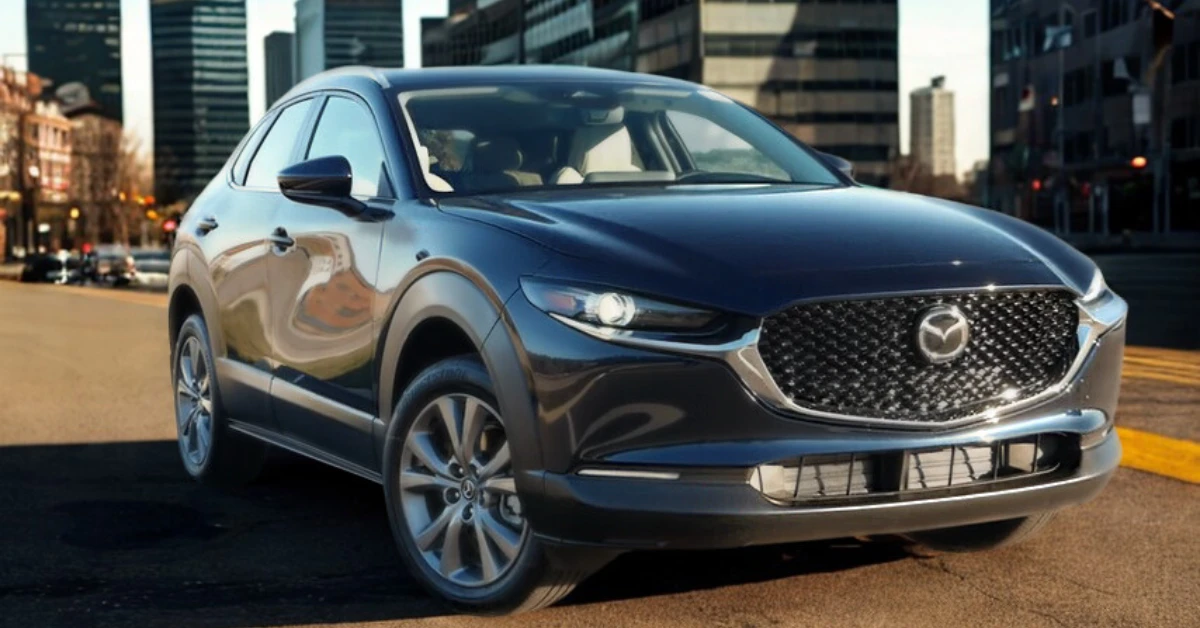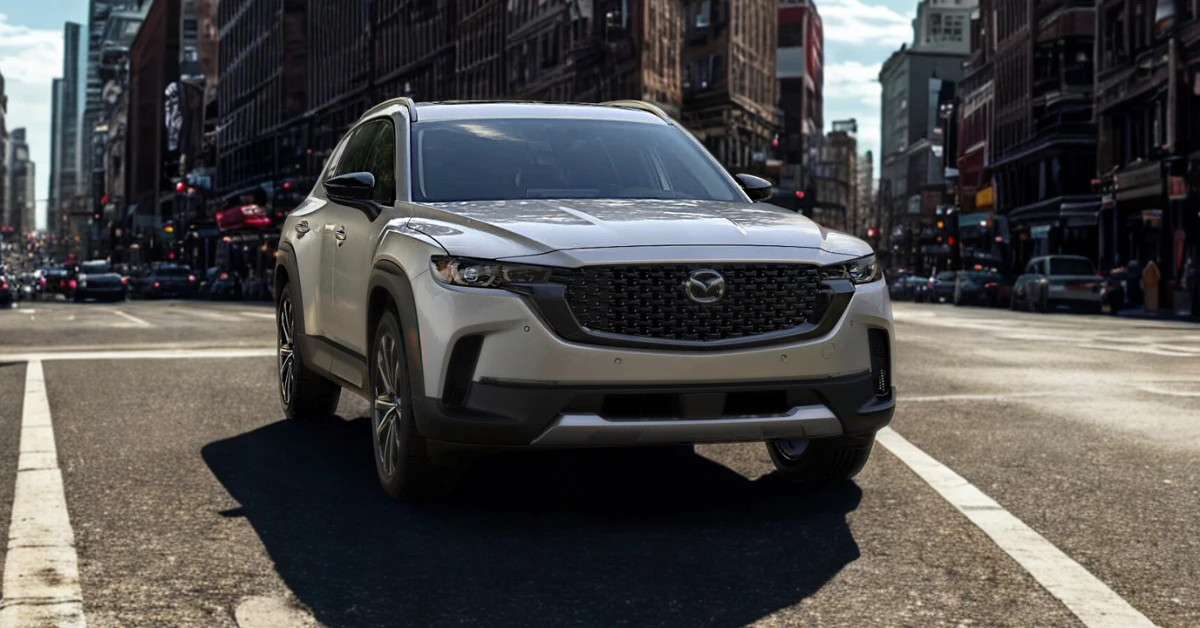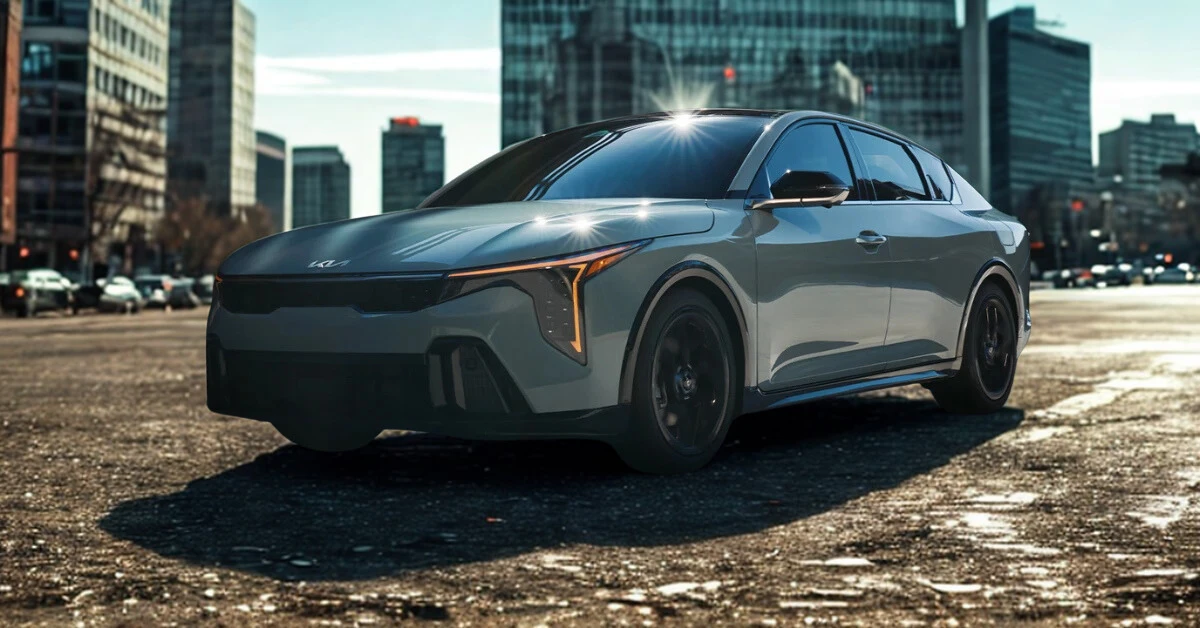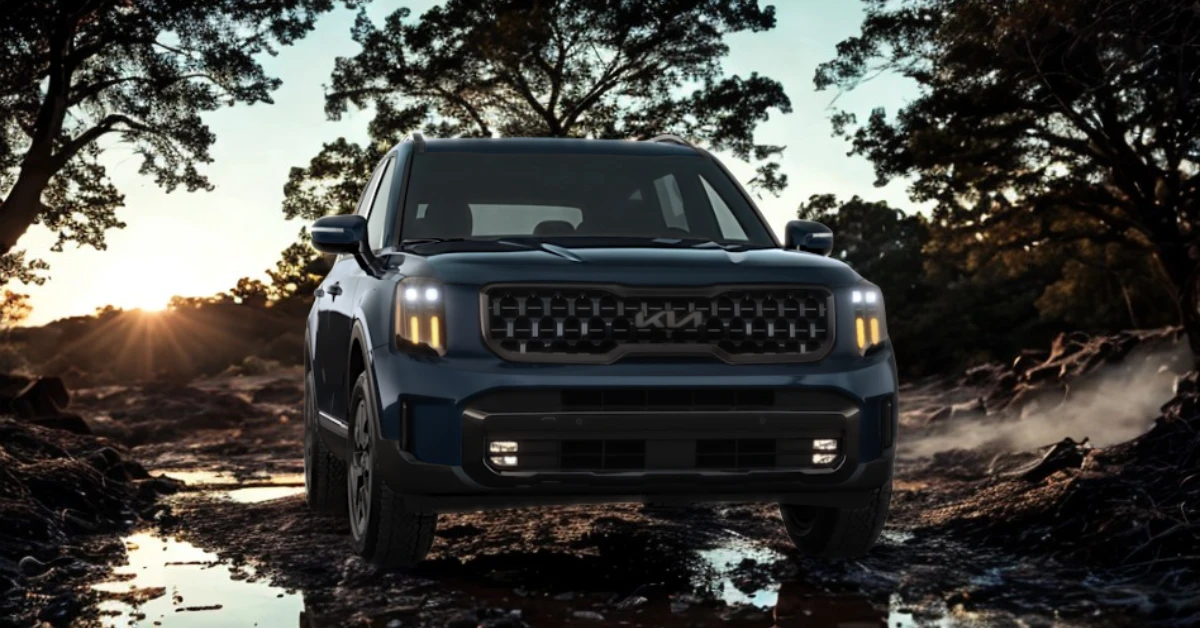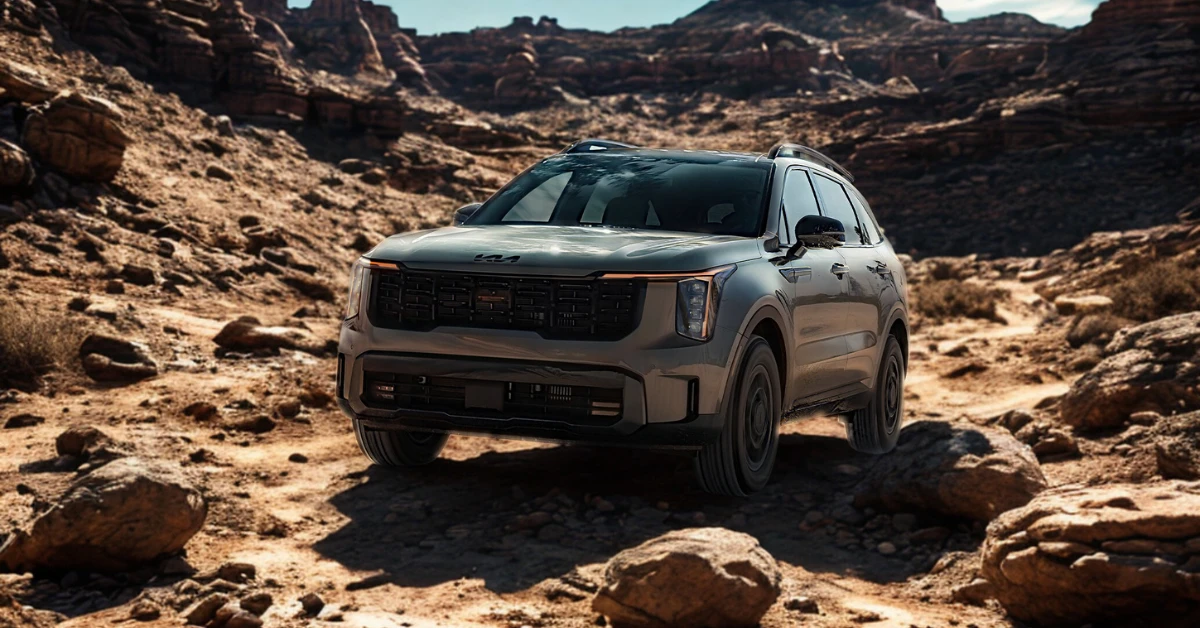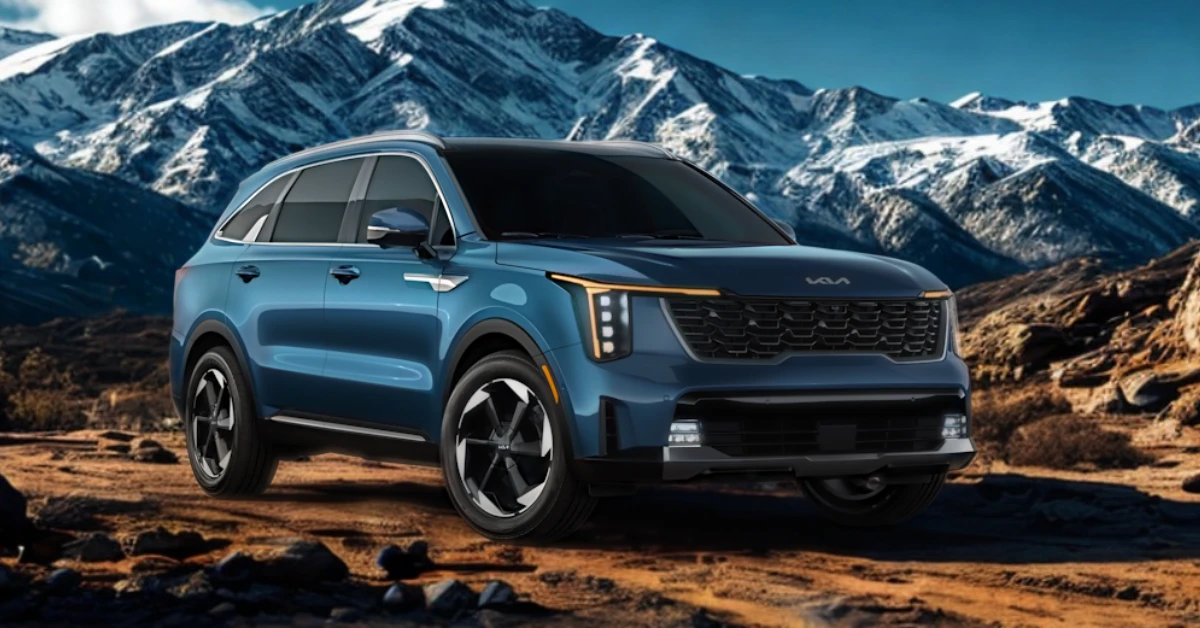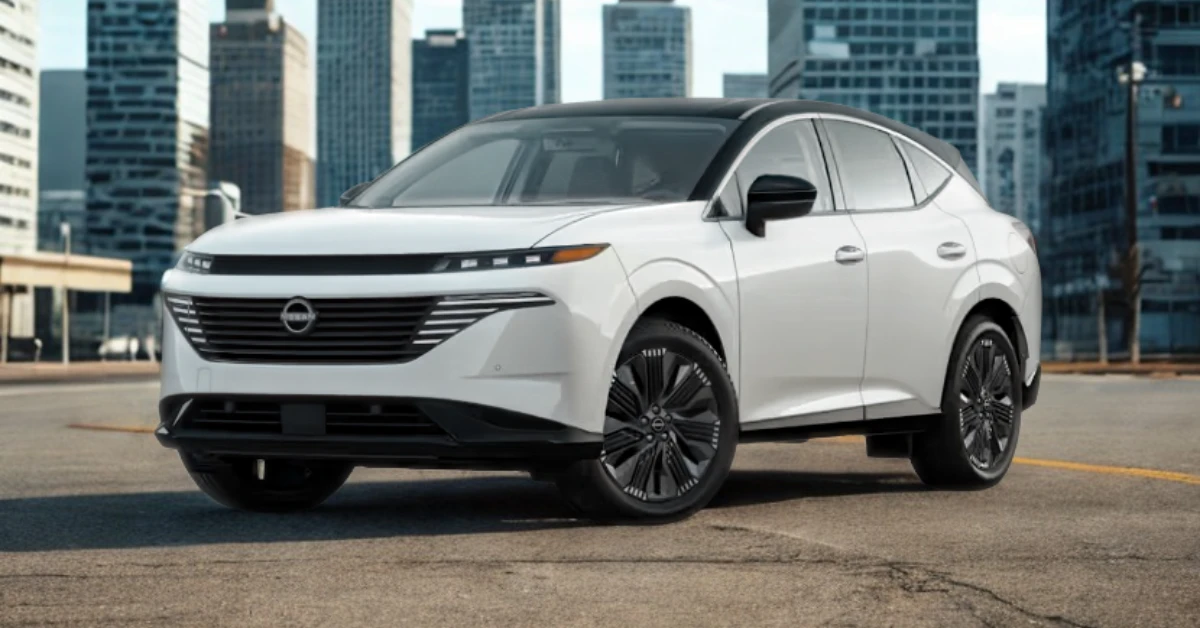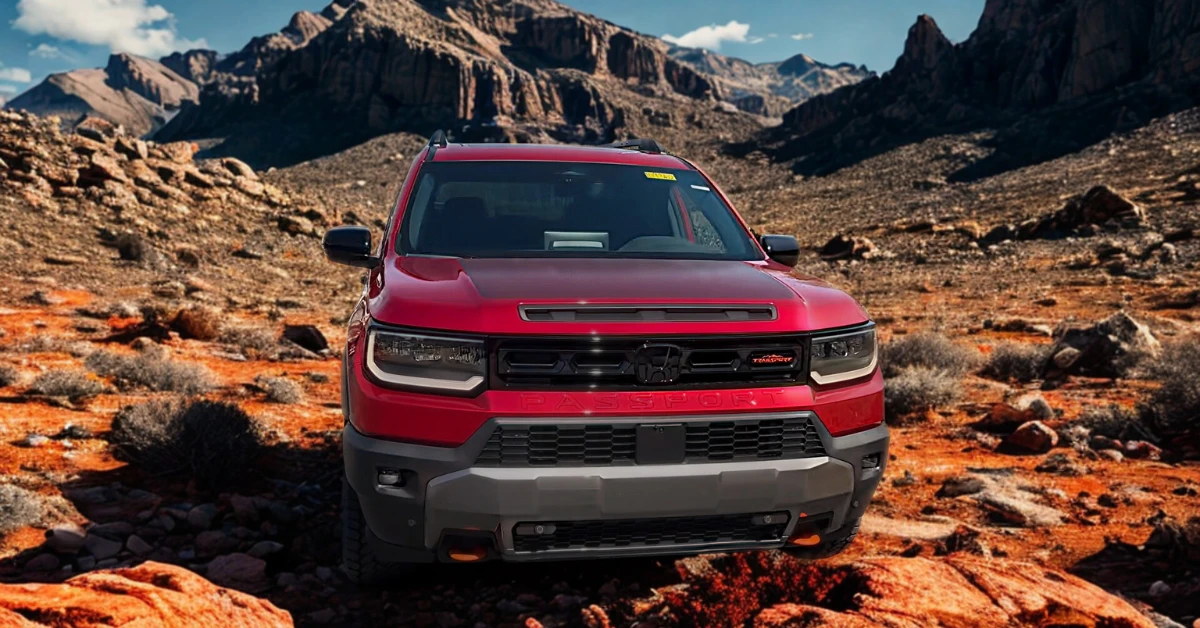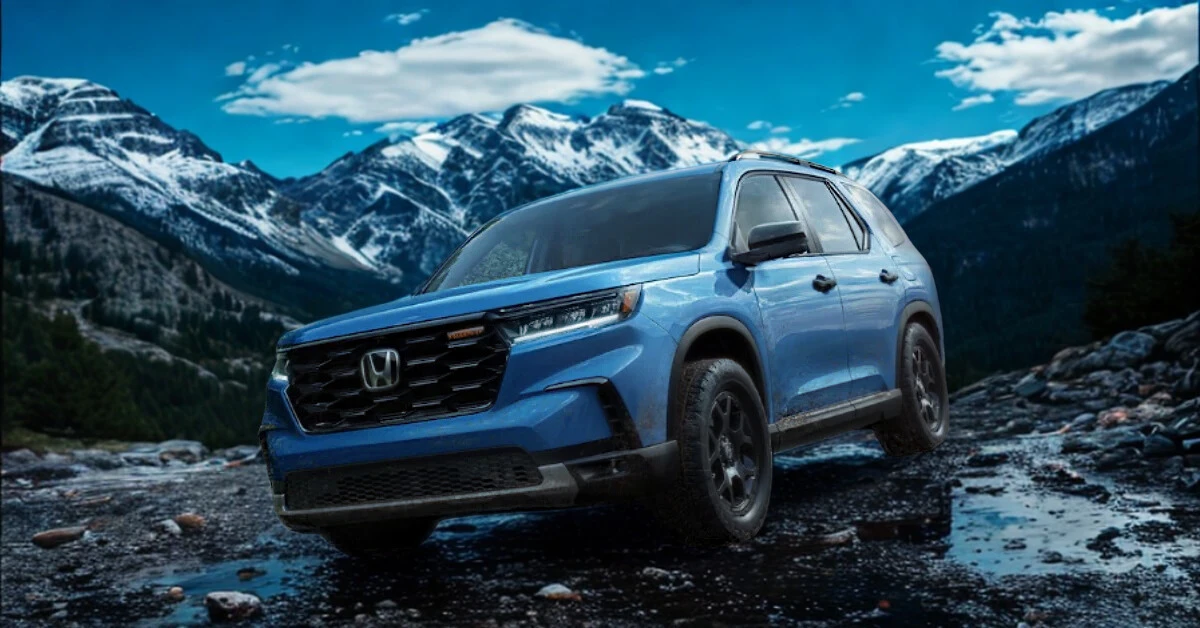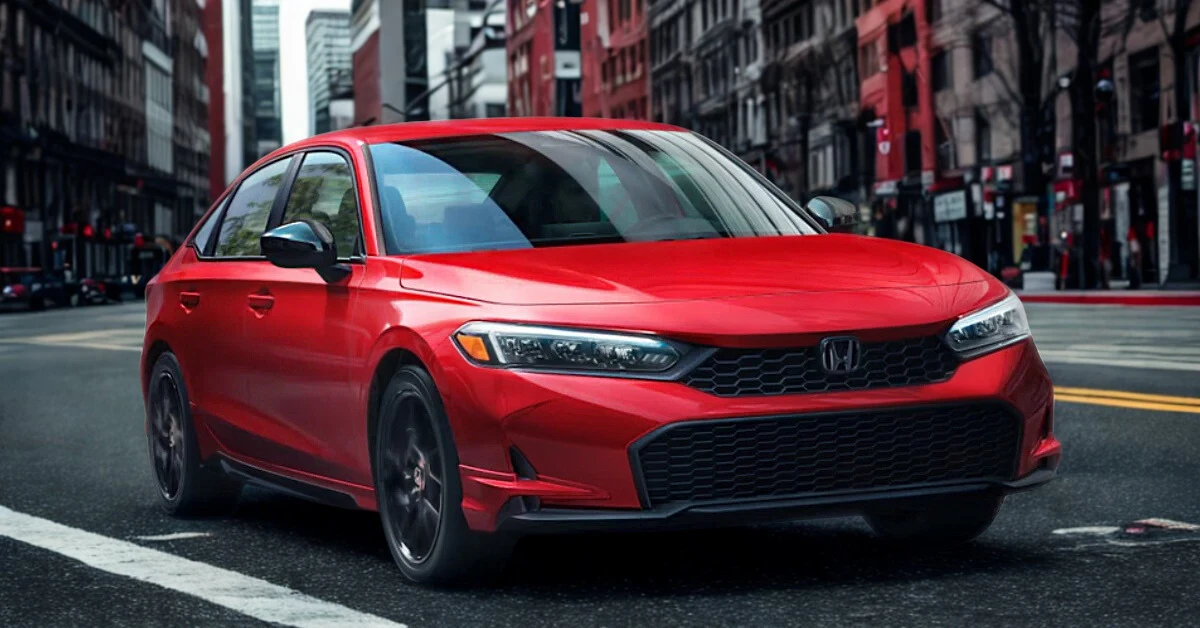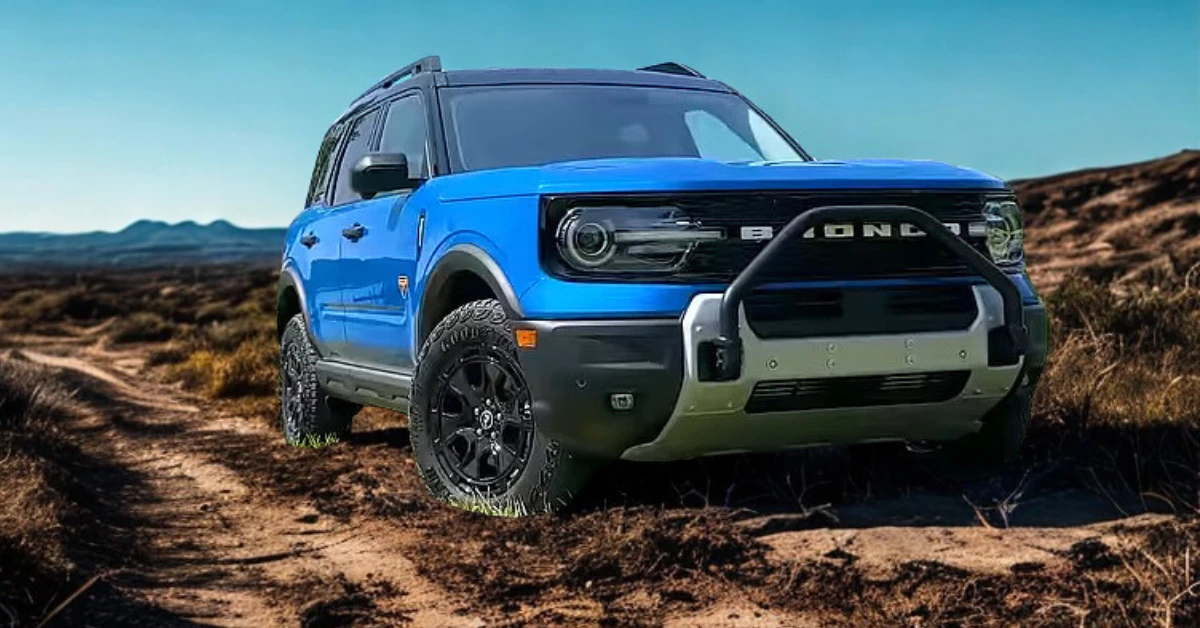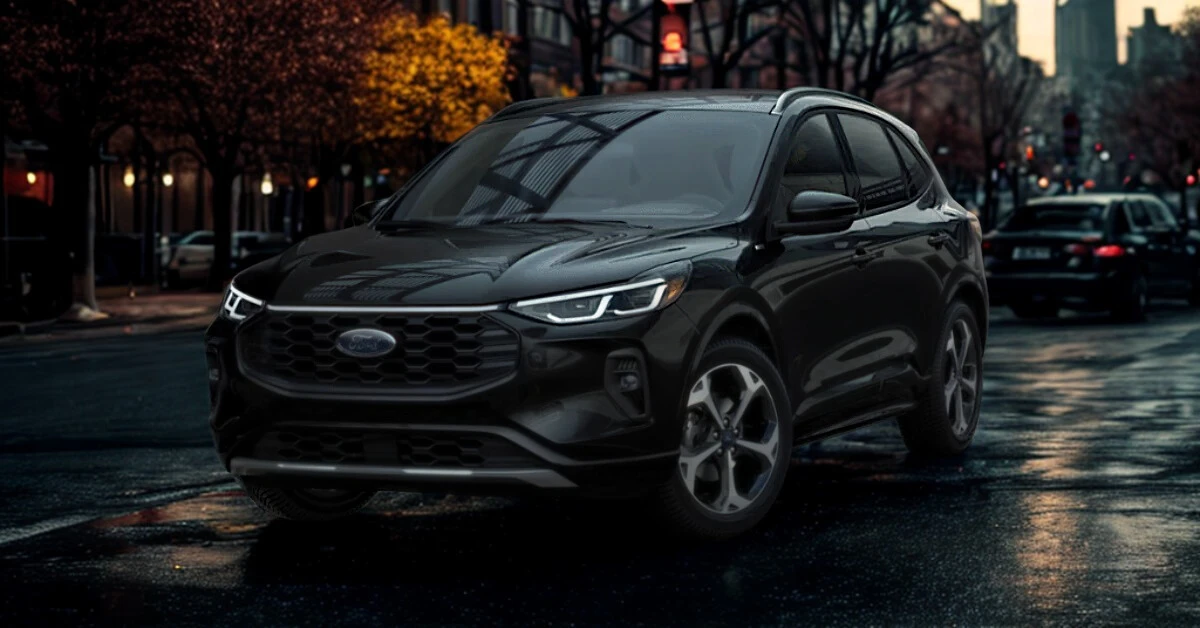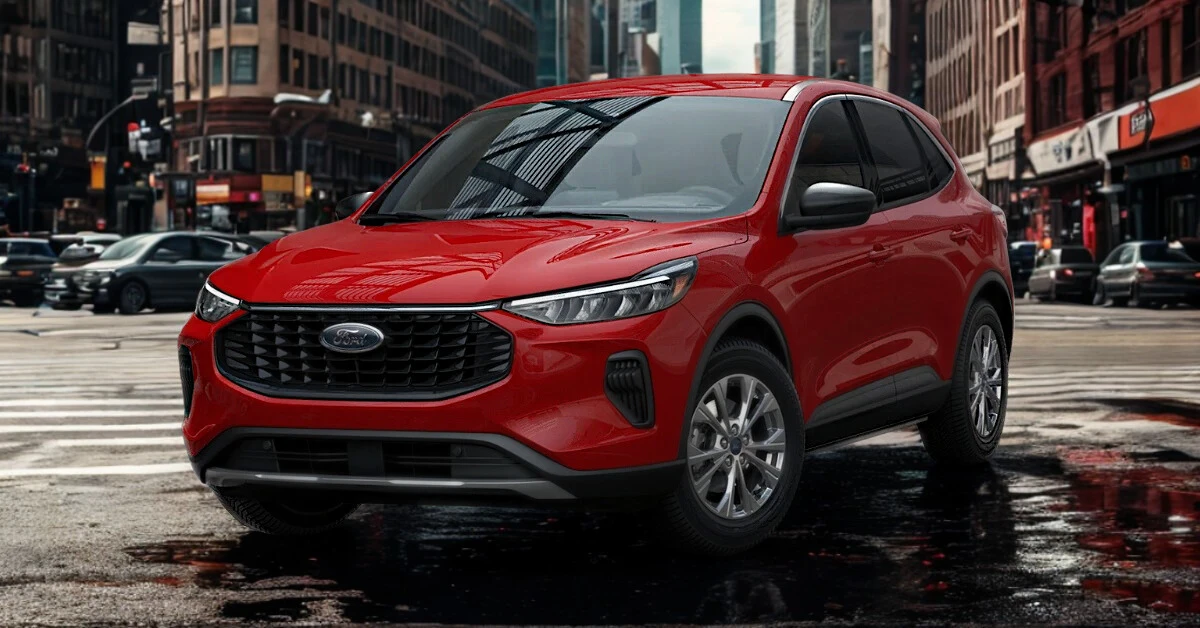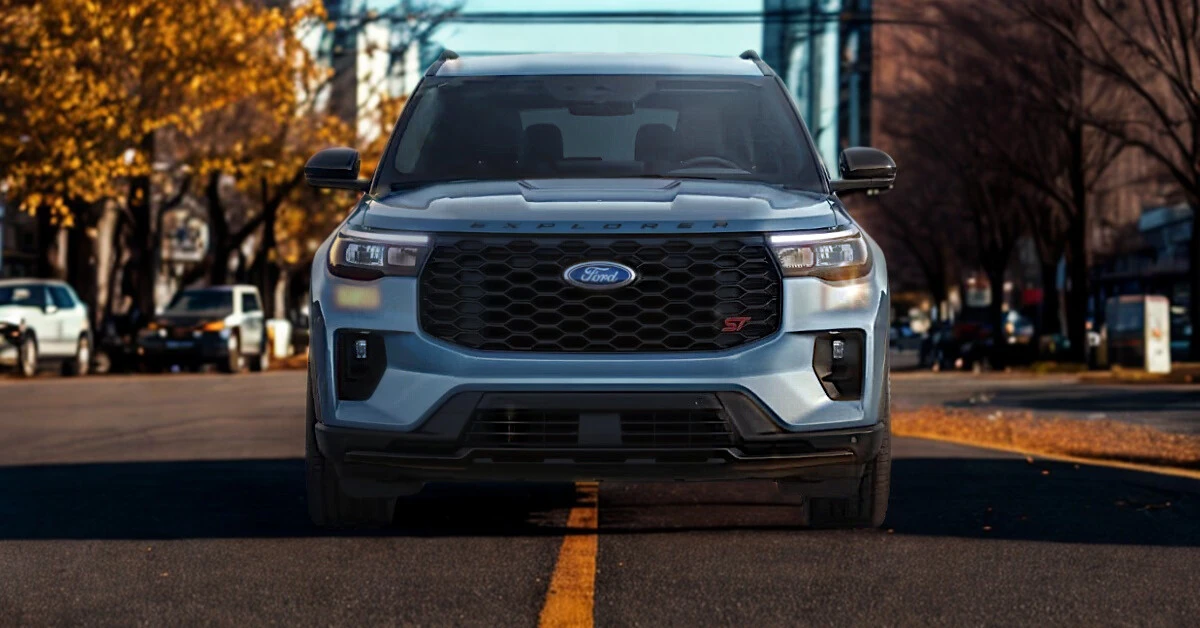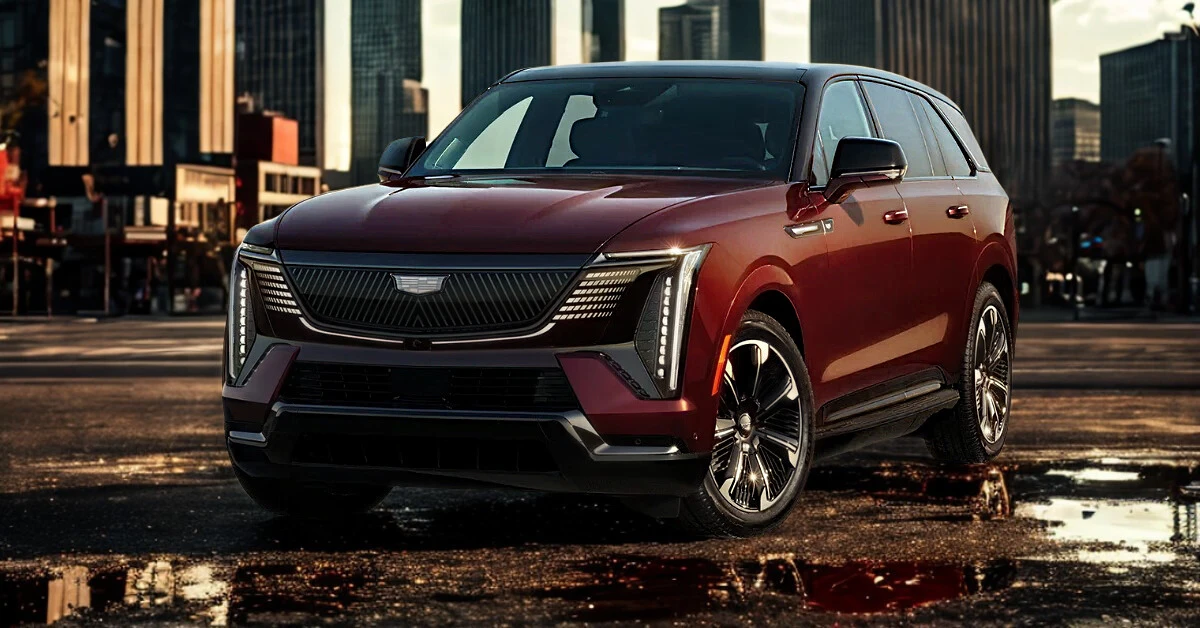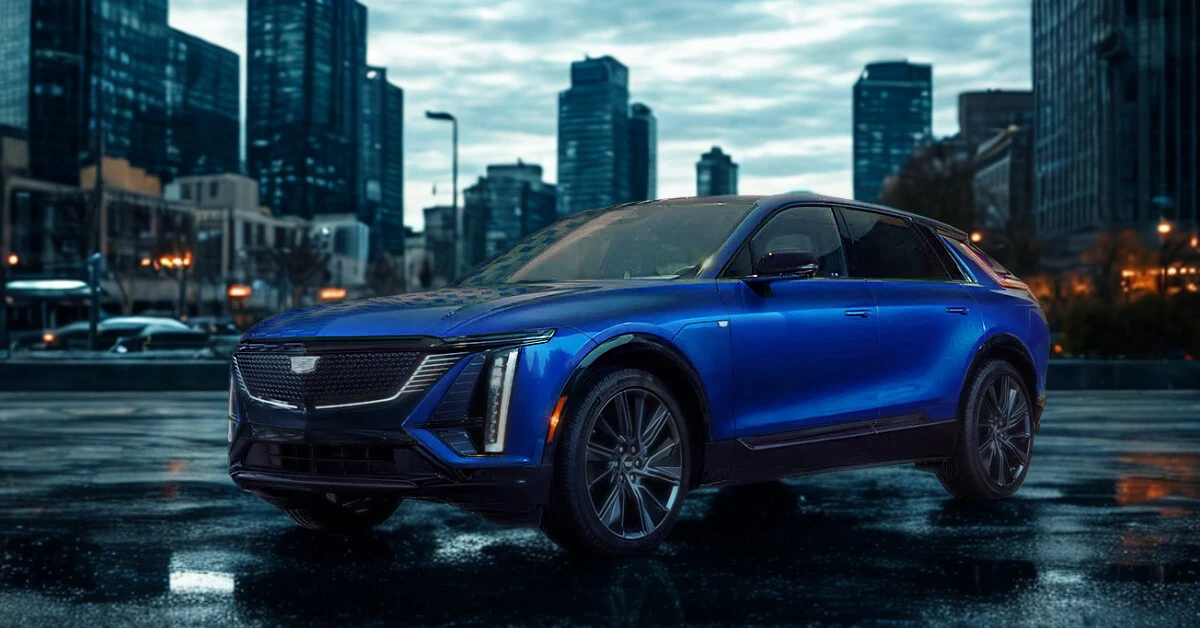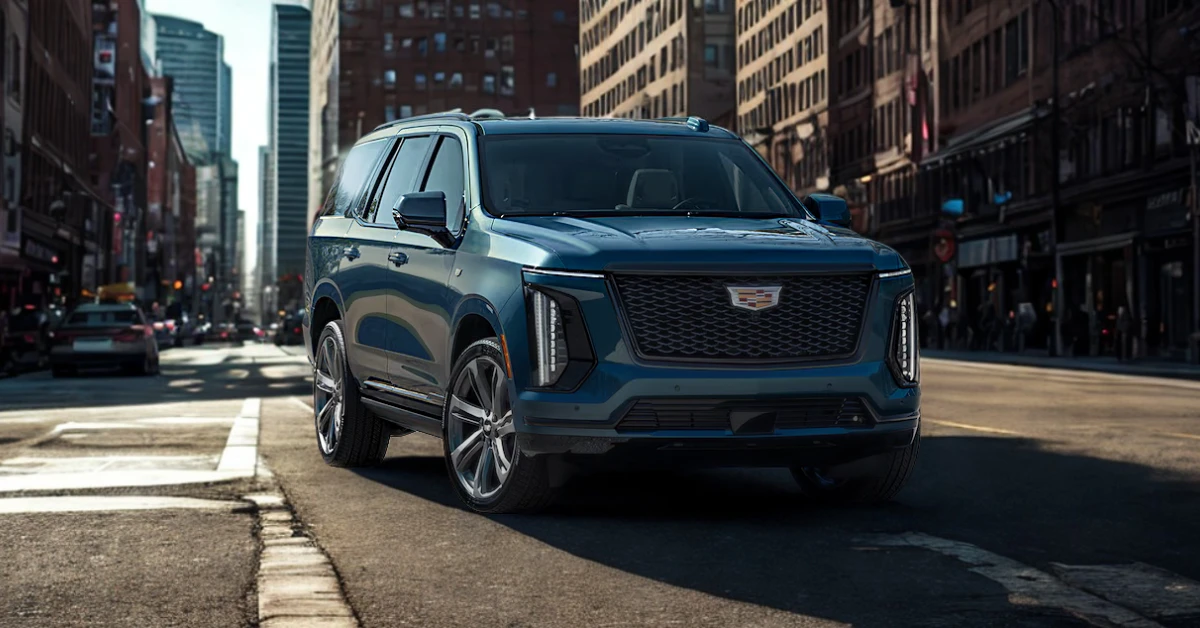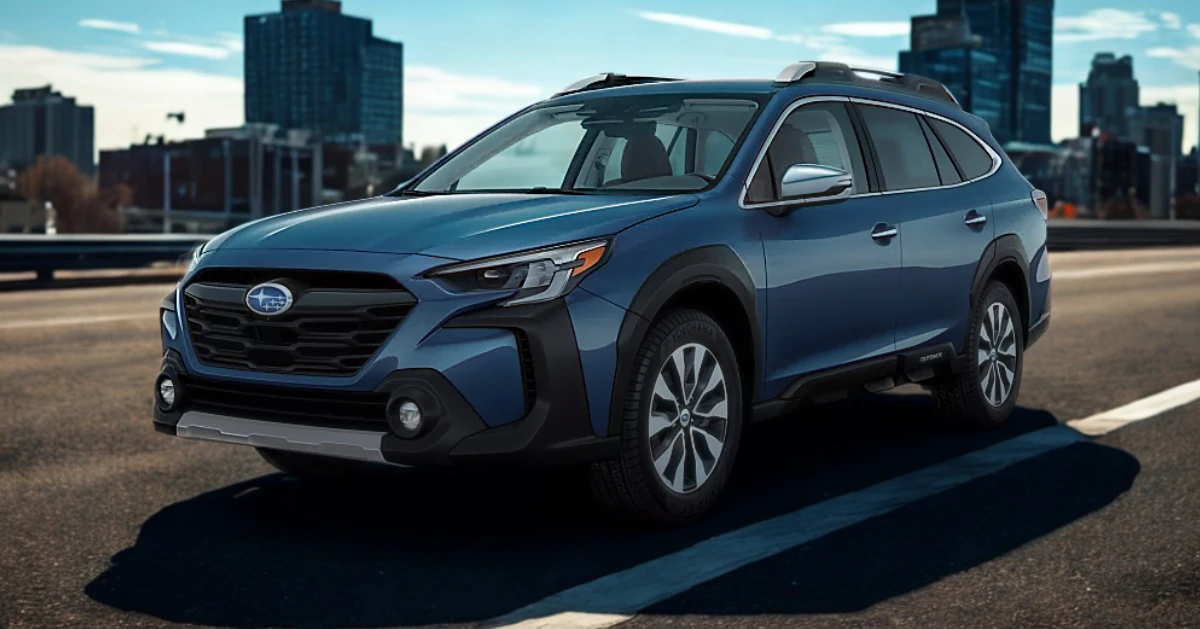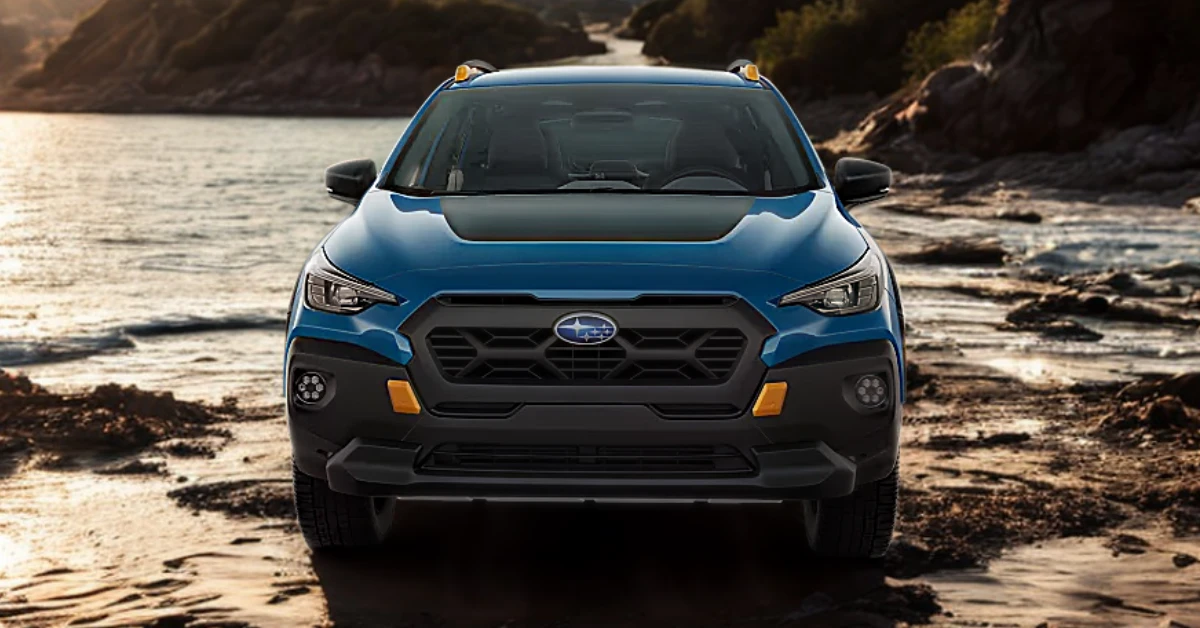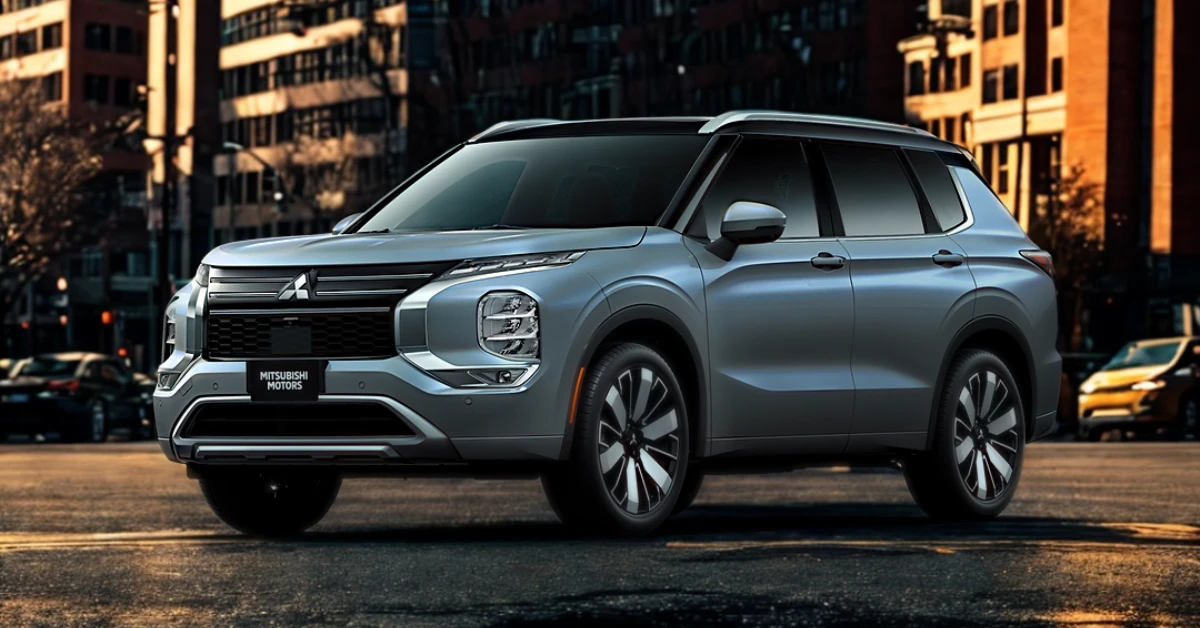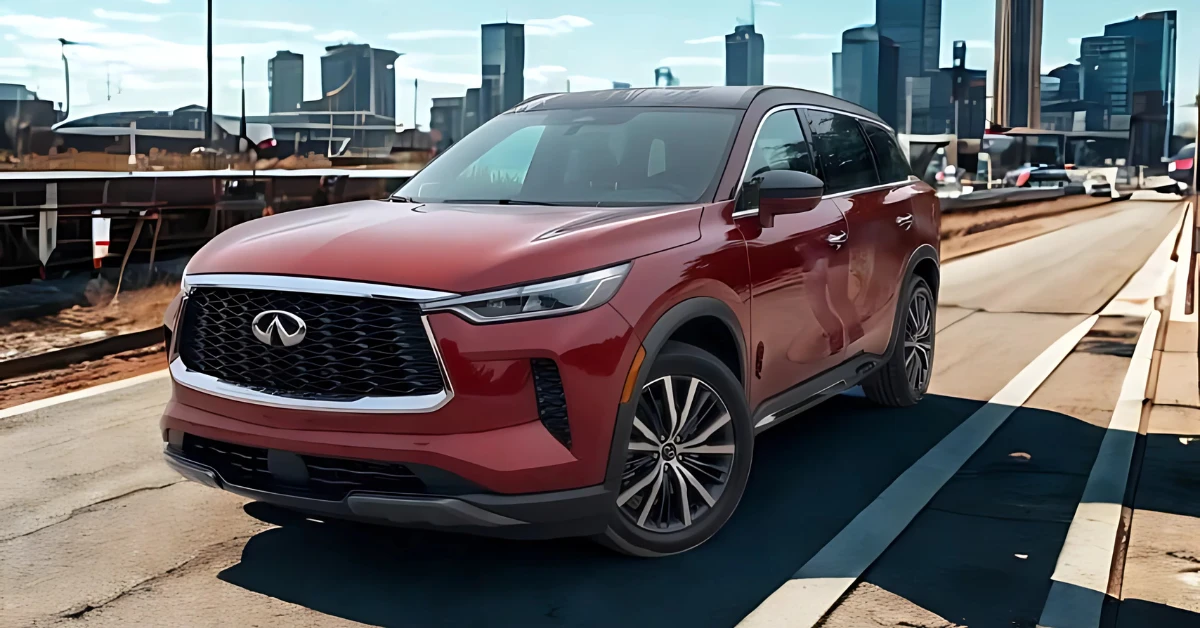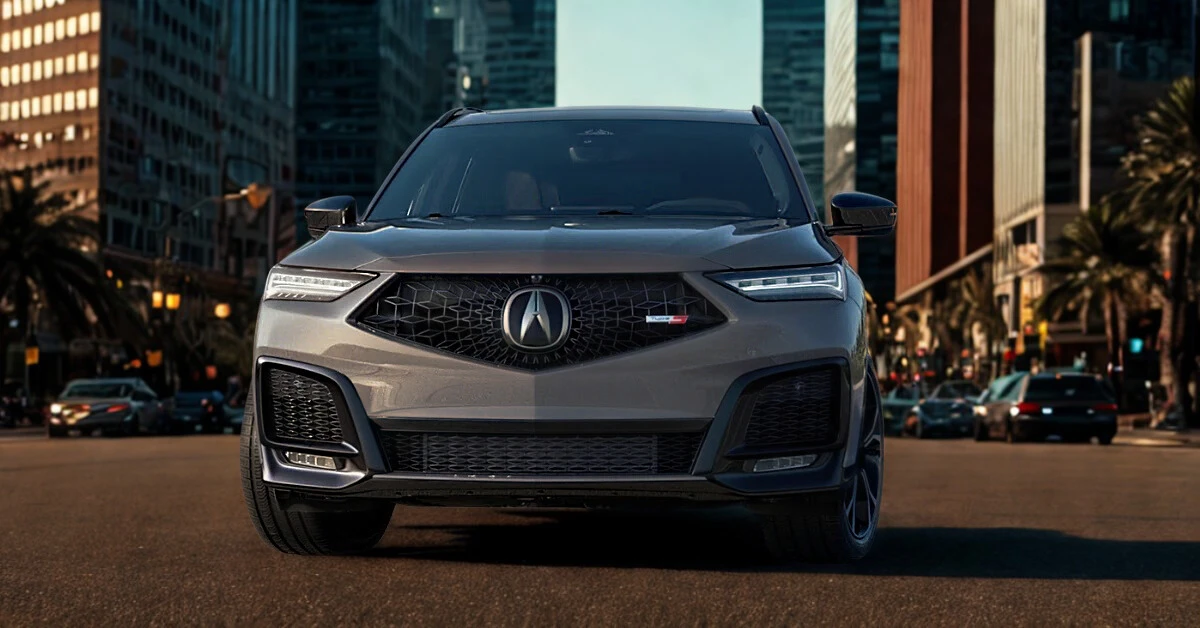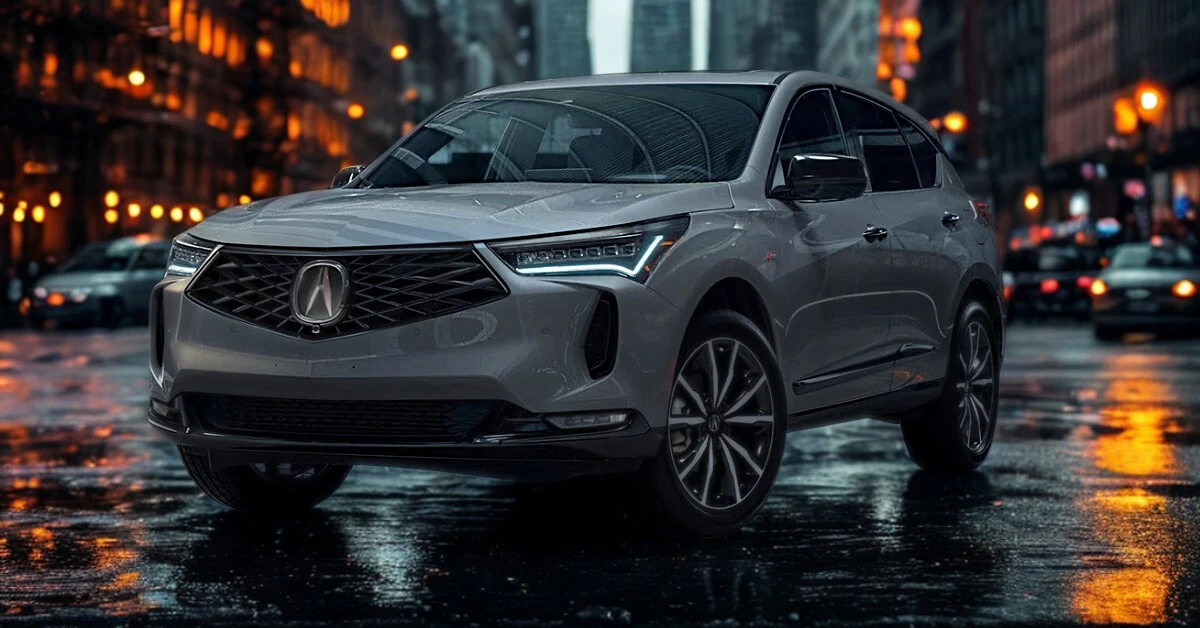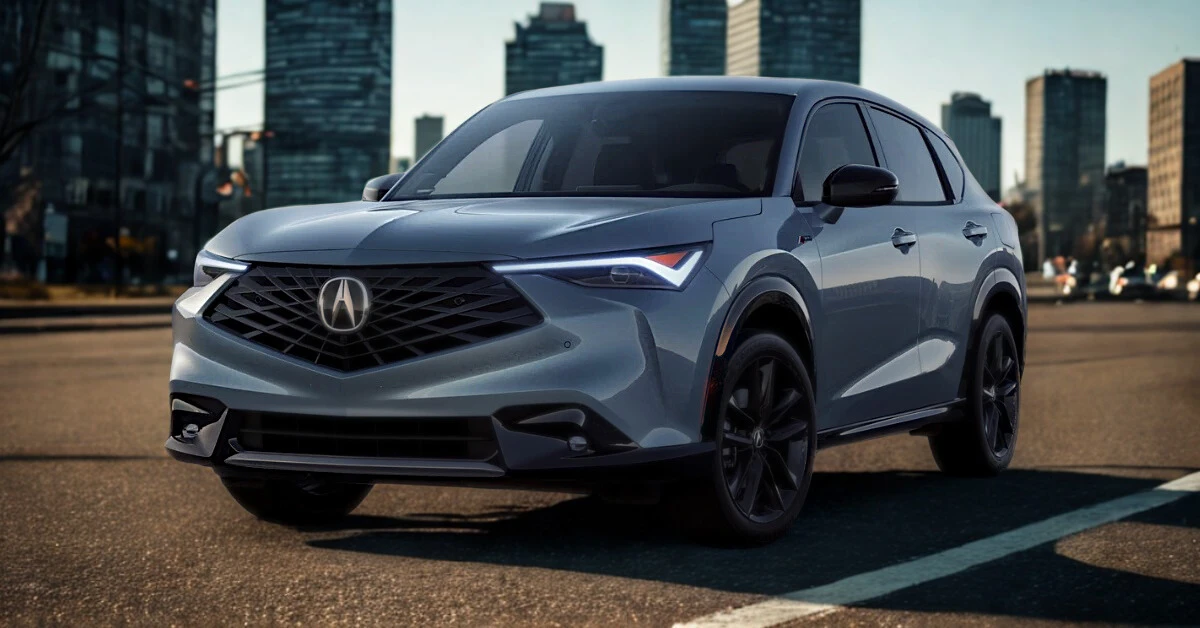2025 Subaru Forester Specifications
- POWERTRAINS
- TRIMS
- COLORS
- DIMENSIONS
| Specification | Forester AWD | Forester Premium AWD | Forester Wilderness CVT | Forester Sport AWD | Forester Limited AWD | Forester Touring AWD |
|---|---|---|---|---|---|---|
| Base Price | $31,415 | $33,730 | $36,415 | $36,230 | $37,830 | $41,715 |
| Engine Type | Regular Unleaded H-4 | Regular Unleaded H-4 | Regular Unleaded H-4 | Regular Unleaded H-4 | Regular Unleaded H-4 | Regular Unleaded H-4 |
| Fuel Type | Regular Unleaded | Regular Unleaded | Regular Unleaded | Regular Unleaded | Regular Unleaded | Regular Unleaded |
| Displacement | 2.5L/152 cu. in. | 2.5L/152 cu. in. | 2.5L/152 cu. in. | 2.5L/152 cu. in. | 2.5L/152 cu. in. | 2.5L/152 cu. in. |
| Fuel System | Gasoline Direct Injection | Gasoline Direct Injection | Gasoline Direct Injection | Gasoline Direct Injection | Gasoline Direct Injection | Gasoline Direct Injection |
| Horsepower | 180 @ 5800 rpm | 180 @ 5800 rpm | 182 @ 5800 rpm | 180 @ 5800 rpm | 180 @ 5800 rpm | 180 @ 5800 rpm |
| Torque | 178 lb-ft @ 3700 rpm | 178 lb-ft @ 3700 rpm | 176 lb-ft @ 4400 rpm | 178 lb-ft @ 3700 rpm | 178 lb-ft @ 3700 rpm | 178 lb-ft @ 3700 rpm |
| Transmission | CVT w/OD (8-speed mode) | CVT w/OD (8-speed mode) | CVT w/OD (8-speed mode) | CVT w/OD (8-speed mode) | CVT w/OD (8-speed mode) | CVT w/OD (8-speed mode) |
| Transmission Features | Standard | Low shift mode, X-MODE single-mode | Steering wheel paddle shift, 8-speed manual mode, X-MODE dual-mode w/HDC | Steering wheel paddle shift, 8-speed manual mode, X-MODE dual-mode w/HDC | Steering wheel paddle shift, 8-speed manual mode, X-MODE dual-mode w/HDC | Steering wheel paddle shift, 8-speed manual mode, X-MODE dual-mode w/HDC |
| Drive Type | Full-Time All-Wheel | Full-Time All-Wheel | Full-Time All-Wheel | Full-Time All-Wheel | Full-Time All-Wheel | Full-Time All-Wheel |
| Fuel Economy (city/hwy/combined) | 26/33/29 mpg | 26/33/29 mpg | 25/28/26 mpg | 25/32/28 mpg | 26/33/29 mpg | 25/32/28 mpg |
| Fuel Tank Capacity | 16.6 gal. | 16.6 gal. | 16.6 gal. | 16.6 gal. | 16.6 gal. | 16.6 gal. |
| Range (city/hwy) | 431.6/547.8 miles | 431.6/547.8 miles | 415.0/464.8 miles | 415.0/531.2 miles | 431.6/547.8 miles | 415.0/531.2 miles |
| Max Towing Capacity | 1,500 lbs | 1,500 lbs | 3,000 lbs | 1,500 lbs | 1,500 lbs | 1,500 lbs |
| Curb Weight | 3,510 lbs | 3,569 lbs | 3,620 lbs | 3,611 lbs | 3,613 lbs | 3,664 lbs |
| Suspension Type (F/R) | Strut / Double Wishbone | Strut / Double Wishbone | Strut / Double Wishbone | Strut / Double Wishbone | Strut / Double Wishbone | Strut / Double Wishbone |
| Special Features | Engine Auto Stop-Start | Engine Auto Stop-Start, Hill Descent Control | Off-Road Suspension, Skid Plate, Full-Size Spare Tire | Engine Auto Stop-Start, 19″ Wheels | Engine Auto Stop-Start, Power Liftgate | Harman/Kardon Audio, Ventilated Front Seats |
| CO2 Emissions (tons/year) | 6.0 | 6.0 | 6.8 | 6.3 | 6.0 | 6.3 |
| EPA Greenhouse Gas Score | 6.0 | 6.0 | 5.0 | 6.0 | 6.0 | 6.0 |
Interior Features
| Feature | Forester AWD | Forester Premium AWD | Forester Sport AWD | Forester Wilderness CVT | Forester Limited AWD | Forester Touring AWD |
|---|---|---|---|---|---|---|
| Seating Capacity | 5 | 5 | 5 | 5 | 5 | 5 |
| Seating Material | Hexagonal Patterned Cloth | Premium Textured Cloth | Sport StarTex | Textured StarTex | Perforated Leather-Trimmed | Perforated Leather-Trimmed w/Suede Bolsters |
| Front Seats | Standard | Heated | Heated | Heated | Heated | Heated & Ventilated |
| Driver’s Seat | 6-way manual | 10-way power w/lumbar | 10-way power w/lumbar | 10-way power w/lumbar, memory | 10-way power w/lumbar | 10-way power w/lumbar, memory |
| Passenger Seat | 4-way manual | 4-way manual | 4-way manual | 4-way manual | 8-way power | 8-way power |
| 2nd Row Seats | 60-40 Split-Folding | 60-40 Split-Folding | 60-40 Split-Folding | 60-40 Split-Folding | 60-40 Split-Folding | 60-40 Split-Folding, Heated |
| Steering Wheel | Urethane | Leather | Leather | Leather/Metal-Look | Heated Leather | Heated Leather |
| Climate Control | Dual Zone Auto | Dual Zone Auto | Dual Zone Auto | Dual Zone Auto | Dual Zone Auto | Dual Zone Auto |
| Rear Center Armrest | Not Standard | Standard | Standard | Standard | Standard | Standard |
| Interior Accent Stitching | Blue | Blue | Brown | Silver and Copper | Blue | Bronze/Silver and Brown |
Technology
| Feature | Forester AWD | Forester Premium AWD | Forester Sport AWD | Forester Wilderness CVT | Forester Limited AWD | Forester Touring AWD |
|---|---|---|---|---|---|---|
| Touchscreen | Dual 7.0″ | 11.6″ | 11.6″ | 8.0″ | 11.6″ | 11.6″ |
| Audio System | 4 speakers | 6 speakers | 6 speakers | 6 speakers | 6 speakers | Harman/Kardon (11 speakers) |
| Apple CarPlay/Android Auto | Standard | Standard (wireless) | Standard (wireless) | Standard | Standard (wireless) | Standard (wireless) |
| Voice Recognition | Standard | Standard | Standard | Standard | Standard | Standard |
| Navigation | Not Standard | Not Standard | Not Standard | Not Standard | Not Standard | Standard |
| Wi-Fi Hotspot | Not Standard | Standard | Standard | Standard | Standard | Standard |
| Bluetooth | Standard | Standard | Standard | Standard | Standard | Standard |
| USB Ports | Standard (USB-A) | Standard (USB-A & USB-C) | Standard (USB-A & USB-C) | Standard (USB-A) | Standard (USB-A & USB-C) | Standard (USB-A & USB-C) |
| SiriusXM | Standard | Standard w/360L | Standard w/360L | Standard | Standard w/360L | Standard w/360L |
| Digital Instrument Cluster | Standard | Standard | Standard | Standard | Standard | Standard |
Safety & Driver Assistance
| Feature | Forester AWD | Forester Premium AWD | Forester Sport AWD | Forester Wilderness CVT | Forester Limited AWD | Forester Touring AWD |
|---|---|---|---|---|---|---|
| EyeSight Driver Assist Technology | Standard | Standard | Standard | Standard | Standard | Standard |
| Adaptive Cruise Control | With Traffic Stop-Go | With Traffic Stop-Go | With Traffic Stop-Go | With Traffic Stop-Go | With Traffic Stop-Go | With Traffic Stop-Go |
| Pre-Collision Braking | Standard | Standard | Standard | Standard | Standard | Standard |
| Lane Keep Assist | Standard | Standard | Standard | Standard | Standard | Standard |
| Lane Departure Warning | Standard | Standard | Standard | Standard | Standard | Standard |
| Driver Monitoring System | Standard | Standard | Standard | Standard | Standard | Standard |
| Blind Spot Detection | Not Standard | Not Standard | Standard | Standard | Standard | Standard |
| Rear Cross Traffic Alert | Not Standard | Not Standard | Standard | Standard | Standard | Standard |
| Reverse Automatic Braking | Not Standard | Not Standard | Not Standard | Standard | Not Standard | Standard |
| Surround View Camera | Not Standard | Not Standard | Not Standard | Not Standard | Not Standard | Aerial View System |
| Back-Up Camera | With Washer | With Washer | With Washer | With Washer | With Washer | With Washer |
| Airbags | Front, Side, Knee, Curtain | Front, Side, Knee, Curtain | Front, Side, Knee, Curtain | Front, Side, Knee, Curtain | Front, Side, Knee, Curtain | Front, Side, Knee, Curtain |
Exterior Features
| Feature | Forester AWD | Forester Premium AWD | Forester Sport AWD | Forester Wilderness CVT | Forester Limited AWD | Forester Touring AWD |
|---|---|---|---|---|---|---|
| Sunroof | Not Standard | Panoramic | Panoramic | Panoramic | Panoramic | Panoramic |
| Power Liftgate | Not Standard | Not Standard | Not Standard | Not Standard | Standard | Standard |
| Side Mirrors | Body-Colored, Power | Body-Colored, Power, Heated | Black, Power, Heated, Turn Signal | Black, Power, Heated, Turn Signal | Body-Colored, Power, Heated, Turn Signal | Body-Colored, Power, Heated, Turn Signal |
| LED Headlights | Auto On/Off | Auto On/Off | Auto On/Off | Auto On/Off | Auto On/Off | Auto On/Off |
| Auto High-Beam | Standard | Standard | Standard | Standard | Standard | Standard |
| Front Fog Lamps | Not Standard | Standard | Standard | Standard | Standard | Standard |
| Wipers | Variable Intermittent | Variable Intermittent w/Heated Wiper Park | Variable Intermittent w/Heated Wiper Park | Variable Intermittent w/Heated Wiper Park | Variable Intermittent w/Heated Wiper Park | Variable Intermittent w/Heated Wiper Park |
| Roof Rails | Standard | Standard | Standard | Standard (stronger design) | Standard | Standard |
| Body Cladding | Black | Black | Black | Black (enhanced) | Black | Black w/Metal-Look Insert |
| Grille | Black | Black | Black | Black | Black | Black |
| Exterior Accents | Standard | Standard | Sport-specific | Wilderness-specific | Limited-specific | Touring-specific |
Suspension & Chassis
| Feature | Forester AWD | Forester Premium AWD | Forester Sport AWD | Forester Wilderness CVT | Forester Limited AWD | Forester Touring AWD |
|---|---|---|---|---|---|---|
| Front Suspension | Strut | Strut | Strut | Strut | Strut | Strut |
| Rear Suspension | Double Wishbone | Double Wishbone | Double Wishbone | Double Wishbone | Double Wishbone | Double Wishbone |
| Front And Rear Anti-Roll Bars | Standard | Standard | Standard | Standard | Standard | Standard |
| Steering Type | Rack-Pinion | Rack-Pinion | Rack-Pinion | Rack-Pinion | Rack-Pinion | Rack-Pinion |
| Turning Diameter (curb to curb) | 35.4 ft | 35.4 ft | 35.4 ft | 35.4 ft | 35.4 ft | 35.4 ft |
| Brake Type | 4-Wheel Disc | 4-Wheel Disc | 4-Wheel Disc | 4-Wheel Disc | 4-Wheel Disc | 4-Wheel Disc |
| Anti-Lock Braking System | 4-Wheel | 4-Wheel | 4-Wheel | 4-Wheel | 4-Wheel | 4-Wheel |
| Front Brake Rotors | 12.4 in. | 12.4 in. | 12.4 in. | 12.4 in. | 12.4 in. | 12.4 in. |
| Rear Brake Rotors | 11.8 in. | 11.8 in. | 11.8 in. | 11.2 in. | 11.8 in. | 11.8 in. |
| Electric Parking Brake | Standard | Standard | Standard | Standard | Standard | Standard |
| Brake Assist | Standard | Standard | Standard | Standard | Standard | Standard |
| Hill Hold Control | Standard | Standard | Standard | Standard | Standard | Standard |
| Hill Descent Control | Not Standard | Standard | Standard | Standard | Standard | Standard |
Off-Road Capability
| Feature | Forester AWD | Forester Premium AWD | Forester Sport AWD | Forester Wilderness CVT | Forester Limited AWD | Forester Touring AWD |
|---|---|---|---|---|---|---|
| Ground Clearance | 8.7 inches | 8.7 inches | 8.7 inches | 9.2 inches | 8.7 inches | 8.7 inches |
| X-MODE | Not Standard | Single-mode | Dual-mode w/HDC | Dual-mode w/HDC | Dual-mode w/HDC | Dual-mode w/HDC |
| Off-Road Suspension | Not Standard | Not Standard | Not Standard | Standard | Not Standard | Not Standard |
| Skid Plates | Not Standard | Not Standard | Not Standard | Standard (1) | Not Standard | Not Standard |
| Special All-Terrain Tires | Not Standard | Not Standard | Not Standard | Standard | Not Standard | Not Standard |
| Full-Size Spare Tire | Not Standard | Not Standard | Not Standard | Standard | Not Standard | Not Standard |
| Front View Monitor | Not Standard | Not Standard | Not Standard | Standard (180° Camera) | Not Standard | Not Standard |
Wheels & Tires
| Feature | Forester AWD | Forester Premium AWD | Forester Sport AWD | Forester Wilderness CVT | Forester Limited AWD | Forester Touring AWD |
|---|---|---|---|---|---|---|
| Wheels | 17″ x 7.0J Aluminum | 17″ x 7.0J Aluminum | 19″ x 7.5J Aluminum | 17″ x 7.0J Aluminum | 18″ x 7.0J Aluminum | 19″ x 7.5J Aluminum |
| Wheel Finish | Dark Metallic | Dark Metallic | Bronze Finish | Matte Black Finish | Dark Metallic | Dark Gray |
| Tires | P225/60HR17 | P225/60HR17 | P235/50VR19 | P225/60TR17 All-Terrain | P225/55VR18 | P235/50VR19 |
| Spare Tire Type | Compact | Compact | Compact | Full-Size | Compact | Compact |
| Spare Wheel Material | Steel | Steel | Steel | Steel | Steel | Steel |
Cargo Capacity
| Feature | Forester AWD | Forester Premium AWD | Forester Sport AWD | Forester Wilderness CVT | Forester Limited AWD | Forester Touring AWD |
|---|---|---|---|---|---|---|
| Behind 2nd Row | 29.6 cu. ft. | 27.5 cu. ft. | 27.5 cu. ft. | 26.9 cu. ft. | 27.5 cu. ft. | 27.5 cu. ft. |
| Behind 1st Row | 74.4 cu. ft. | 69.1 cu. ft. | 69.1 cu. ft. | 69.1 cu. ft. | 69.1 cu. ft. | 69.1 cu. ft. |
| Cargo Cover | Not Standard | Roll-Up | Roll-Up | Roll-Up | Roll-Up | Roll-Up |
| Total Passenger Volume | 110.8 cu. ft. | 106.6 cu. ft. | 106.6 cu. ft. | 107.6 cu. ft. | 106.6 cu. ft. | 106.6 cu. ft. |
Convenience Features
| Feature | Forester AWD | Forester Premium AWD | Forester Sport AWD | Forester Wilderness CVT | Forester Limited AWD | Forester Touring AWD |
|---|---|---|---|---|---|---|
| Keyless Entry | Remote | Remote | Remote | Remote | Remote | Remote |
| Push Button Start | Not Standard | Standard | Standard | Standard | Standard | Standard |
| Remote Engine Start | Not Standard | Smart Device | Smart Device | Smart Device | Smart Device | Smart Device |
| Auto-Dimming Rearview Mirror | Not Standard | Not Standard | Not Standard | Not Standard | Not Standard | Not Standard |
| 12V Power Outlets | 2 | 2 | 2 | 3 | 2 | 2 |
| Memory Settings | Not Standard | Not Standard | Not Standard | Standard (Driver’s Seat) | Not Standard | Standard (Driver’s Seat, HVAC) |
| Cargo Area Concealed Storage | Standard | Standard | Standard | Standard | Standard | Standard |
Warranty & Coverage
| Feature | Forester AWD | Forester Premium AWD | Forester Sport AWD | Forester Wilderness CVT | Forester Limited AWD | Forester Touring AWD |
|---|---|---|---|---|---|---|
| Basic Warranty | 3 years/36,000 miles | 3 years/36,000 miles | 3 years/36,000 miles | 3 years/36,000 miles | 3 years/36,000 miles | 3 years/36,000 miles |
| Powertrain Warranty | 5 years/60,000 miles | 5 years/60,000 miles | 5 years/60,000 miles | 5 years/60,000 miles | 5 years/60,000 miles | 5 years/60,000 miles |
| Corrosion Warranty | 5 years/Unlimited miles | 5 years/Unlimited miles | 5 years/Unlimited miles | 5 years/Unlimited miles | 5 years/Unlimited miles | 5 years/Unlimited miles |
| Roadside Assistance | 3 years/36,000 miles | 3 years/36,000 miles | 3 years/36,000 miles | 3 years/36,000 miles | 3 years/36,000 miles | 3 years/36,000 miles |
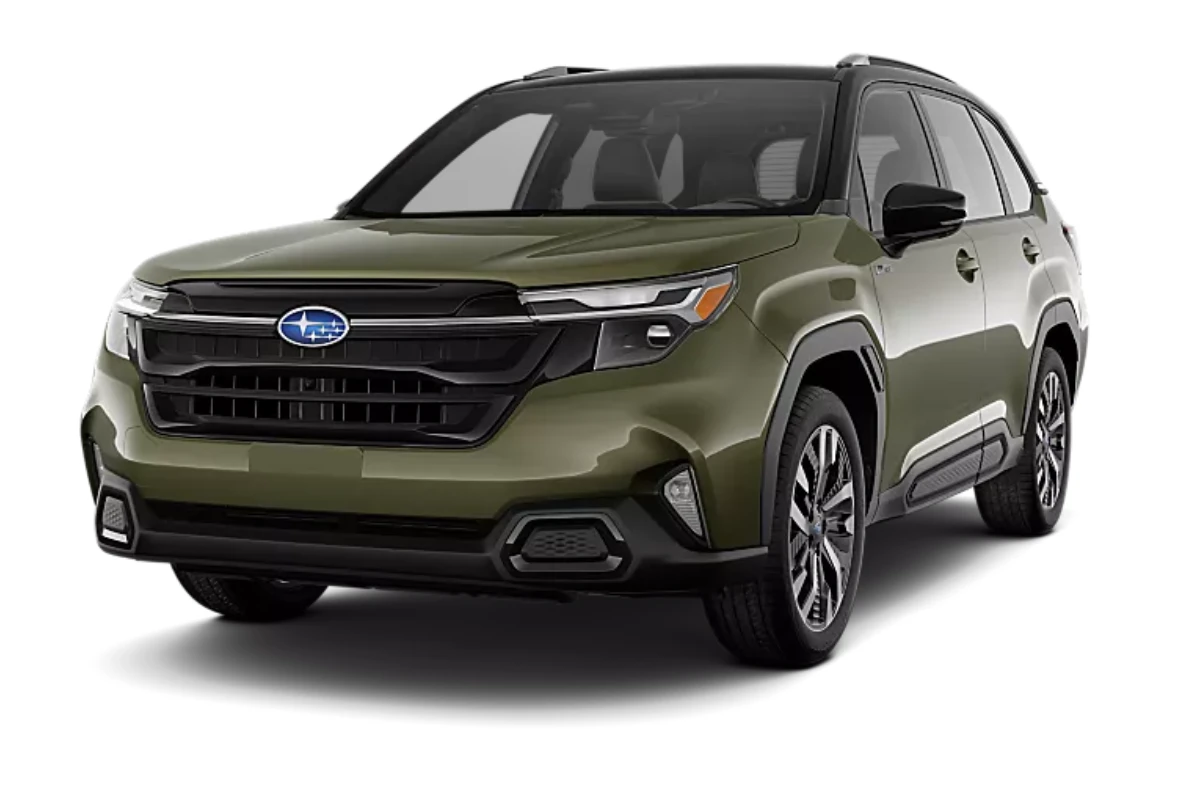

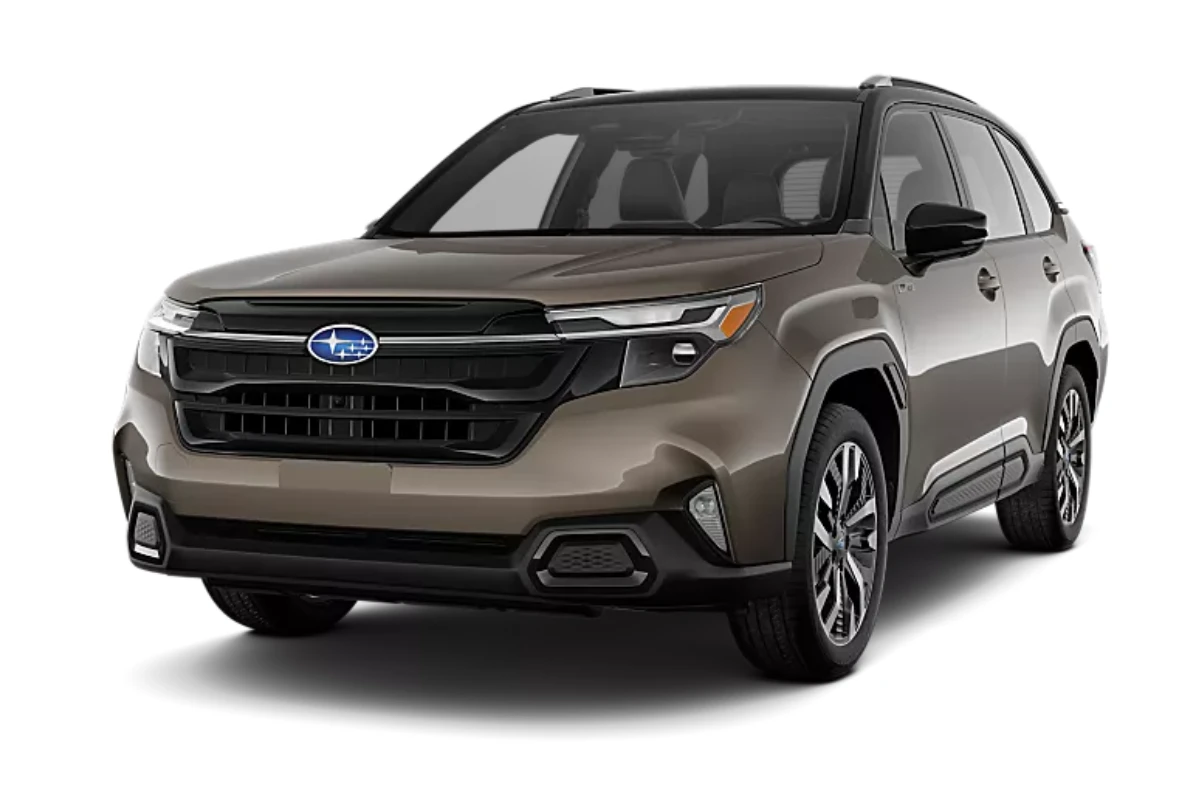

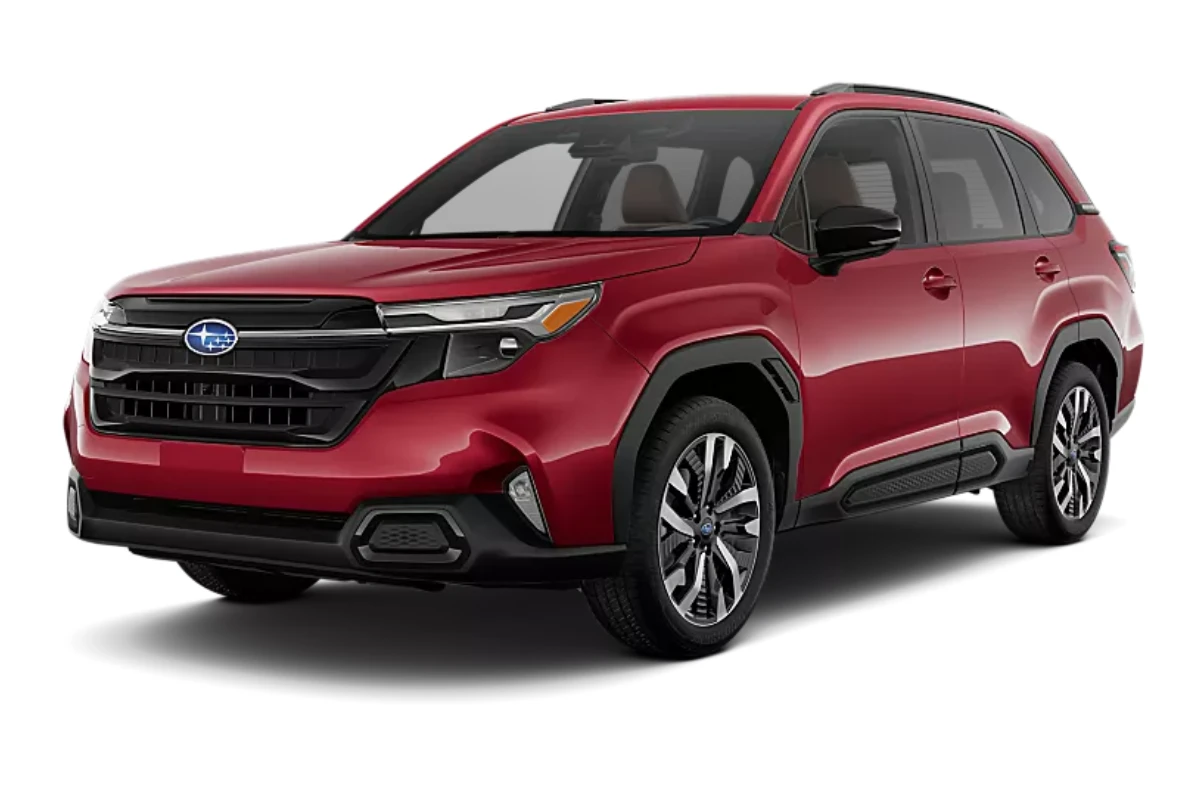
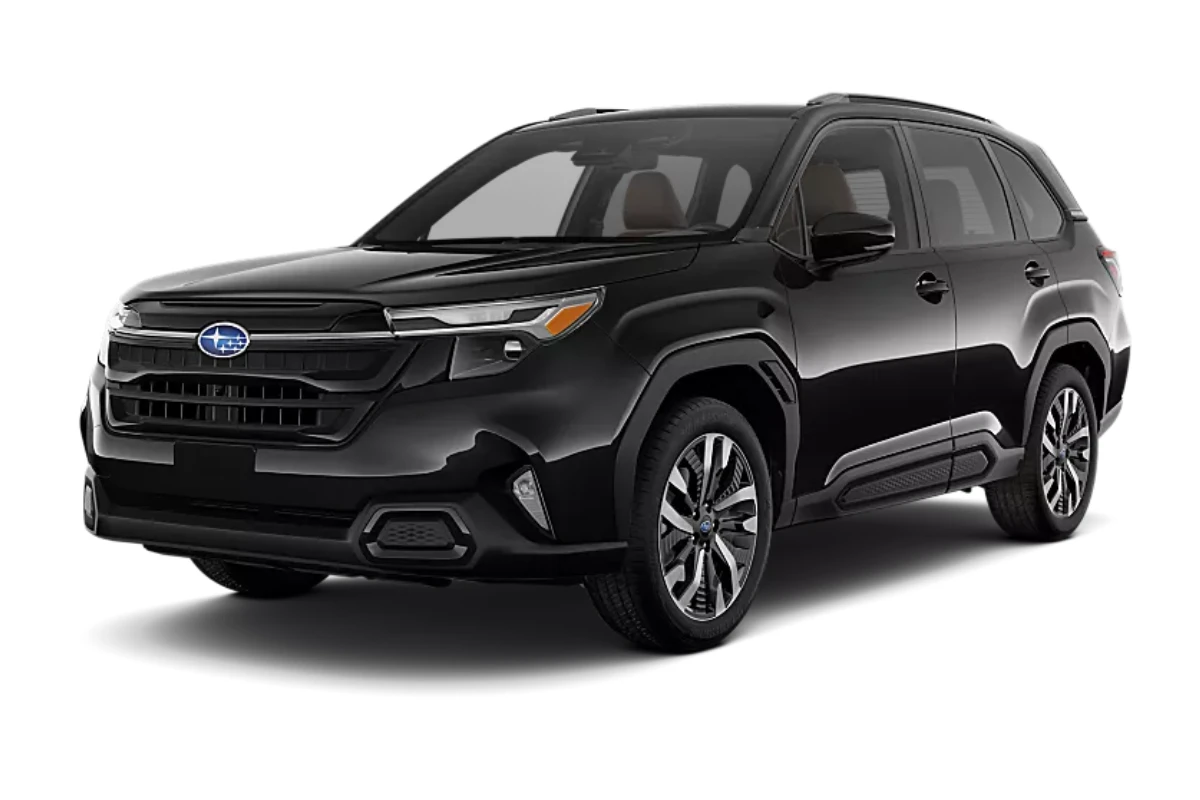


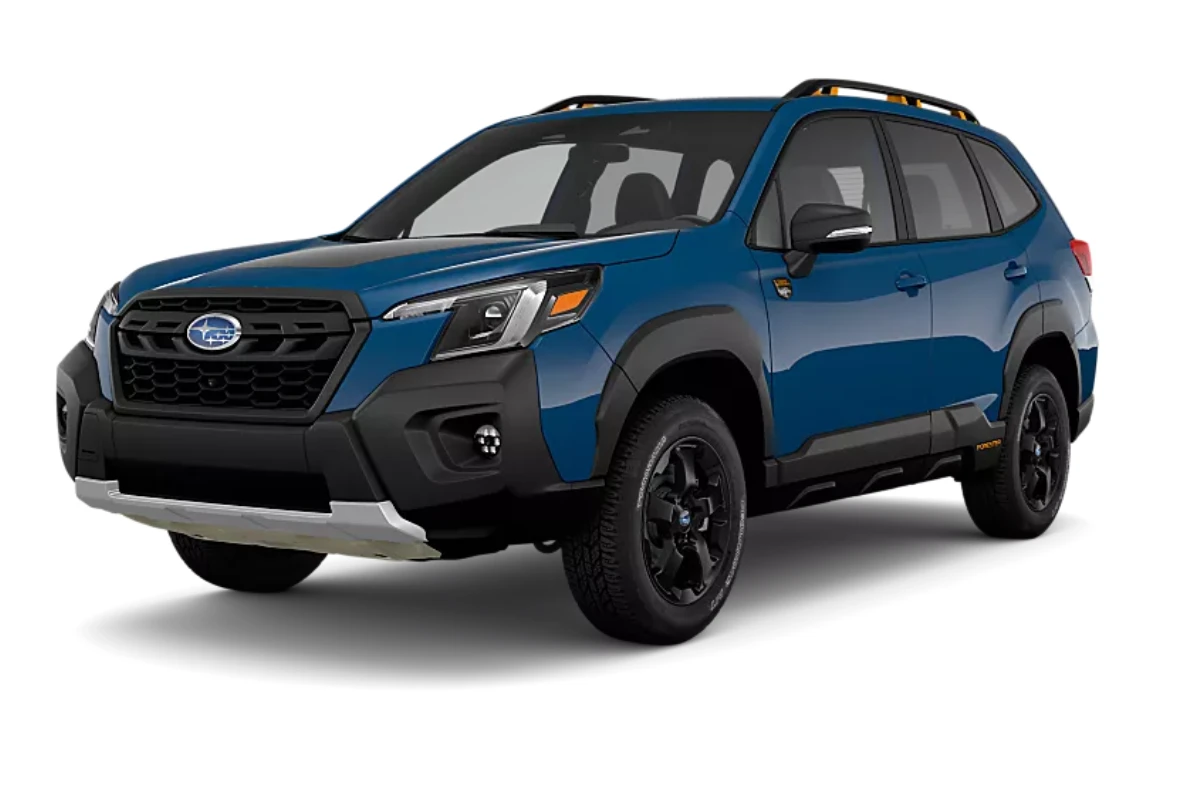
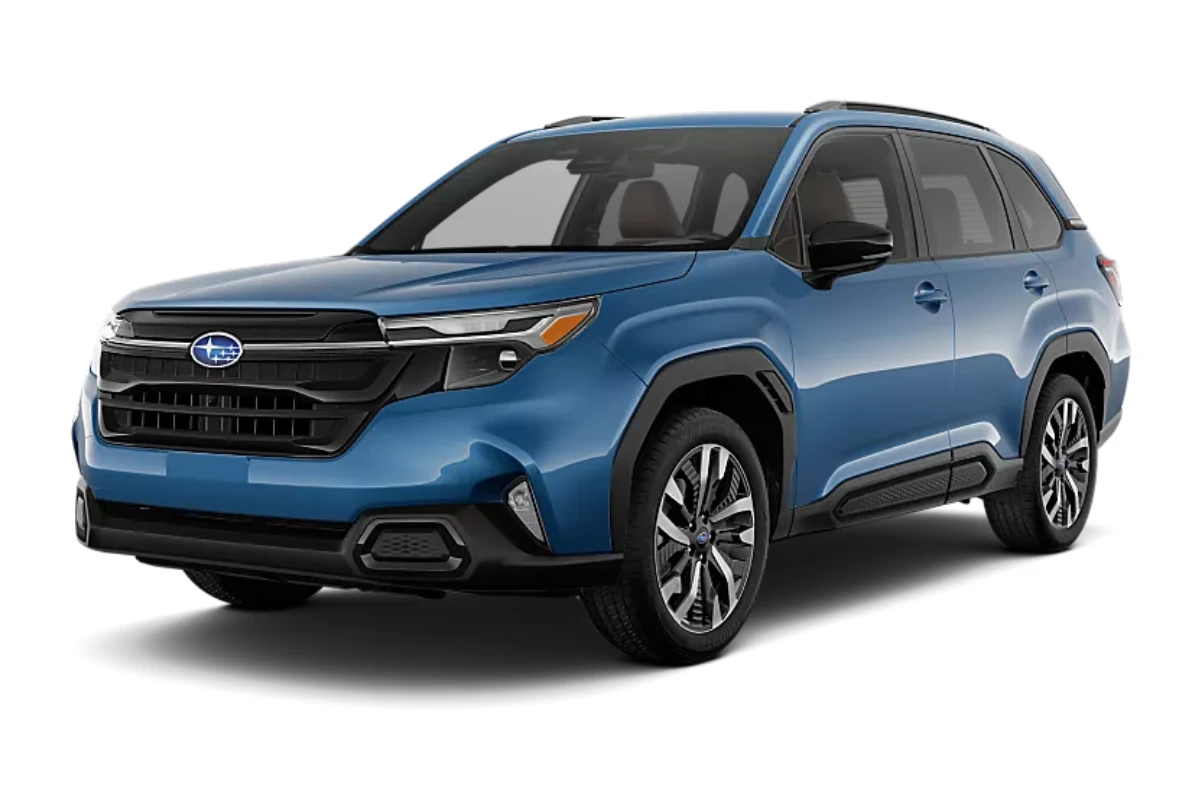
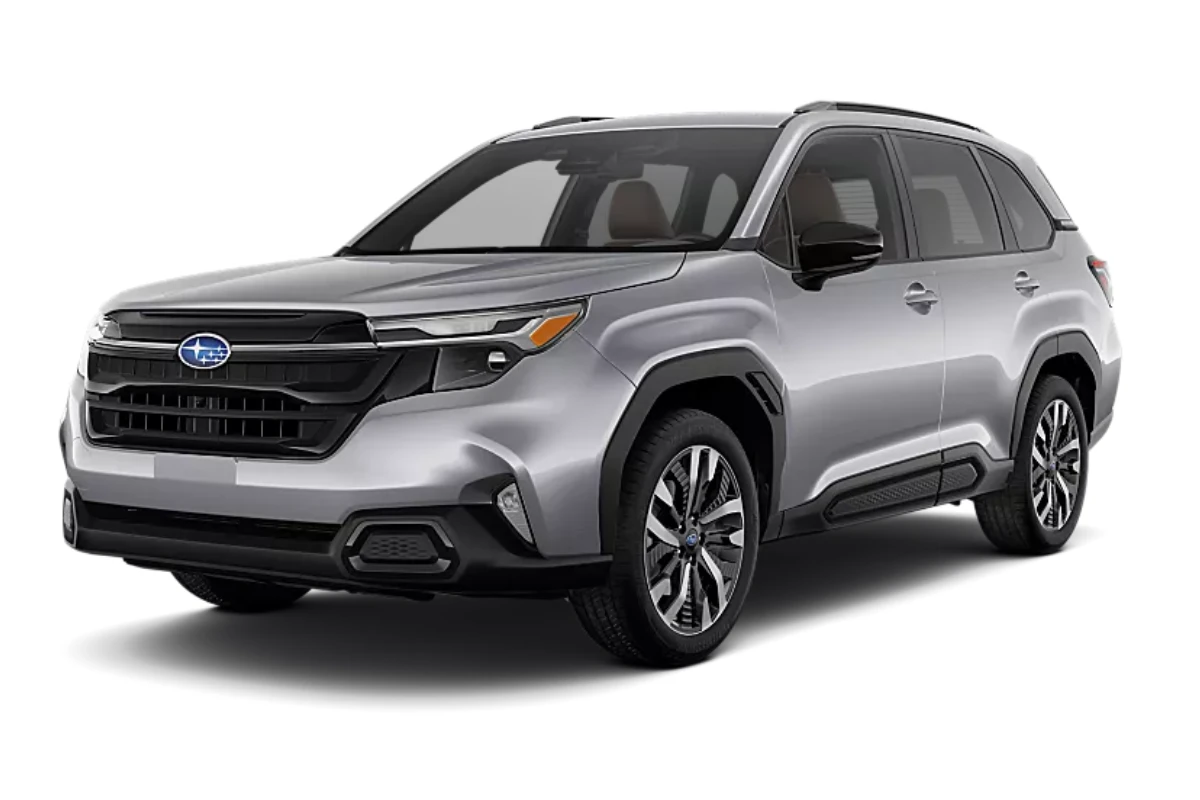
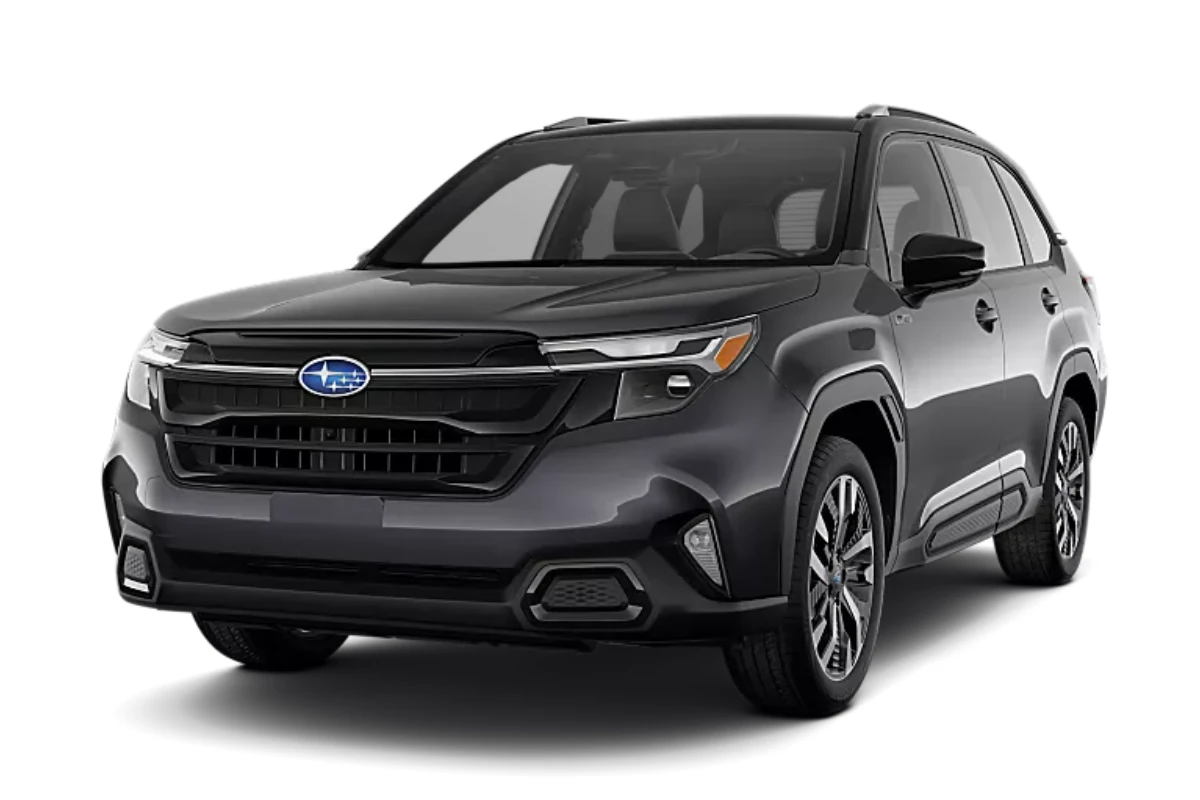
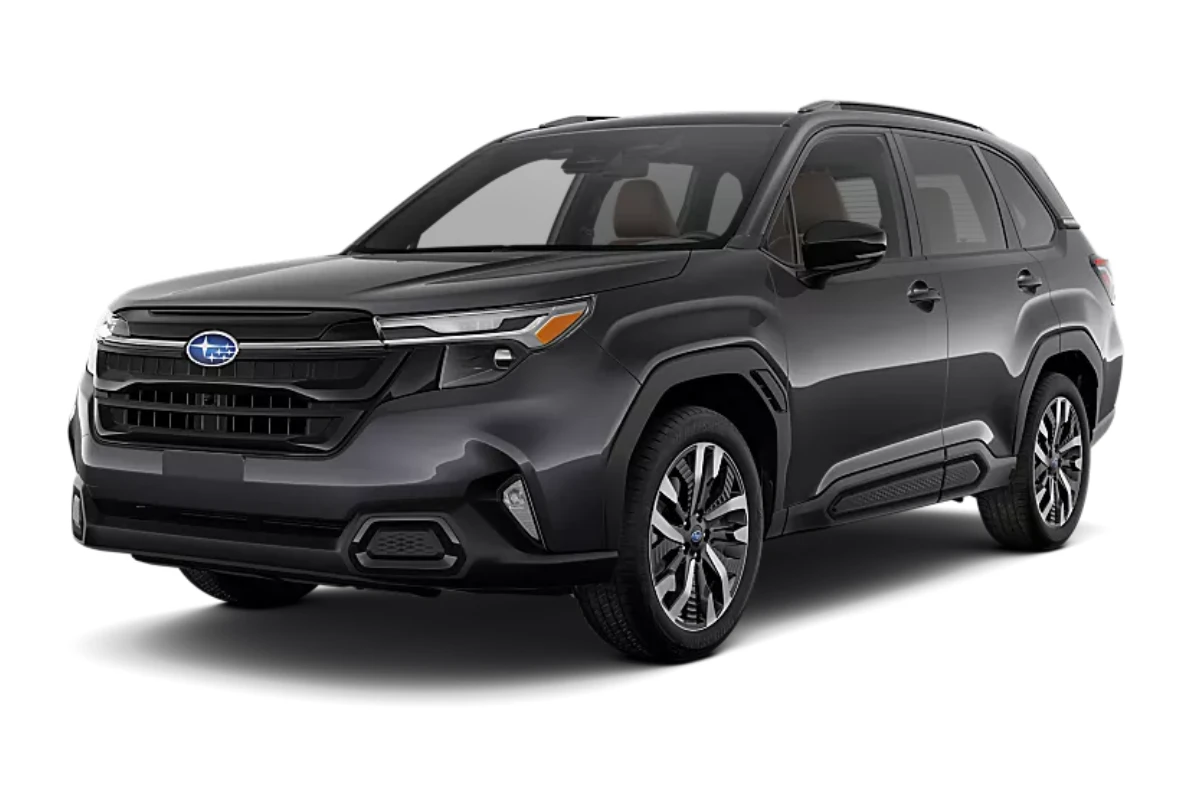
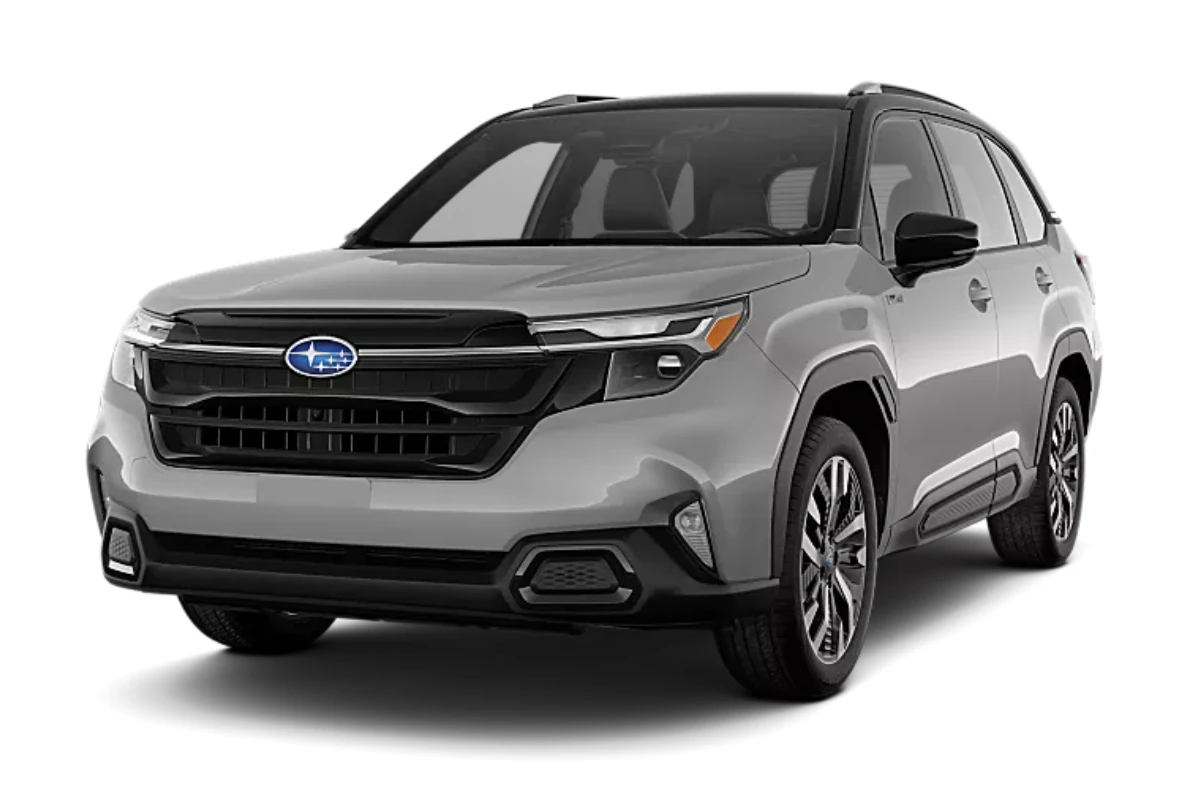
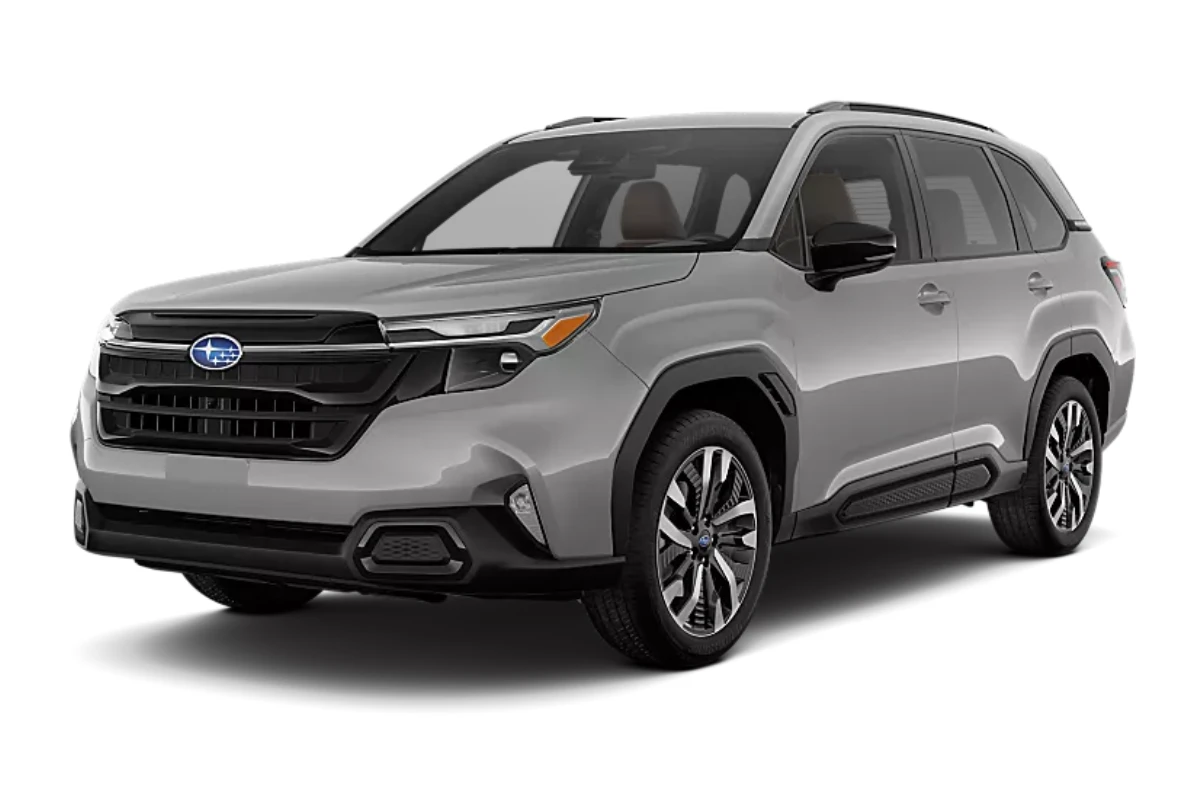
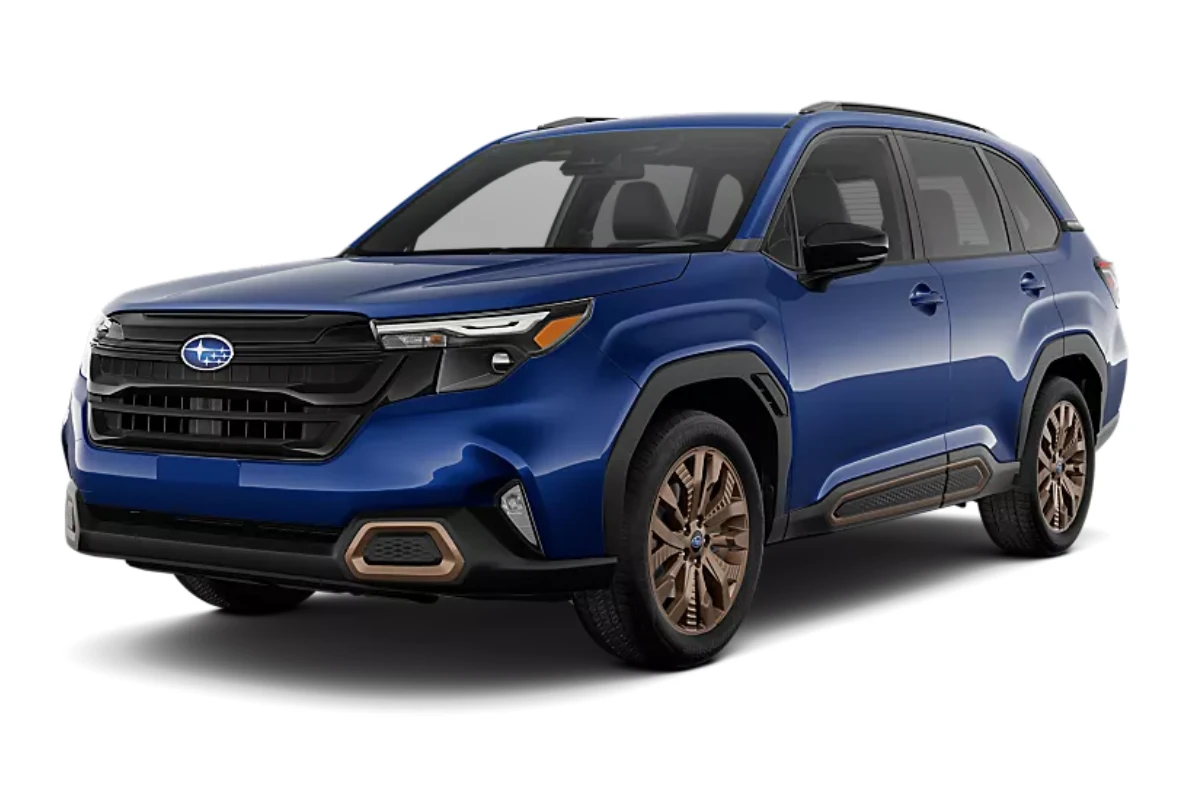
Exterior Dimensions
| Dimension | Forester AWD | Forester Premium AWD | Forester Sport AWD | Forester Wilderness CVT | Forester Limited AWD | Forester Touring AWD |
|---|---|---|---|---|---|---|
| Starting MSRP | $31,415 | $33,730 | $36,230 | $36,415 | $37,830 | $41,715 |
| Wheelbase | 105.1 in | 105.1 in | 105.1 in | 104.9 in | 105.1 in | 105.1 in |
| Overall Length | 183.3 in | 183.3 in | 183.3 in | 182.7 in | 183.3 in | 183.3 in |
| Overall Width (without mirrors) | 72.0 in | 72.0 in | 72.0 in | 72.2 in | 72.0 in | 72.0 in |
| Overall Height | 68.1 in | 68.1 in | 68.1 in | 68.9 in | 68.1 in | 68.1 in |
| Front Track Width | 61.6 in | 61.6 in | 61.8 in | 61.4 in | 61.6 in | 61.8 in |
| Rear Track Width | 61.8 in | 61.8 in | 62.0 in | 61.4 in | 61.8 in | 62.0 in |
| Ground Clearance | 8.7 in | 8.7 in | 8.7 in | 9.2 in | 8.7 in | 8.7 in |
| Liftover Height | 32.2 in | 32.2 in | 32.2 in | 28.5 in | 32.2 in | 32.2 in |
Interior Dimensions
| Dimension | Forester AWD | Forester Premium AWD | Forester Sport AWD | Forester Wilderness CVT | Forester Limited AWD | Forester Touring AWD |
|---|---|---|---|---|---|---|
| Passenger Capacity | 5 | 5 | 5 | 5 | 5 | 5 |
| Total Passenger Volume | 110.8 cu ft | 106.6 cu ft | 106.6 cu ft | 107.6 cu ft | 106.6 cu ft | 106.6 cu ft |
| Front Head Room | 41.2 in | 40.0 in | 40.0 in | 40.2 in | 40.0 in | 40.0 in |
| Front Leg Room | 43.3 in | 43.3 in | 43.3 in | 43.3 in | 43.3 in | 43.3 in |
| Front Shoulder Room | 57.7 in | 57.7 in | 57.7 in | 58.1 in | 57.7 in | 57.7 in |
| Front Hip Room | 54.7 in | 54.7 in | 54.7 in | 54.5 in | 54.7 in | 54.7 in |
| Second Row Head Room | 39.6 in | 37.7 in | 37.7 in | 37.6 in | 37.7 in | 37.7 in |
| Second Row Leg Room | 39.4 in | 39.4 in | 39.4 in | 39.4 in | 39.4 in | 39.4 in |
| Second Row Shoulder Room | 56.7 in | 56.7 in | 56.7 in | 57.2 in | 56.7 in | 56.7 in |
| Second Row Hip Room | 53.7 in | 53.7 in | 53.7 in | 53.5 in | 53.7 in | 53.7 in |
Cargo Dimensions
| Dimension | Forester AWD | Forester Premium AWD | Forester Sport AWD | Forester Wilderness CVT | Forester Limited AWD | Forester Touring AWD |
|---|---|---|---|---|---|---|
| Cargo Space Behind Second Row | 29.6 cu ft | 27.5 cu ft | 27.5 cu ft | 26.9 cu ft | 27.5 cu ft | 27.5 cu ft |
| Cargo Space Behind First Row | 74.4 cu ft | 69.1 cu ft | 69.1 cu ft | 69.1 cu ft | 69.1 cu ft | 69.1 cu ft |
| Cargo Space/Area Length Behind First Row | 70.7 in | 69.9 in | 69.9 in | 69.9 in | 69.9 in | 69.9 in |
| Cargo Space/Area Length Behind Second Row | 36.5 in | 35.7 in | 35.7 in | 35.7 in | 35.7 in | 35.7 in |
| Cargo Space/Area Width at Beltline | 49.2 in | 51.2 in | 51.2 in | 51.2 in | 51.2 in | 51.2 in |
| Cargo Bed Width Between Wheelhousings | 43.3 in | 43.3 in | 43.3 in | 43.3 in | 43.3 in | 43.3 in |
| Cargo Bed Height | 34.9 in | 32.4 in | 32.4 in | 32.4 in | 32.4 in | 32.4 in |
Weight & Capacity
| Dimension | Forester AWD | Forester Premium AWD | Forester Sport AWD | Forester Wilderness CVT | Forester Limited AWD | Forester Touring AWD |
|---|---|---|---|---|---|---|
| Base Curb Weight | 3,510 lbs | 3,569 lbs | 3,611 lbs | 3,620 lbs | 3,613 lbs | 3,664 lbs |
| Fuel Tank Capacity | 16.6 gal | 16.6 gal | 16.6 gal | 16.6 gal | 16.6 gal | 16.6 gal |
| Maximum Towing Capacity | 1,500 lbs | 1,500 lbs | 1,500 lbs | 3,000 lbs | 1,500 lbs | 1,500 lbs |
| GVWR | 4,901 lbs | 4,901 lbs | 4,901 lbs | 4,891 lbs | 4,901 lbs | 4,901 lbs |
Wheels & Tires
| Dimension | Forester AWD | Forester Premium AWD | Forester Sport AWD | Forester Wilderness CVT | Forester Limited AWD | Forester Touring AWD |
|---|---|---|---|---|---|---|
| Front Wheel Size | 17 x 7.0J | 17 x 7.0J | 19 x 7.5J | 17 x 7.0J | 18 x 7.0J | 19 x 7.5J |
| Rear Wheel Size | 17 x 7.0J | 17 x 7.0J | 19 x 7.5J | 17 x 7.0J | 18 x 7.0J | 19 x 7.5J |
| Front Tire Size | P225/60HR17 | P225/60HR17 | P235/50VR19 | P225/60TR17 | P225/55VR18 | P235/50VR19 |
| Rear Tire Size | P225/60HR17 | P225/60HR17 | P235/50VR19 | P225/60TR17 | P225/55VR18 | P235/50VR19 |
| Spare Tire Type | Compact | Compact | Compact | Full-Size | Compact | Compact |
| Spare Wheel Material | Steel | Steel | Steel | Steel | Steel | Steel |
Turning & Maneuverability
| Dimension | Forester AWD | Forester Premium AWD | Forester Sport AWD | Forester Wilderness CVT | Forester Limited AWD | Forester Touring AWD |
|---|---|---|---|---|---|---|
| Turning Diameter (curb to curb) | 35.4 ft | 35.4 ft | 35.4 ft | 35.4 ft | 35.4 ft | 35.4 ft |
2025 Subaru Forester Overview:
So, the 2025 Subaru Forester is officially kicking off its sixth generation, and honestly, it’s got some pretty impressive updates. After putting it through its paces in all sorts of locations—think snowy trails in Montana, bustling city streets, and those twisty coastal roads—we’ve dug deep into what really makes this new Forester stand out in the crowded compact SUV market.
Subaru’s approach here isn’t about reinventing the wheel. Nope, they’ve taken what worked well and just made it better. The end result? A Forester that’s quieter, nicer, and packed with tech, all while keeping that practical, adventurous vibe that Subaru fans have loved since it first hit the roads back in ’97. It’s built on this updated Subaru Global Platform that’s 10% stiffer—so it feels more stable and cuts down on noise, but still rides comfortably as you’d expect.
Now, let’s talk about competition. The Forester is going up against heavyweights like the Toyota RAV4, Honda CR-V, Mazda CX-5, and Hyundai Tucson. The RAV4 is still the sales champ and even offers a hybrid option (which, by the way, the Forester won’t have until 2026). The CR-V gives you more cargo space and has a turbocharged engine, which is standard. The CX-5 is all about that sporty feel and a fancier interior, while the Tucson brings some eye-catching looks and packed features at decent prices. But despite all this stiff competition, the Forester has carved out its own little niche. With standard symmetrical all-wheel drive, great visibility, good ground clearance, and real off-road abilities, it stands out from the crowd.
One of the things people love about the Forester is its incredible versatility—it’s like a “Swiss Army knife” for your everyday needs, whether it’s commuting, family trips, or weekend adventures off the beaten path. The 2025 model takes that up a notch with improved on-road handling while still keeping, and even enhancing, its off-road skills thanks to the upgraded X-Mode system. And that 8.7 inches of ground clearance? It’s better than most rivals, letting the Forester conquer terrains that might leave other compact SUVs in the dust.
Now, tech-wise, the 2025 Forester has taken a big step forward to address some past complaints. It’s got this snazzy 11.6-inch portrait touchscreen, plus wireless Apple CarPlay and Android Auto. The EyeSight safety system now sports three cameras instead of two, and if you opt for the top Touring trim, you’ll even get ventilated seats. These upgrades help the Forester keep up with what its competitors offer while sticking to Subaru’s no-nonsense, user-friendly style.
Also, fuel efficiency isn’t too shabby either—26 mpg in the city and 33 mpg on the highway (though it’s 25/32 for the Sport and Touring trims). They’ve kept the same powertrain, which means the price hike isn’t too crazy, considering all the updates. But it’s worth noting that the lack of a hybrid option right off the bat is a bit of a miss, especially since hybrids are becoming the norm these days. The good news? Subaru has promised a hybrid version will join the lineup in early 2026, which should help fill that gap.
Engine Options and Performance Specs:
The 2025 Subaru Forester is sticking with its well-known horizontally opposed 2.5-liter boxer four-cylinder engine, but hey there are some cool upgrades this time around. So, we’re looking at 180 horsepower, which is just a slight dip of 2 hp from the last model, and torque has bumped up a bit to 178 lb-ft—an increase of 2 lb-ft. You might think these numbers don’t show much change, but Subaru has actually retuned the engine. Now, it hits peak torque at a much lower 3,700 RPM compared to the 5,400 RPM of the previous version. What does that mean? Well, it leads to better low-end responsiveness and makes driving in everyday situations—like starting from a stop or going uphill—a lot smoother.
Now, let’s talk about how the power gets to the ground. It’s all managed through an updated Lineartronic CVT, which they borrowed from the last generation’s Wilderness model and gave it some nice tweaks. This version includes eight virtual “steps” that mimic traditional gear shifts. If you opt for the higher trim levels like Sport, Limited, or Touring, you can even take control with paddle shifters. The wider range of ratios really helps with acceleration off the line and also improves highway fuel economy. During our tests, we noticed the transmission responded quickly to throttle inputs, and the simulated shift points actually felt convincing enough to hide that “rubber band” feeling that CVTs can sometimes have.
When it comes to speed, getting from 0-60 mph takes around 8.6 seconds at sea level, which is decent—putting the Forester right in the middle of the compact SUV crowd. But, here’s something interesting: during our high-elevation tests in Montana, we saw times over 10 seconds. That really shows how the naturally aspirated engine struggles a bit in thinner air. If you’re thinking about passing on the highway, you might need to plan it out a little, as accelerating from 50 to 70 mph takes about 6.4 seconds. These numbers are fine for day-to-day driving, but they don’t quite match up to turbocharged rivals like the Mazda CX-5 and Honda CR-V, which give you a bit more confidence when it comes to highway passing.
The all-wheel-drive system is standard and has been improved for 2025, with quicker response times and better torque distribution. Unlike many competitors that only kick in the all-wheel drive when they detect slippage, Subaru’s system sends power to all four wheels all the time, adjusting the torque split as needed. This means you get an immediate response in slippery conditions without having to wait for wheel slip to kick in first. It’s all pretty seamless, too—you don’t have to do anything special to get maximum traction on wet roads, snow, or gravel.
If you’re looking for more power, you’ll have to hang tight. Subaru has announced that a hybrid version is on the way for early 2026, but they haven’t spilled the beans on specifics like power output or how it’ll all work. This new hybrid should help with the standard Forester’s somewhat modest acceleration while also boosting fuel efficiency. On a bit of a down note, though, there are no plans to bring back the turbocharged XT model from the previous generation, which bummed out some fans who enjoyed that extra power.
As for towing, it’s pretty modest at 1,500 pounds for the standard trims—good enough for small trailers or some recreational gear, but definitely not gonna compete with many other compact SUVs out there. However, the upcoming Wilderness model in 2026 is set to offer a much better towing capacity of 3,500 pounds, which is a big step up and should make it more versatile for folks who need to tow heavier stuff now and then. The standard engine has enough power for light towing, but let’s be real: steeper grades might push that naturally aspirated engine to its limits.
Closer Look at the Subaru Forester Brakes:
The 2025 Subaru Forester comes packed with a solid braking system—up front, you’ve got 12.4-inch vented disc brakes, and in the back, there are 11.8-inch vented discs. This setup really helps in keeping those stopping distances reliable across different driving conditions. When we put the Forester Sport to the test, it managed to go from 70 to 0 mph in just 172 feet. Not too shabby for a compact SUV, right? The relatively light curb weight of 3,656 pounds plays a big role here, helping to keep those stopping distances in check, even though the all-season tires are more about comfort and longevity than gripping the road like a sports car.
Now, let’s talk about that brake pedal feel. It’s pretty progressive and intuitive, which means you can sense the transition from that initial bite to a more powerful braking force. You won’t find any of that annoying sponginess that can sometimes mess with comfort-oriented SUVs. Instead, you get a nice response from the pedal, making it easy to hit just the right amount of pressure for smooth stops when you’re just cruising around town. This predictability is a big plus, especially for drivers who might not be as experienced.
When things get a little more intense—like during an emergency stop or heading down a steep hill—the braking system holds its ground well. It’s got good fade resistance and keeps that consistent pedal feel. Plus, there’s a standard brake-based active torque vectoring system that gently applies brake pressure to the inside wheels when cornering. This really helps with handling, giving you a surprisingly composed ride even with a focus on comfort in the suspension. It all works together seamlessly with the stability control, letting you stick to your line in corners without any weird intrusions.
For those of you who love off-roading, you’re gonna like the Hill Descent Control in the X-Mode system (which is standard on all trims except for the base model). This handy feature takes care of the braking for you when you’re going down steep hills, so you can concentrate on steering instead of fiddling with the brakes. We tested this out in Montana, and it handled those slippery downhill sections like a champ, keeping descent speeds steady even on loose ground.
And there’s more! The Forester also comes with some advanced driver assistance features that boost braking performance. Automatic emergency braking is part of the standard EyeSight safety suite. The 2025 model has been upgraded to include three cameras instead of just two, which means better coverage and detection. The pre-collision braking now does a better job at spotting pedestrians and cyclists, and it works across a wider range of speeds and lighting conditions compared to older models. If you go for the higher trim levels, you also get reverse automatic braking—this nifty feature can spot obstacles behind you and apply the brakes if needed to prevent low-speed collisions, which is super handy in tight spots like parking lots or driveways where you might not see everything clearly.
Steering and Suspension Performance on Various Terrains:
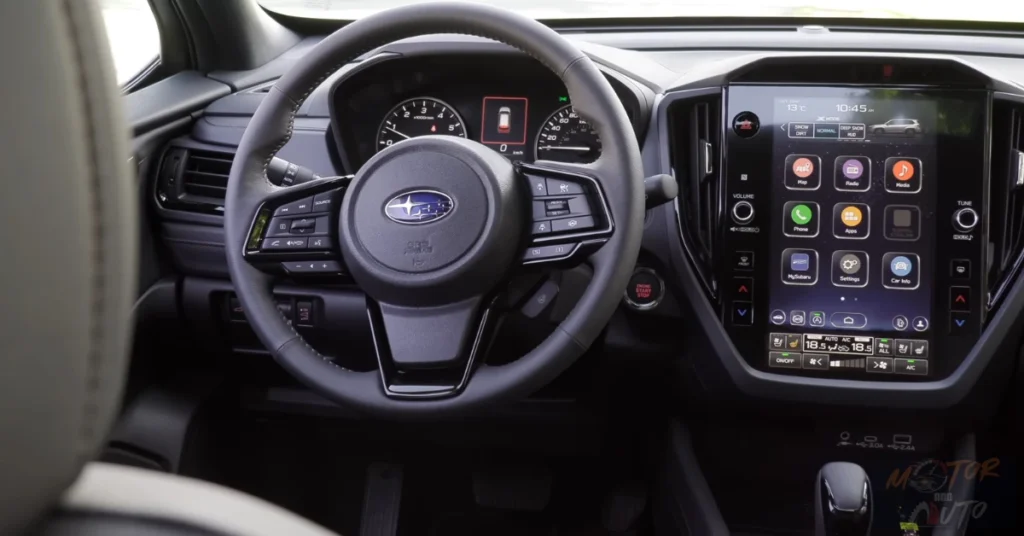
The 2025 Subaru Forester is rolling out some pretty exciting upgrades, especially when it comes to the steering system. They’ve introduced a dual-pinion electric power-assist rack that they took straight from the performance-focused WRX sports sedan. The result? A steering setup that’s not just better—it’s a lot better. You really notice the improved precision and feedback when you’re behind the wheel. It feels direct, which definitely boosts your confidence while driving. The steering ratio hits a sweet spot; it’s quick enough to respond well when you’re changing directions, but not so quick that it gives you that jittery feeling at highway speeds. Honestly, whether you’re navigating a parking lot or tackling some twisty mountain roads, the steering feels just right.
One of the standout features of this new steering system is how it handles rough terrain. In the past, previous Forester models could jolt you when the front wheels hit rocks or deep ruts while off-roading. But this updated system does a much better job of absorbing those bumps. You still get enough feedback to know what’s happening with the front wheels, which is great. It makes the Forester feel more comfortable and boosts your confidence when you’re off the beaten path.
Moving on to the suspension, it’s pretty much the same solid setup with MacPherson struts in the front and a multilink arrangement at the back, but they’ve tweaked the tuning and geometry for 2025. Subaru’s engineers have really focused on ride comfort and compliance this time around. The suspension does a fantastic job of soaking up bumps, potholes, and rough pavement without breaking a sweat. Plus, there’s a 10% increase in chassis rigidity, which gives the suspension a more stable base to work from. This means that they can use softer spring rates without losing control of the body, resulting in a ride quality that passengers will definitely enjoy on long trips.
Now, even with all this focus on comfort, the Forester manages to handle corners surprisingly well. Sure, there’s a little body roll when you first dive into a turn, but the suspension quickly settles down and keeps its composure. You really notice this when you’re testing it out on those winding mountain roads. The Forester tracks through the curves smoothly, without feeling like it’s going to tip over. If you opt for the Sport trim, you’ll get unique suspension tuning with slightly firmer dampers, which helps reduce body motion without sacrificing that comfy ride.
As for ground clearance, it’s an impressive 8.7 inches across all standard trims—better than a lot of competitors in this segment, making it quite capable for light off-road adventures. Thanks to the generous wheel travel, the Forester can maintain traction even when one or more wheels hit dips or obstacles. During our off-road tests, we were consistently amazed at how well the suspension absorbed harsh impacts without throwing the vehicle off track. Looking ahead, the 2026 Wilderness model is set to up the ante with 9.3 inches of ground clearance and some extra suspension tweaks for even tougher terrains.
Tires and Traction:
The 2025 Subaru Forester has quite a few tire options depending on which trim you go for, with sizes ranging from 17 inches to 19 inches, based on the model you choose. For instance, the base and Premium trims come with 17-inch alloy wheels fitted with 225/60R17 all-season tires. These tires strike a pretty nice balance between comfort, fuel efficiency, and the ability to handle various weather conditions. If you step up to the Limited trim, you’ll get 18-inch wheels paired with 225/55R18 tires. And for those opting for the Sport and Touring models, you’ll find bigger 19-inch wheels with 235/50R19 tires. Those larger wheels not only look more impressive but also manage to keep ride quality pretty decent.
During our testing on different surfaces, we noticed that the standard all-season tires offer reliable grip in most everyday driving scenarios. When driving on dry roads, these tires handle corners confidently, even at moderate speeds. They have a nice way of letting you know when they’re approaching their limits, which is great. And when the rain starts pouring? Well, the Forester’s all-wheel drive system kicks in to help distribute power and maximize traction. The tires have wide grooves that help channel water away, keeping you connected to the road and reducing the risk of hydroplaning in heavy rain.
We also tested the Bridgestone Turanza EL450 tires on our Sport model, and they did a good job at keeping road noise down, which helps with the overall quietness inside the Forester. Even on those rough asphalt surfaces that usually make a racket, these tires managed to keep things relatively quiet. That’s a big deal, especially since the Forester has a taller design and larger windows that can sometimes amplify outside sounds. The quieter tire performance fits well with Subaru’s goal of cutting down on noise, vibration, and harshness (NVH) in this new generation.
When it comes to light off-roading, these standard all-season tires show what they can do but also where they might fall short. They handle dirt roads, gravel paths, and light trails quite well, especially with the Forester’s X-Mode traction system. But if you start tackling tougher terrains like mud, deep snow, or loose rocks, the limitations of the all-season tires become apparent. For example, while testing on snowy trails in Montana, the stock tires held up okay in moderate conditions but began to struggle when the snow got deeper or when climbing steep, slippery hills.
Now, if you’re someone who’s planning on more serious off-road adventures, you’ll want to keep an eye out for the 2026 Wilderness model. It’s going to come with Yokohama Geolandar all-terrain tires that are wider—235mm instead of the previous model’s 225mm. These tires are specifically designed to give you better traction in mud, snow, and loose surfaces, all while still being reasonably comfortable on the road. Plus, they’ve got reinforced sidewalls to help resist punctures and damage from trail obstacles. Definitely a solid upgrade for anyone who loves to explore beyond just the paved roads!
Inside the Subaru Forester:
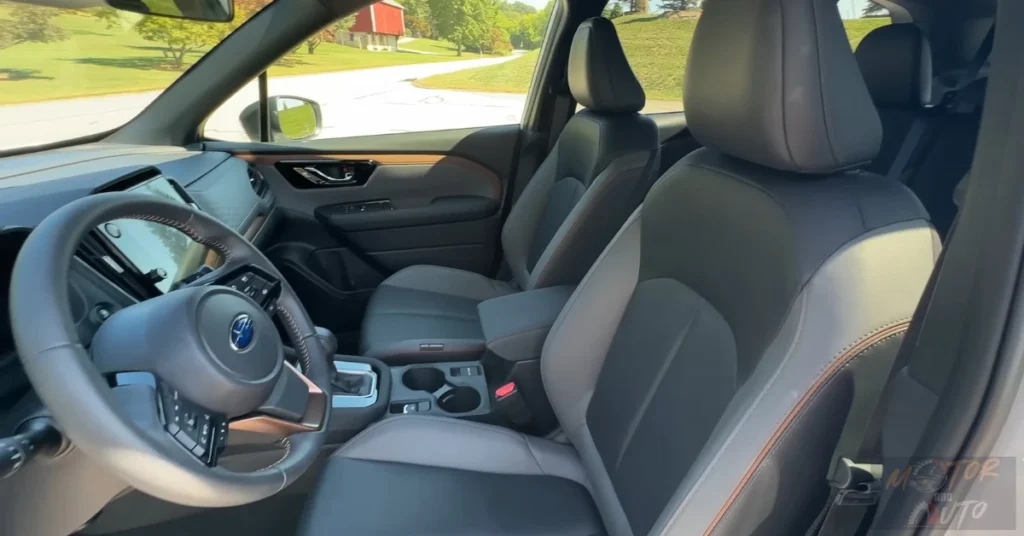


The 2025 Subaru Forester’s interior is like a thoughtful upgrade of what we’ve come to expect from this model’s usually practical cabin design. They’ve added more premium materials and made it visually appealing, all while keeping that great visibility and ergonomic setup that Foresters are known for. The dashboard has a horizontal layout, which gives it a nice sense of width, yet it still has that low, forward-sloping design that helps with seeing the road ahead. Depending on the trim level, you’ll find various accents and materials, which means you can pick an interior style that really suits you—whether you prefer the no-nonsense vibe of the base model or the more upscale feel of the Touring trim.
Material quality? Oh, it’s definitely improved all across the lineup. Now, you have soft-touch surfaces in more places. The upper dash, door uppers, and center armrest are all covered in pleasant, yielding materials, while the harder plastics tend to hang out in lower areas that you don’t touch as often. If you step up to the higher trims, you’ll find even fancier stuff—like the Touring trim, which features perforated leather with Ultra Suede inserts in a nice two-tone brown and black combo. Then there’s the Sport trim, which goes for a younger vibe with water-resistant StarTex upholstery, showcasing unique hexagonal patterns and some eye-catching bronze accents thrown in for good measure. The stitching also gets a bit of flair—blue in some models, orange in the Sport, and brown in the Touring.
Subaru has done a neat job of incorporating various textures all throughout the cabin, adding both visual and tactile variety. The dash has this subtle hexagonal pattern embossed into the soft-touch material, and some trim levels even feature decorative panels that mimic metallic or wood finishes. These textures add a nice visual depth without being too distracting or overwhelming. Overall, it creates a more sophisticated atmosphere, but it still keeps function at the forefront—exactly what you’d want in a Forester. Sure, some folks might think the textured dashboard is a bit much, but honestly, most will likely appreciate the added effort to elevate the interior beyond just being utilitarian.
Now, when you step inside, the centerpiece of most Forester interiors is the impressive 11.6-inch portrait-oriented touchscreen (that’s standard on Premium trims and up). It really takes center stage with its tablet-like look. This vertical setup makes it easy to separate functions logically, with climate controls always visible at the bottom for quick access, no matter what screen you’re on. And hey, you still get those physical knobs and buttons for things like volume and temperature—definitely a nice touch for those who like the tactile feel. The base model, on the other hand, settles for dual 7-inch displays. They might not look as flashy, but they do offer similar functionality with a more traditional layout that some might actually prefer for its simplicity.
When you’re driving at night, the interior lighting is well thought out; it boosts both functionality and ambiance. LED map lights shine bright when you need them, and the available panoramic sunroof (standard on Premium and above) lets in a ton of natural light during the day. The instrument panel has clear, easy-to-read gauges lit up with white illumination and accented with blue, making them legible in all lighting conditions. While some competitors have switched to fully digital clusters, Subaru has stuck with a more traditional approach, keeping physical gauges alongside a multi-information display. This display shows all kinds of vehicle data, like how the all-wheel drive is functioning, fuel economy stats, and the status of driver assistance systems.
Exterior Design Impressions:
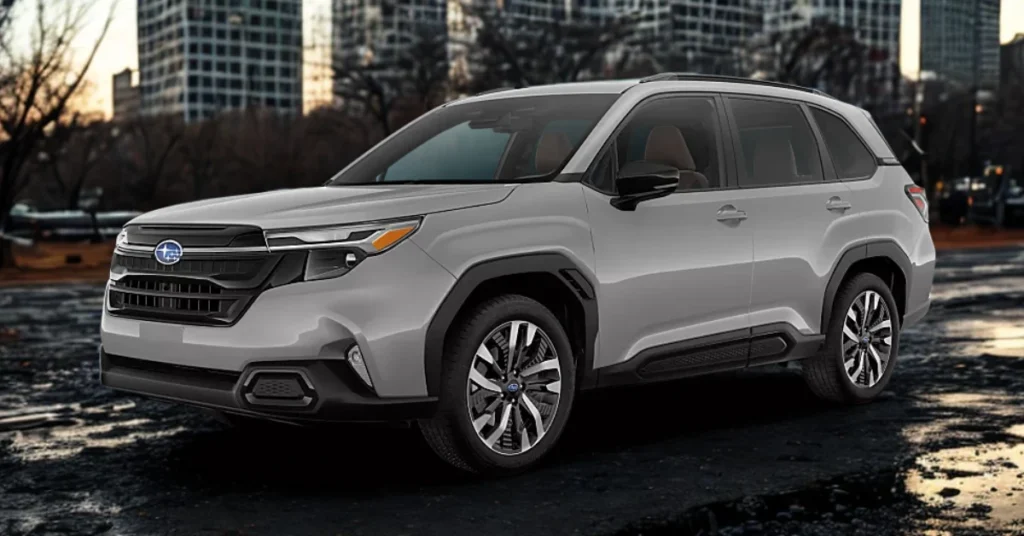


The 2025 Subaru Forester is rolling out with a fresh new look that still keeps the classic shape we all know and love, but it’s got some modern touches that make it stand out even more. You can’t help but notice that big hexagonal grille at the front—it’s hard to miss! It’s flanked by those sleek LED headlights that come with daytime running lights. And get this: These headlights are steering-responsive, which means they turn as you steer, making it easier to see around corners. The nose is a bit bolder this time, and the longer hood gives it a more commanding presence than earlier models. Some folks have even pointed out that the grille design kinda resembles certain Ford models, but who knows?
As we move along the side, the Forester keeps its tall windows—this is great for visibility and that airy feel inside, you know? The beltline is kept low, which helps with that great outward view that we’ve come to expect from the Forester. Plus, there are functional air vents behind the front wheels that help with stability at higher speeds. The wheel arches have this rugged black cladding that protects against those pesky stone chips and adds to the overall tough vibe of the vehicle. Wheel designs change depending on the trim, from 17-inch alloys on the base models to fancy 19-inch wheels on the Sport and Touring trims. Speaking of Sport, that model really pops with its unique wheels that have bronze accents matching other bronze details on the car.
Roof rails? Yep, they’re standard on all trims for 2025! However, the design does differ a bit. Most trims get raised roof rails that make it easy to tie down all your gear, while the Sport model opts for a sleek, low-profile design. Both designs are made to hold things like cargo boxes, kayak carriers, or even roof tents—Subaru says they’re sturdy enough for tent loads. Oh, and there’s a panoramic glass moonroof that stretches from just behind the front pillars all the way to the rear, making the cabin feel really open and airy while still keeping that strong structure needed for safety.
Now, let’s talk about the back. It’s got that clean look with vertically oriented LED taillights that are clear and bright without going for the full-width light bar trend that others are jumping on. The liftgate showcases a bold “FORESTER” badge that spans almost the entire width, and there’s a subtle spoiler that helps with aerodynamics and adds a bit of flair. The lower bumper has black cladding that ties in nicely with the side sills, giving it a unified appearance. There’s a single chrome exhaust outlet on the passenger side that hints at the vehicle’s not-so-ambitious performance, but interestingly, there’s a cutout on the driver side that looks like it could support a dual-exit exhaust in future models or if you want to modify it afterward.
Every trim level has its own styling tweaks, giving each a unique personality. The Sport trim stands out with its bronze accents on the grille, roof rails, and side cladding, plus darker headlight bezels and its own exclusive wheels. And keep an eye out for the 2026 Wilderness model—it’s gonna have an even tougher look with a higher ride height, all-terrain tires, protective skid plates, and those cool anodized copper accents and recovery points, showing off its serious off-road potential. On the flip side, the Touring model leans towards the premium side with extra chrome detailing, body-colored elements, and special wheel designs that scream sophistication.
Comfort and Convenience Features
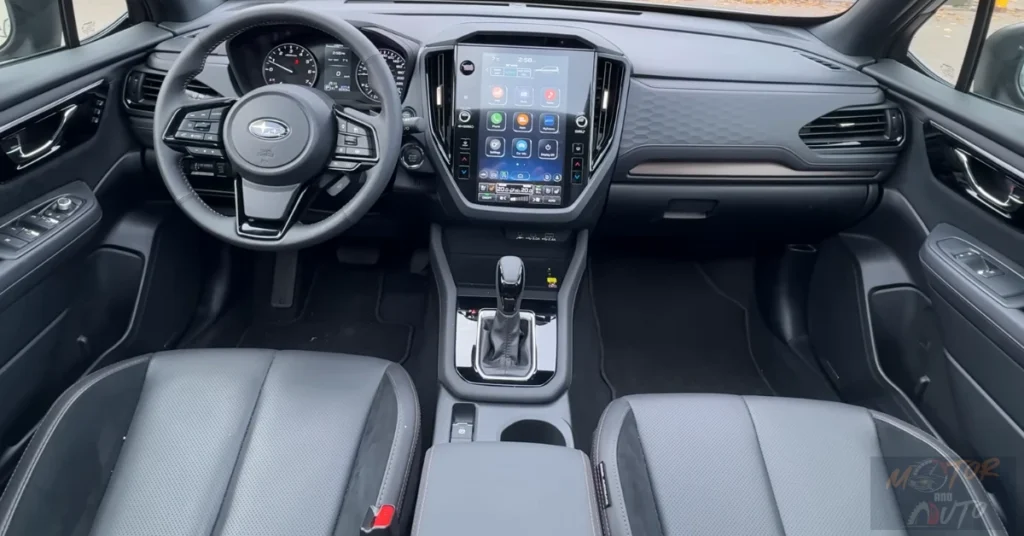
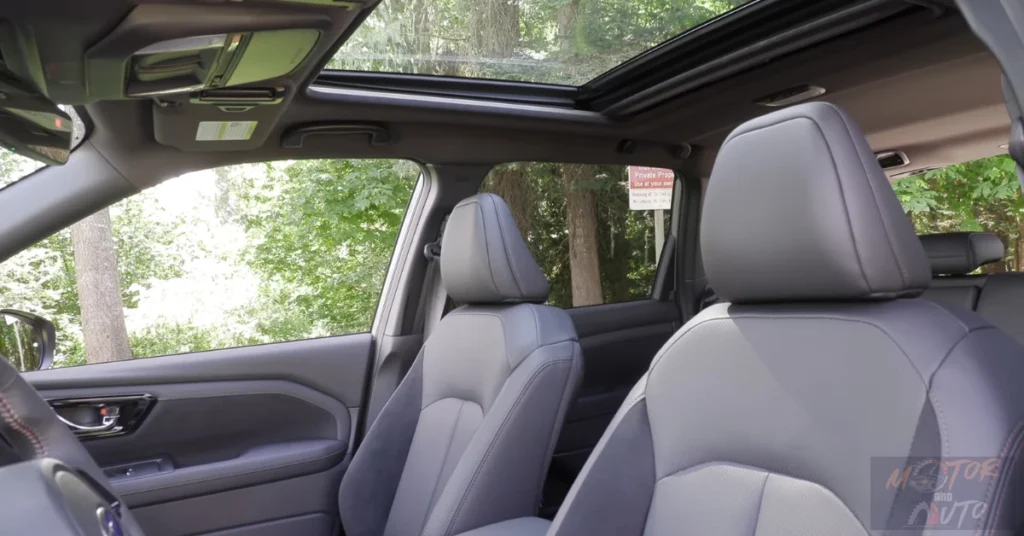
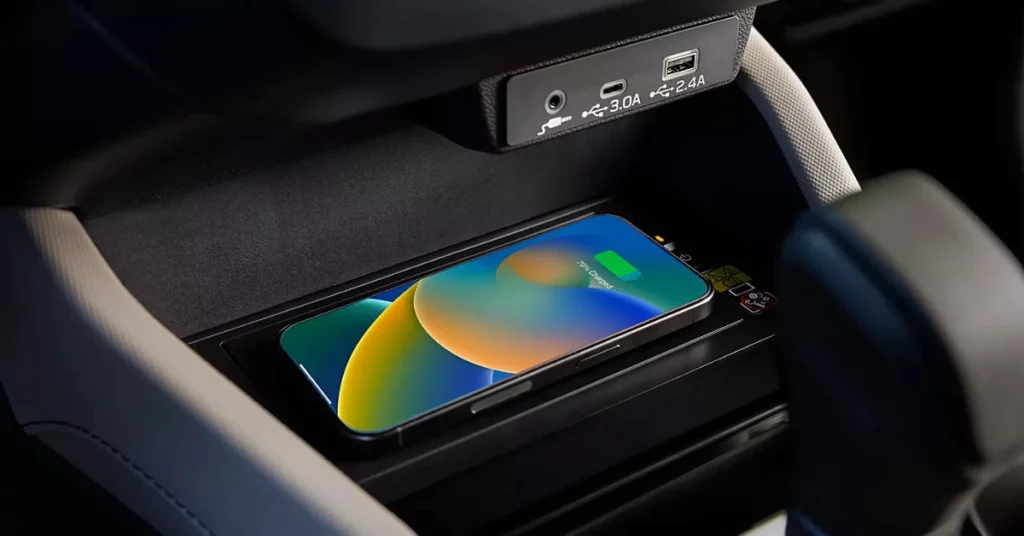

The 2025 Subaru Forester really shines when it comes to comfort and convenience features, making it easy to use in daily life. You sit up high, giving you a great view of the road, and the large windows help with visibility, too. The front seats have been totally revamped this time around, offering better back support and more side bolstering. We took the Forester out for some long drives on different terrains, and honestly, those seats are comfy enough for hours on the road—you won’t be feeling tired anytime soon. If you go for the Premium trim or higher, you get a 10-way power-adjustable driver’s seat with lumbar support. Plus, in the Limited and Touring trims, the front passenger gets an 8-way power seat as well. Nice touch, right?
About climate control—it’s been improved quite a bit to keep you comfy no matter what the weather’s like outside. All trims now have dual-zone automatic climate control, which means the driver and front passenger can set their own temperatures. And heated front seats? They’re standard on all but the base model in North America, so you can warm up fast on chilly mornings. The Touring trim has something new, too: ventilated front seats for the first time ever in a Forester. They’re a godsend when the heat turns up. Rear passengers are in good hands as well, with rear climate vents standard on Premium trims and above, making sure everyone’s comfortable. And if you opt for the Touring trim, you also get heated rear outboard seats—perfect for those winter days.
Getting in and out of the Forester is a breeze, thanks to its upright design and wide door openings that swing open nearly 90 degrees. This makes it super easy for folks of all ages and mobility levels to hop in and out. The seat height is just right—not so high that you have to climb up, but high enough to give you that commanding view of the road. And with standard keyless entry and push-button start on all trims, no more fumbling for keys! One little thing to note, though: it doesn’t have that walk-away auto-lock feature that some other cars do. Higher trims do come with memory seating, which can save positions for two different drivers and adjusts automatically when you unlock the vehicle with your key fob.
When it comes to storage, the Forester shows it understands what people need. The front door pockets can fit big water bottles, and the center console has dual cupholders that can hold everything from small coffee cups to larger travel mugs. The console bin has decent storage space, though it might not be as big as what some competitors offer. There’s also a wireless charging pad (standard on Premium and above) at the base of the center stack, and it’s big enough for even the largest smartphones. Throughout the cabin, there are USB ports (both Type-A and Type-C) to keep your devices charged up, with extra ports in the back for rear passengers in the Premium trims and up. The glovebox is roomy enough for your owner’s manuals and a few extra items, and there’s even an overhead sunglasses holder for added convenience.
So, here’s the scoop on the voice recognition tech for 2025—it’s really come a long way! Now, instead of having to memorize specific commands, drivers can just chat with their car. You might say something like, “I’m cold,” and boom, the temperature goes up. Or, “Hey, find a coffee shop nearby,” and it starts navigating for you. It usually gets these simple requests right, but yeah, throw in something complex, and it might struggle a bit. The great thing about this natural voice interface? It cuts down on distractions, letting you keep your eyes on the road instead of fiddling through menus. And if you’ve got one of the higher trims, the navigation system features TomTom mapping with traffic info, though let’s be honest, a lot of folks might still prefer the more updated maps from their phone apps—Apple or Google, anyone?
About the X-Mode all-terrain system: For 2025, it’s getting some cool upgrades, depending on what trim you choose. If you’re not rocking the base trim, you’ll get standard X-Mode, which has settings for Snow and Dirt. This optimizes your all-wheel drive, traction control, and throttle response when the going gets tough. If you step up to the premium trims, you’ll get the dual-function X-Mode with a Deep Snow/Mud setting for those gnarly situations. This advanced mode allows for more wheel slip, which helps keep you moving over tricky terrain. Plus, both versions come with Hill Descent Control, which manages braking to keep a steady pace down steep hills. We tried this out in Montana, and let us tell you, it did an amazing job keeping traction on slippery ground—making the Forester a champ even in scenarios that would stump many compact SUVs.
Oh, and the Touring trim? It’s got this nifty DriverFocus distraction mitigation system. This cool tech uses facial recognition to keep tabs on how attentive you are while driving. But it’s not just about safety; it can recognize up to five different drivers! So, when you hop in, it automatically adjusts the seat, mirrors, climate settings, and even your music preferences based on who’s driving. It works well in different lighting, and yes, it can even spot you if you’re wearing glasses or shades. There’s also a new emergency stop feature that can sense if a driver is incapacitated and safely stop the vehicle—pretty advanced stuff that you don’t see everywhere.
Now, when it comes to connectivity, you won’t be disappointed. There are plenty of USB ports—Type-A and Type-C—spread throughout the cabin, so everyone can stay charged up. If you opt for the premium trims, there’s even a wireless charging pad for most modern smartphones, although we did find it could be hit or miss with certain phone models and cases. The STARLINK connected services platform is a game-changer too. With the app, you can do things like check where your car is, start it remotely (with climate control adjustments, of course), and get diagnostic alerts. If you pay a bit more for higher subscription tiers, you can unlock concierge services, stolen vehicle recovery, and automatic collision notifications. It might not be as extensive as some luxury systems, but it definitely adds some handy features to your daily drive.
Lastly, the 360-degree camera system is standard on the Touring trim—it’s a lifesaver for low-speed maneuvers in tight spots. This system gives you a bird’s-eye view of your vehicle and its surroundings, making parking a breeze. The resolution is decent, not the best out there, but the interface lets you switch between different views to fit whatever situation you’re in. Plus, there’s a digital rearview mirror, exclusive to the Touring trim, that uses a rear-mounted camera. This means you get a clear view behind you, no matter how many passengers or how much cargo you have—great for when your trunk is stuffed to the brim, getting rid of those pesky blind spots that can come with a full vehicle.
Safety and Security:
The 2025 Subaru Forester keeps pushing the brand’s dedication to safety with a solid range of both standard and optional features. At its core, it has a toughened structure designed to meet or even surpass the latest crash test standards, including those tougher side-impact tests that the Insurance Institute for Highway Safety (IIHS) just rolled out. With the updated Subaru Global Platform, it now absorbs crash energy better while still keeping a strong passenger cell intact—this means it’s got your back in a bunch of different collision scenarios. Sure, we didn’t have the official crash test results when we checked it out, but the last Forester consistently scored top marks from both NHTSA and IIHS, so we’re pretty confident the 2025 version will keep or even build on that impressive track record.
Now, let’s talk about Subaru’s well-known EyeSight driver assistance system. It’s getting some noteworthy upgrades in 2025, moving from two cameras to three! This means that, in addition to the usual stereo camera setup, there’s now a new wide-angle mono camera that widens the system’s view—especially handy for spotting pedestrians, cyclists, and cars coming from the sides at intersections. This upgraded arrangement allows for quicker and more precise detection of potential dangers, giving the system more time to warn the driver or even step in if needed. During our trials, we noticed it had fewer false alarms compared to previous models while still keeping a close watch on the road.
Across all trim levels, you’ll find standard active safety features like automatic emergency braking, adaptive cruise control, lane departure warning with lane-keeping assist, and lead vehicle start alert. The adaptive cruise control works like a charm in all sorts of traffic situations, keeping a safe distance without sudden stops or starts. And the lane-keeping assist? It gives gentle nudges if you start to drift toward the lane markers, but it’s not overbearing, which is nice. A new addition for 2025 is an emergency stop function that can sense if a driver is unresponsive while using adaptive cruise control—like if they’re not turning the wheel or responding to prompts—and it will safely bring the car to a stop with the hazard lights on. This could be a real lifesaver in case of medical emergencies.
If you go for the higher trims, you’ll get blind-spot detection along with rear cross-traffic alert, which is super helpful when changing lanes or backing out of parking spots. The Premium trim and above also come with reverse automatic braking, which can spot obstacles behind the vehicle and hit the brakes if necessary to avoid or lessen a collision. The Touring trim stands out with its DriverFocus system, which uses facial recognition tech to catch signs of distraction or drowsiness. It can recognize up to five different drivers and will adjust the seat, mirrors, and climate controls based on who’s behind the wheel. We found that it did a great job of noticing when someone’s attention wandered from the road for too long and provided gentle but clear alerts to help bring their focus back.
As for security features, all trims come with standard remote keyless entry. If you opt for the Premium trim or higher, you’ll get Subaru’s PIN-code access system, which lets you get in without fumbling for your key fob—super handy for situations like swimming or hiking. There’s also an engine immobilizer system and security alarm on every model to help deter theft. Plus, Subaru’s STARLINK Safety and Security connected services (available on Premium trims and up) add extra peace of mind with features like automatic collision notification, emergency assistance, vehicle recovery if stolen, and remote services like a vehicle locator and remote engine start through a smartphone app. And while the Forester doesn’t come with a digital camera rearview mirror as standard, the Touring trim does offer this feature, which uses a rear-mounted camera to give you a clear view, even if the cargo area is packed to the brim.
On the Road with the Subaru Forester:
Getting behind the wheel of the 2025 Subaru Forester is an interesting experience. You feel this blend of comfort, confidence, and capability no matter where you are driving. Right off the bat, you notice the seating position—it’s commanding—and the visibility is just amazing. You get this panoramic view that’s hard to find in many other vehicles. With those big windows and thin pillars, along with a low dashboard, it feels open and airy. Honestly, it’s great for those who tend to feel a bit closed in. Plus, this visibility isn’t just a city perk; it really shines when you head off-road, helping you spot obstacles before you hit them.
Subaru has refined things for this model. The noise isolation is much better, so those long highway trips feel more relaxed. They’ve packed in sound-deadening materials and even used acoustic glass in the front windows on the higher trims. So, while you can still hear the boxer engine when you accelerate, it settles into this nice, distant hum when you’re cruising. The stiffer chassis is a big plus too—it cuts down on those structural vibrations that you might’ve felt in older models, enhancing that overall feeling of refinement. They’ve tackled one of the main complaints from past Forester fans without losing the down-to-earth vibe that makes this car so appealing.
When it comes to the suspension, it’s all about comfort—without feeling too disconnected from the road. The Forester handles bumps and imperfections like a champ, soaking up harsh impacts before they even reach you inside. Now, don’t get us wrong; it’s not like you’re floating on a cloud. Sure, there’s some body roll when you push it hard around corners, but it settles down quickly and keeps its composure. The dual-pinion steering system feels more precise too, giving you the right amount of feedback as you navigate those winding mountain roads. You can really trust it to handle well, without pretending to be a sports car.
Now, if you take it off the beaten path, the Forester shows its true colors. With a standard ground clearance of 8.7 inches, it’s got more than enough room to tackle rough dirt roads, rocky trails, and even some water crossings without scraping anything important underneath. The X-Mode system is a nice touch, tweaking the all-wheel drive, throttle response, and traction control for tougher conditions. We tested it on some snowy mountain trails in Montana, and it conquered terrain that would leave a lot of other crossovers stuck. That dual-function X-Mode (available on Premium trims and above) really shines in deep snow and mud, letting you move through tough spots that would normally be a problem for compact SUVs.
Under the hood, the naturally aspirated engine offers decent power for daily driving. Still, it doesn’t quite match the snappy response you’d get from turbocharged rivals when you need to accelerate fast. In town, you can definitely feel the improvements in low-end torque, making it easier to get going from stops or gradually speed up. But, if you’re looking to pass someone on the highway, be prepared to plan ahead and push the pedal down a bit; it does require some effort, and the engine can sound a bit strained when you’re asking for that extra oomph. The CVT tries its best to keep the engine in its sweet spot, and those simulated shift points help a lot with that “rubber band” feel that CVTs can sometimes have.
Fuel efficiency? It’s one of the Forester’s strong suits. Our real-world tests lined up pretty closely with the EPA ratings: about 26 mpg in the city and 33 on the highway (or 25/32 for the Sport and Touring trims). Plus, that 16.6-gallon fuel tank gives you a fantastic cruising range—over 500 miles before you need to fill up on the highway. This, paired with standard all-wheel drive, makes the Forester a solid choice for anyone dealing with tough weather all year round.
The SI-Drive system is standard across all trims, offering two driving modes: Intelligent and Sport. Intelligent mode is all about efficiency, with a gentler throttle response, while Sport mode kicks things up a notch, giving you that immediate power you might crave. Unlike some competitors that mess with the suspension settings, these modes focus on how the throttle and transmission behave. It’s a straightforward setup that really fits the Forester’s practical character, offering flexibility without complicating things too much. Most driving situations will be just fine in Intelligent mode, but when the road gets twisty, you’ll want to switch to Sport for that quick response.
Subaru Forester Rear Seat Comfort
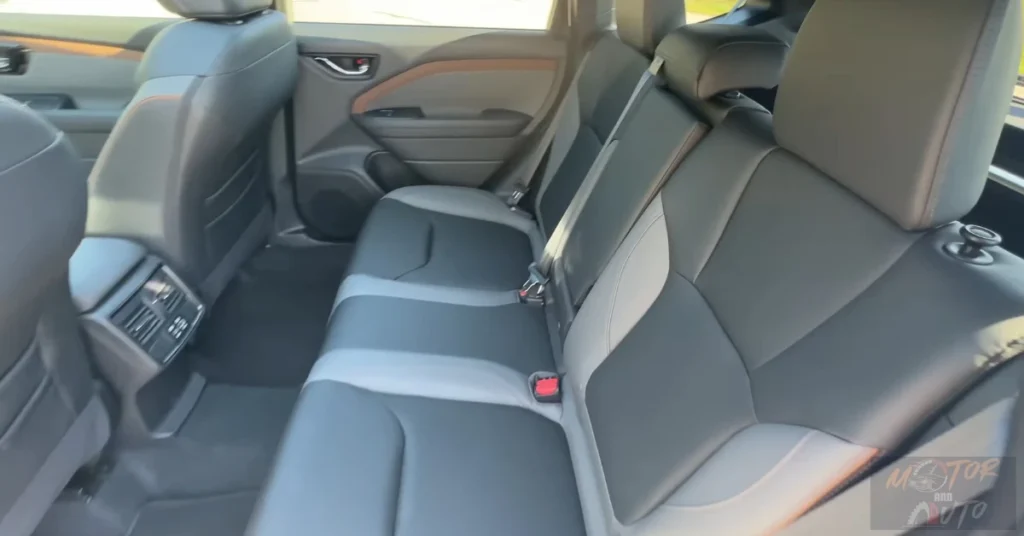
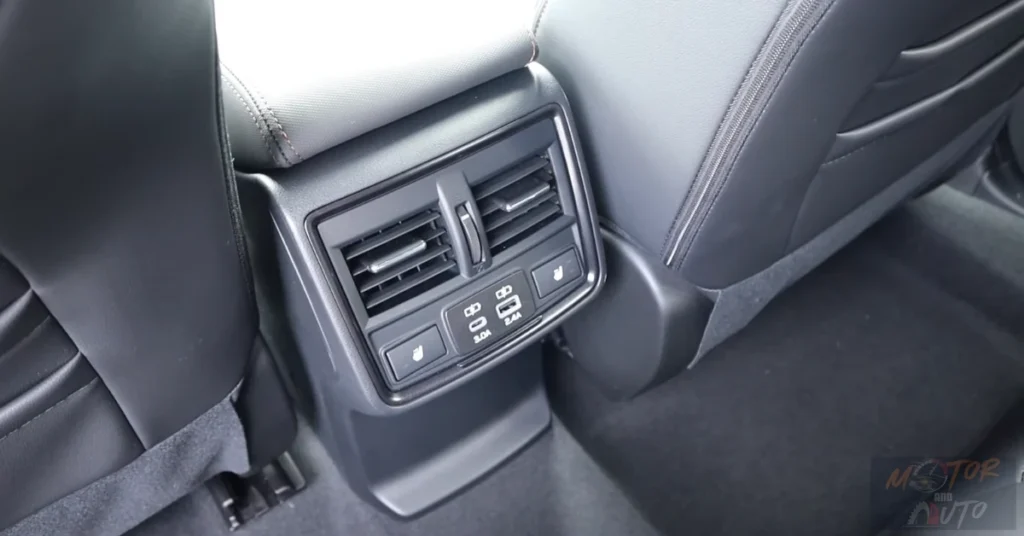
When it comes to the rear seating area, the 2025 Subaru Forester really shines—it’s one of the most comfortable spots you’ll find in the compact SUV world. With a generous 39.4 inches of legroom—about two inches more than the Toyota RAV4—it’s hard to argue that this vehicle doesn’t prioritize comfort for adult passengers, even on those long drives. This extra legroom lets folks in the back stretch out a bit, sidestepping that annoying knee-to-seatback situation that so many compact SUVs have. We had a chance to test it out and believe us, even taller folks, like those six-footers, found it comfy sitting behind a driver of similar height without feeling all squished.
Now, the rear bench: It’s got a nice, thoughtful shape that supports the thighs well, plus a slightly elevated seating position. Subaru calls this “stadium seating,” and it does give everyone a great view out front. This raised setup can actually help reduce motion sickness for those who might be prone to it, and it just makes the whole cabin feel roomier. Most trims have a fixed seatback angle, unlike some competitors that offer an adjustable recline. But honestly, the angle they’ve chosen strikes a solid balance—it’s comfortable enough without being overly complicated. And the quality? It’s there! The rear seats get the same nice materials as the front, with Premium trims getting upgraded cloth, the Sport adding water-resistant StarTex, and the Limited and Touring models showcasing leather along with matching door panel inserts.
As for convenience features, they do vary a bit depending on the trim level, but overall, they’re well-equipped. Premium models and up come with rear-seat climate vents right on the back of the center console, which is great for keeping the airflow nice and comfy. Plus, you’ve got dual USB ports (both Type-A and Type-C) conveniently located there too—perfect for keeping your devices charged on those longer trips. The Touring trim even adds heated rear outboard seats, which is rare in the non-luxury compact SUV game. And if you’re not in the base trim, you’ll find a fold-down center armrest with cupholders—super handy for resting your arms or keeping drinks secure while you’re on the go.
Getting in and out of the back seats is a breeze thanks to the Forester’s squared-off roofline and those big door openings. The doors swing open almost 90 degrees, making it way easier to install child seats or help older folks in and out—so much better than those sportier models with sloped roofs and smaller door frames. The floor is mostly flat, with just a tiny hump in the middle that barely intrudes on foot space. This layout makes it easier to fit three across compared to many rivals, though, like any compact SUV, three adults might find it a bit snug after a while.
When it comes to storage, rear passengers get seatback pockets on both front seats—on higher trims, these even have a dual-tier design, which is pretty nifty. The door panels have bottle holders and a bit of extra storage for smaller items, although they’re not as roomy as the ones in the front. Overall, the rear area feels like it was designed with genuine passenger comfort in mind, not just an afterthought. It’s a great pick for families or anyone who often travels with a few friends. During our long road tests, adults in the back consistently rated their comfort high, with hardly any fatigue, even after hours of continuous travel.
Bootspace and Practicality
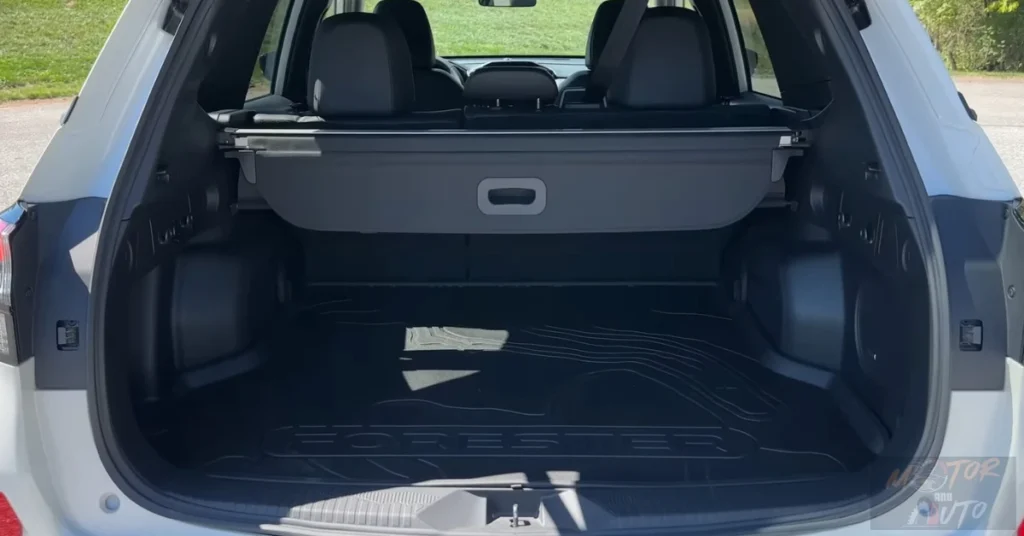
It has about 29.6 cubic feet of space behind the rear seats, which is decent but not exactly top of the class. But, hey, just looking at numbers doesn’t tell the whole story. The Forester’s boxy, upright shape means that this space is super usable, and that wide, square opening? It makes loading up bulky stuff a whole lot easier compared to those competitors with those sleek, sloped roofs. And the liftgate? It’s designed to open high enough to avoid bumping into tall folks’ heads—definitely a win when you’re loading or unloading.
The load floor is at a comfy height too, which is great for lifting heavier items in and out. It really strikes a nice balance between being easy to access and making sure you’re using all that vertical space wisely. Under the cargo floor panel, there’s a temporary spare tire, plus a little storage spot around it that’s just right for stashing away emergency gear or stuff you don’t use all that often but want to keep handy.
Now, if you go for the higher trims, you’ll get a power liftgate. The Limited and Touring trims even have this cool hands-free feature—you just wave your foot to open it, which is super handy when you’re juggling bags of groceries or camping gear.
And let’s not forget those smart cargo management features in the rear. There are dedicated tie-down points with integrated hooks, which are perfect for securing various items. You can even get optional cargo bars that let you create separate compartments or work as bag hooks. If you opt for the premium trims, there’s a retractable cargo cover that hides your valuables from nosy passersby, and it’s easy to take out when you need to haul taller stuff. Plus, most trims come with LED lights in the cargo area, which is a lifesaver for loading and unloading in the dark—definitely something outdoor lovers will appreciate during those early morning or late-night adventures.
When you fold down the 60/40-split rear seats, the cargo space opens up to a whopping 74.4 cubic feet! This creates a flat-load floor that can fit bigger items like bikes, furniture, or camping gear without a hassle. The seats nearly fold flat, giving you a smooth surface that makes sliding in longer items a breeze. And in the higher trims, you’ve got those rear seat release levers in the cargo area, so you can fold the seats down from the back without having to open the side doors—super convenient for tight parking situations. Plus, the Forester has roof rails that can hold roof boxes, bike racks, kayak carriers, or even rooftop tents for outdoor escapades.
All in all, the Forester’s cargo versatility is great for just about any activity or lifestyle, whether it’s running errands or heading out for a weekend trip. During our testing, we easily fit a week’s worth of luggage for four adults with room to spare! And when we loaded it up with camping gear for an overnight getaway, it swallowed sleeping bags, tents, coolers, and all sorts of extra gear without needing any complicated packing techniques. That real-world utility? It’s definitely one of the most appealing things about the Forester, especially for active folks and families who are always on the go with sports equipment, outdoor gear, or just big purchases.
The Subaru Forester Value Proposition: Is It Worth the Price?
The 2025 Subaru Forester really stands out as a solid choice in the crowded compact SUV market. With a starting price of $31,090 (that includes destination charges), it’s not just reasonably priced—it also comes packed with standard features that add real value. We mean, let’s be real: all-wheel drive is included, which is a feature that usually runs you an extra $1,500 to $2,000 on other brands. Yes, this base price is about $2,600 more than the last generation, but Subaru has stepped up its game with meaningful additions like alloy wheels, roof rails, and a push-button start with smart access across all trims.
When you compare it to its rivals, the Forester’s value really shines. Take, for instance, the all-wheel-drive Toyota RAV4 or Honda CR-V. They usually cost anywhere from $800 to $1,200 more than a similarly equipped Forester. And it’s not like you’re sacrificing quality here. The 2025 Forester is built solidly—tight panel gaps, well-damped controls, and that classic Subaru durability you can count on. Even at the base level, you’ll find soft-touch materials in the right places, and there’s a noticeable absence of those annoying cost-cutting measures you might see in other entry-level models.
Now, if you’re looking for that sweet spot in the lineup, the Premium trim, starting at $33,390, might just be it for most folks. For about $2,300 extra, you get an impressive 11.6-inch touchscreen with wireless Apple CarPlay and Android Auto, a panoramic moonroof, X-Mode with Hill Descent Control, heated front seats, a leather-wrapped steering wheel, and more. All these features elevate the everyday driving experience without making you question whether you’re getting your money’s worth. If you’re someone who’s all about features, the Limited trim at $37,390 adds even more, like leather upholstery, a power liftgate, blind-spot detection, and reverse automatic braking.
The Sport ($35,890) and Touring ($41,390) trims cater to specific tastes rather than just offering better value. The Sport is a great fit for younger, more adventurous buyers; it has unique bronze accents, water-resistant StarTex upholstery, and a sportier suspension setup. On the flip side, the Touring justifies its higher price tag with features aimed at luxury enthusiasts—think ventilated front seats, heated rear seats, a digital rearview mirror, DriverFocus tech, and premium brown leather with Ultra Suede inserts. These trims cater to specific desires rather than basic needs, so buyers should really think about whether those extra features are worth the added cost compared to more value-focused options like the Premium or Limited.
When it comes to long-term ownership costs, the Forester holds its own. Its boxer engine is reliable and, while it requires regular maintenance, it has proven to be dependable over the years. Fuel economy is decent too, sitting at 26/33 mpg (city/highway) for most trims, with the Sport and Touring models just slightly lower at 25/32 mpg. Plus, insurance costs are generally lower than the average in this segment, thanks to the Forester’s great safety ratings and reasonable repair costs. However, the warranty could be better—it’s a basic 3-year/36,000-mile coverage and a 5-year/60,000-mile powertrain warranty. Other brands like Hyundai and Kia offer longer coverage periods, and Toyota even throws in two years of scheduled maintenance on the house.
But the Forester’s true value goes beyond just numbers. It’s about the little things that make a big difference—like excellent visibility that eases stress and boosts safety while driving. The generous ground clearance and capable all-wheel-drive system let you venture off the beaten path with confidence. The cargo area? Well, it’s designed to handle real-life loading situations without any hassle. These features may not show up on a spec sheet, but they enhance your experience as an owner. So, for those who appreciate all these aspects, the 2025 Forester isn’t just a good financial deal; it’s a great long-term companion for both daily commutes and weekend adventures.



